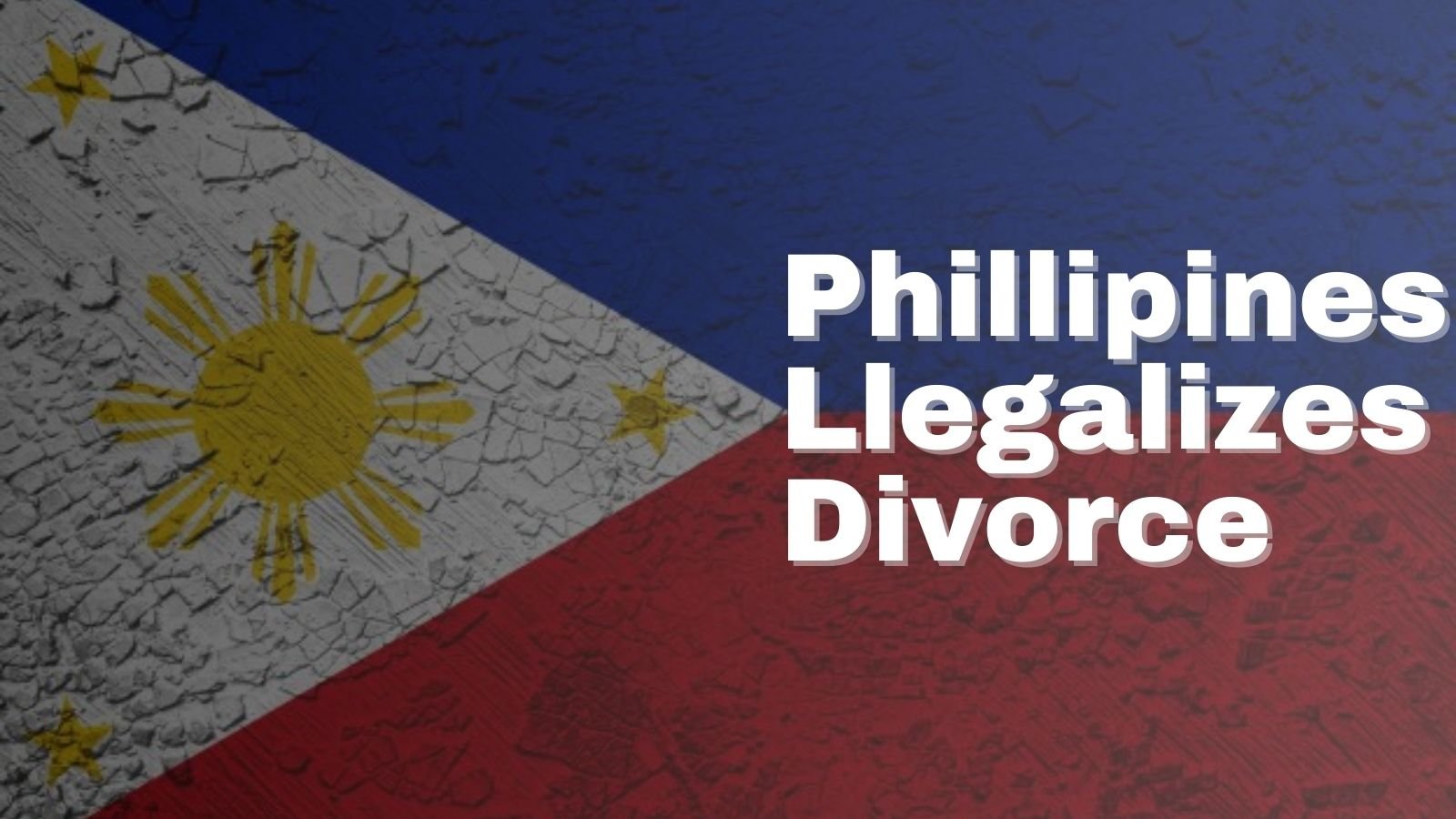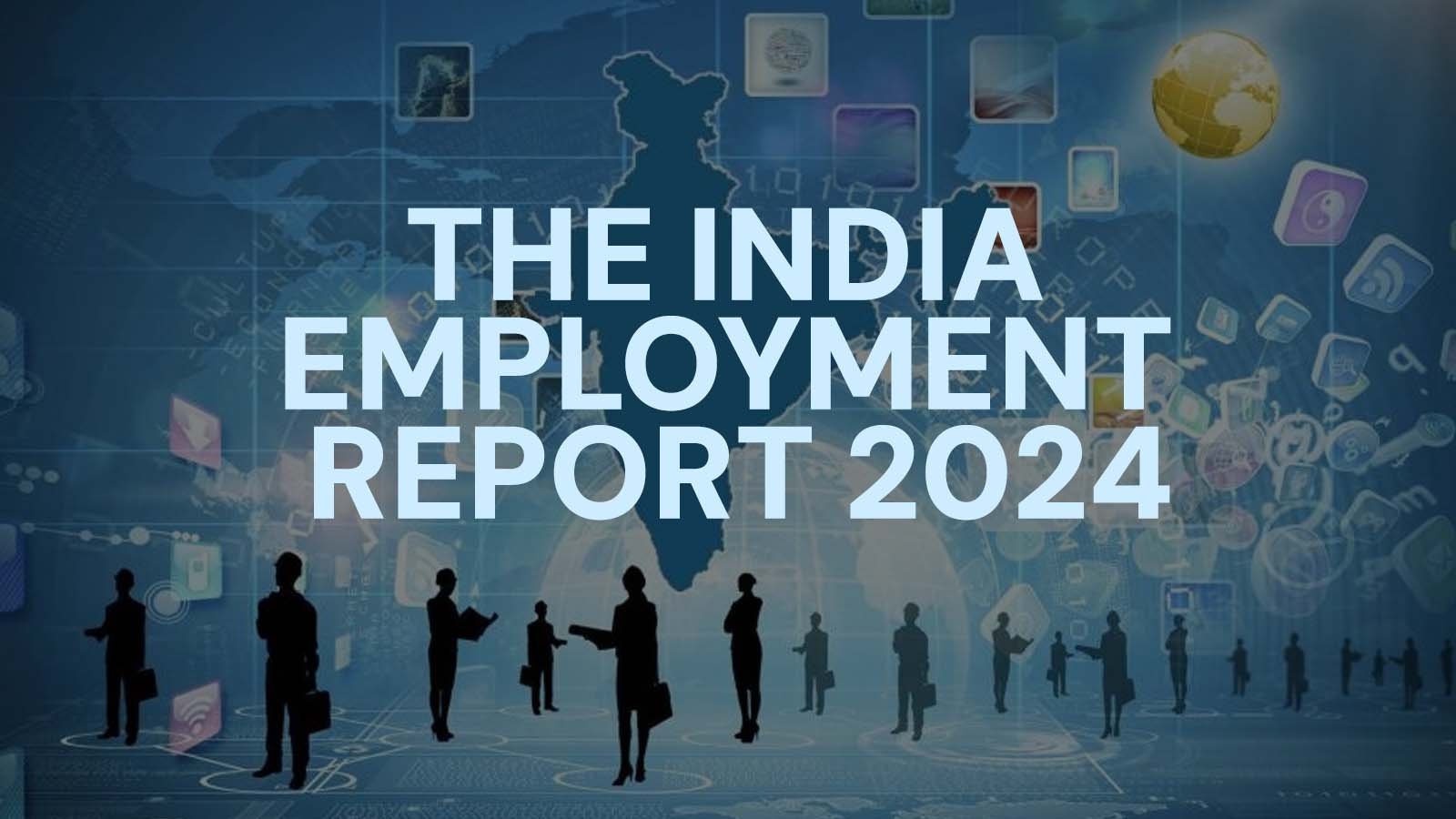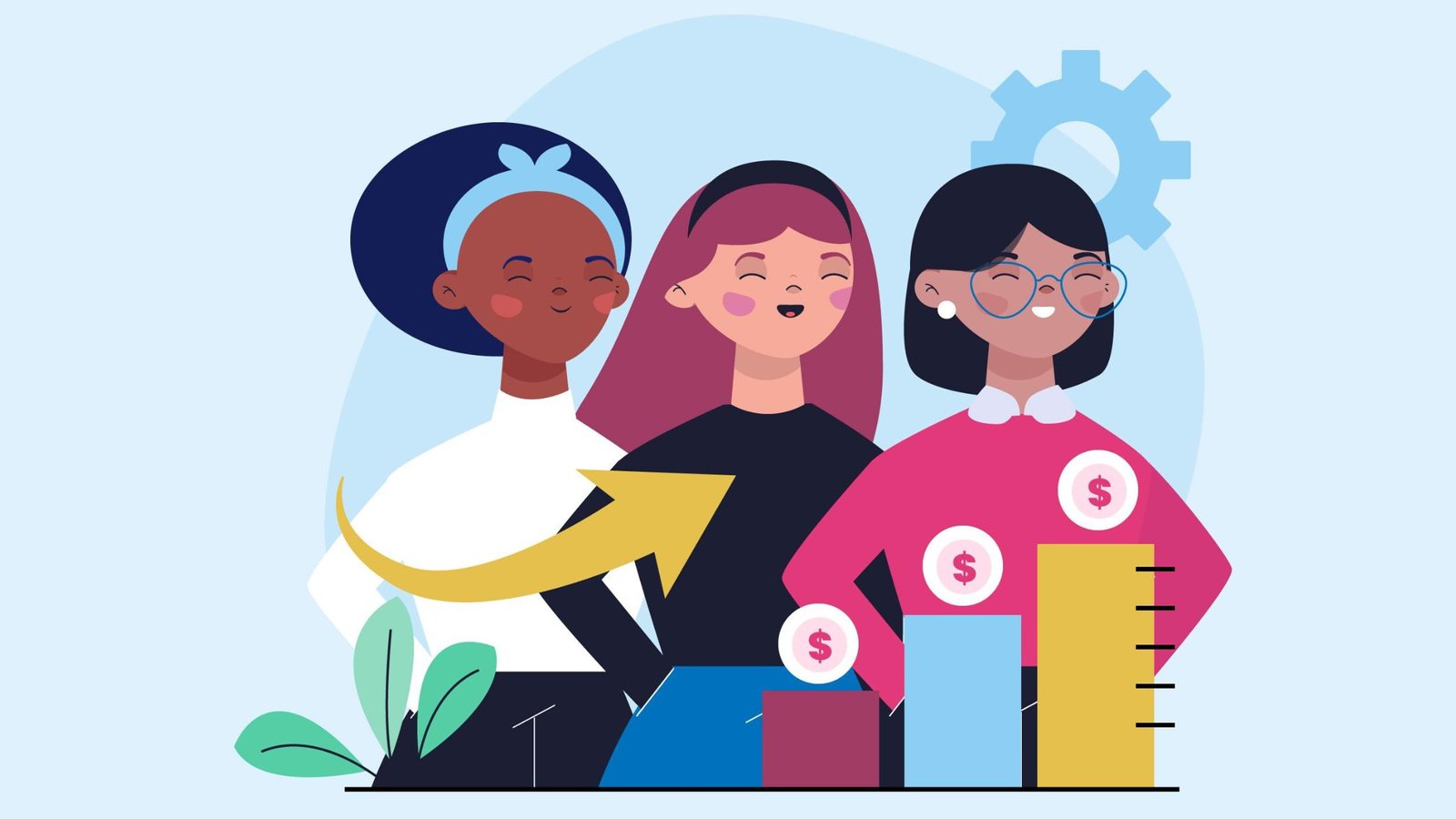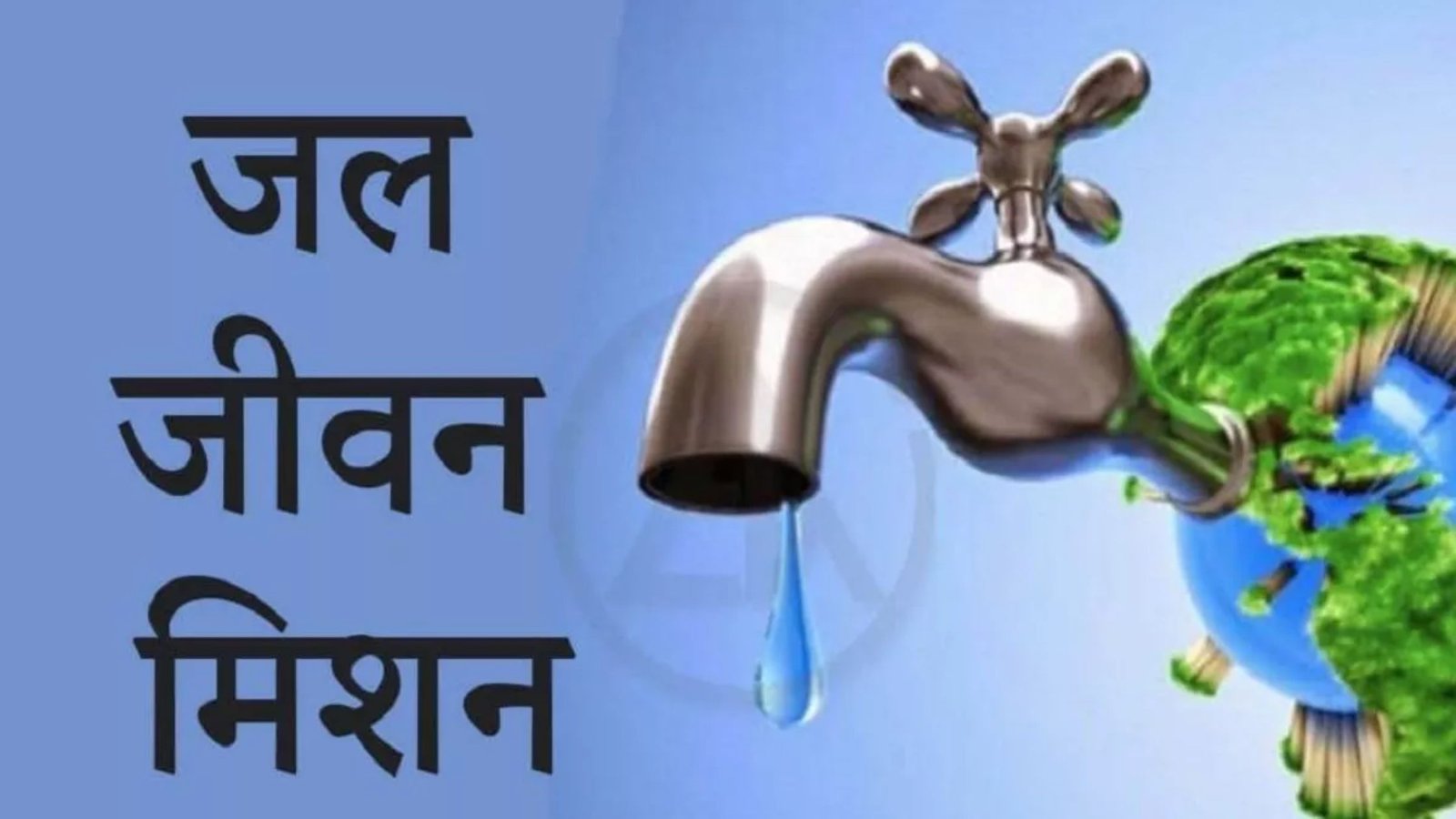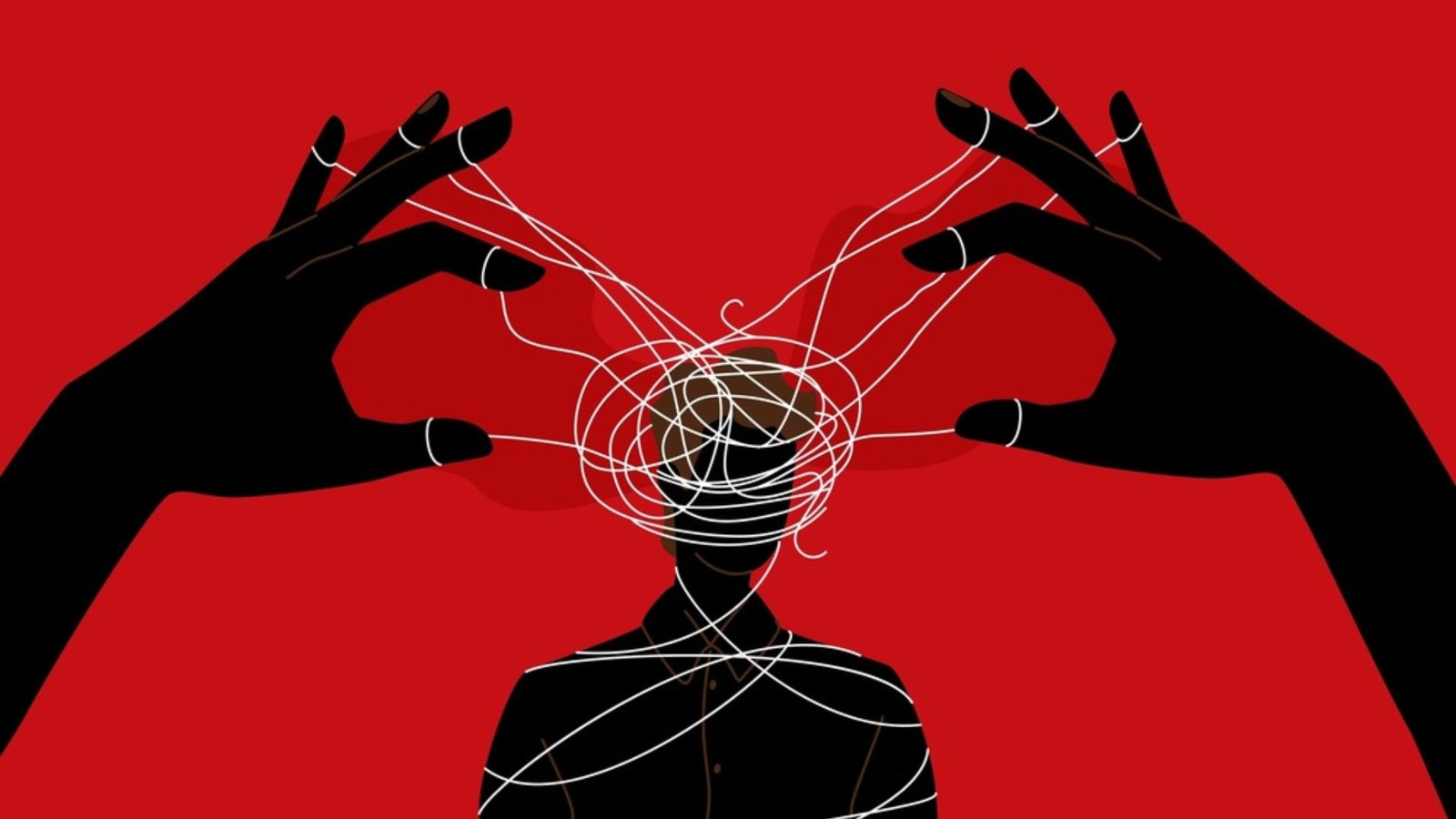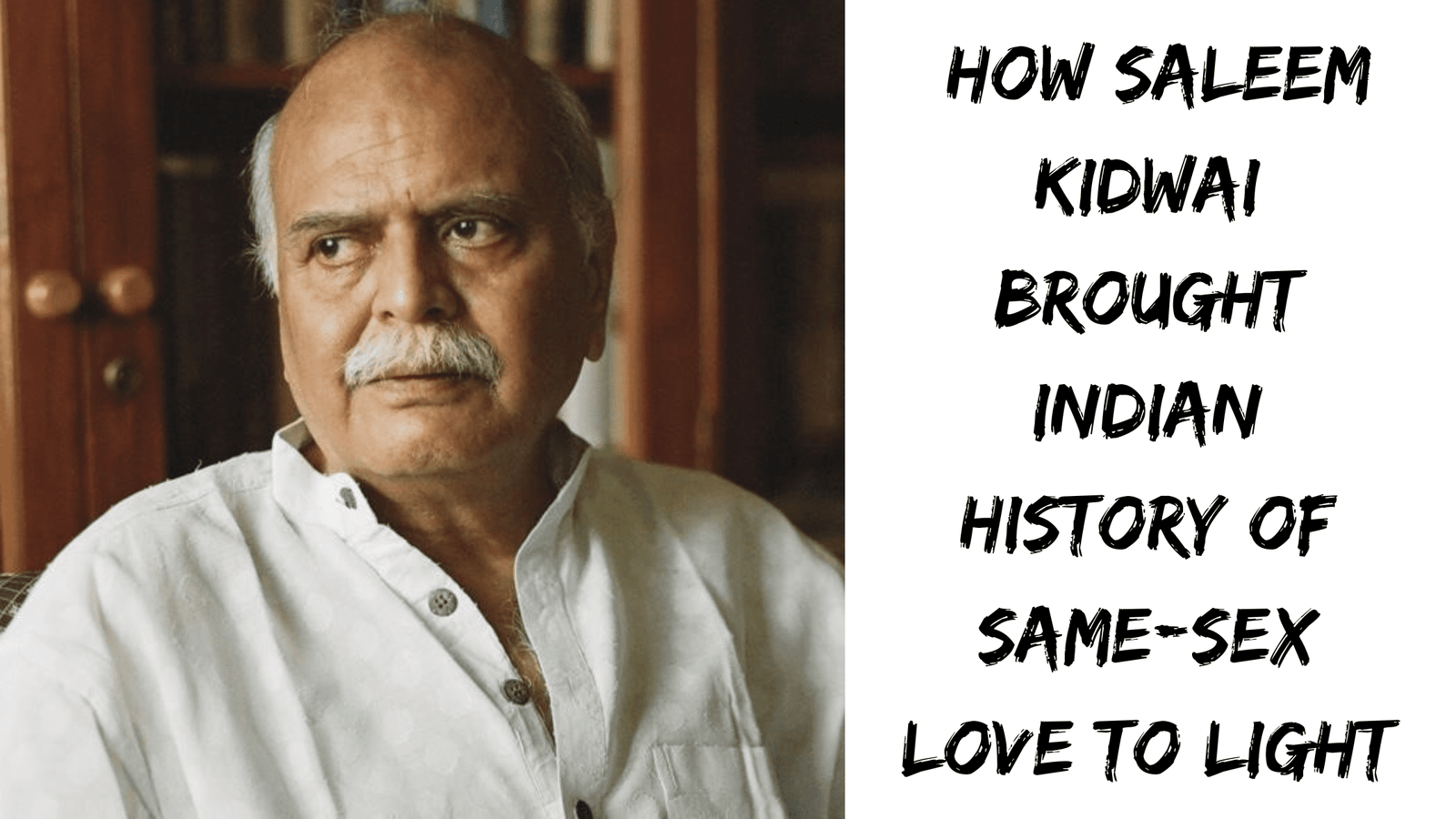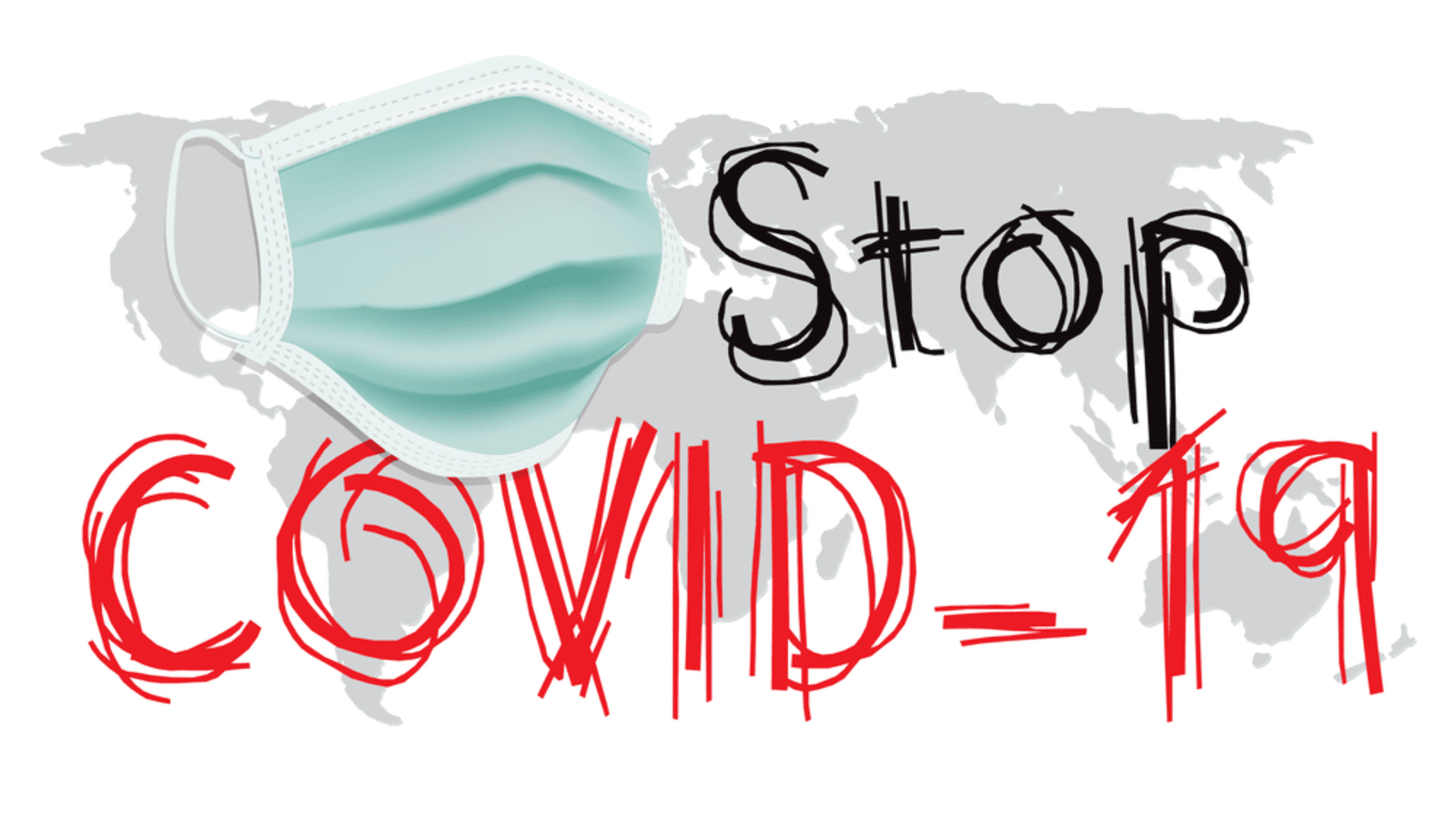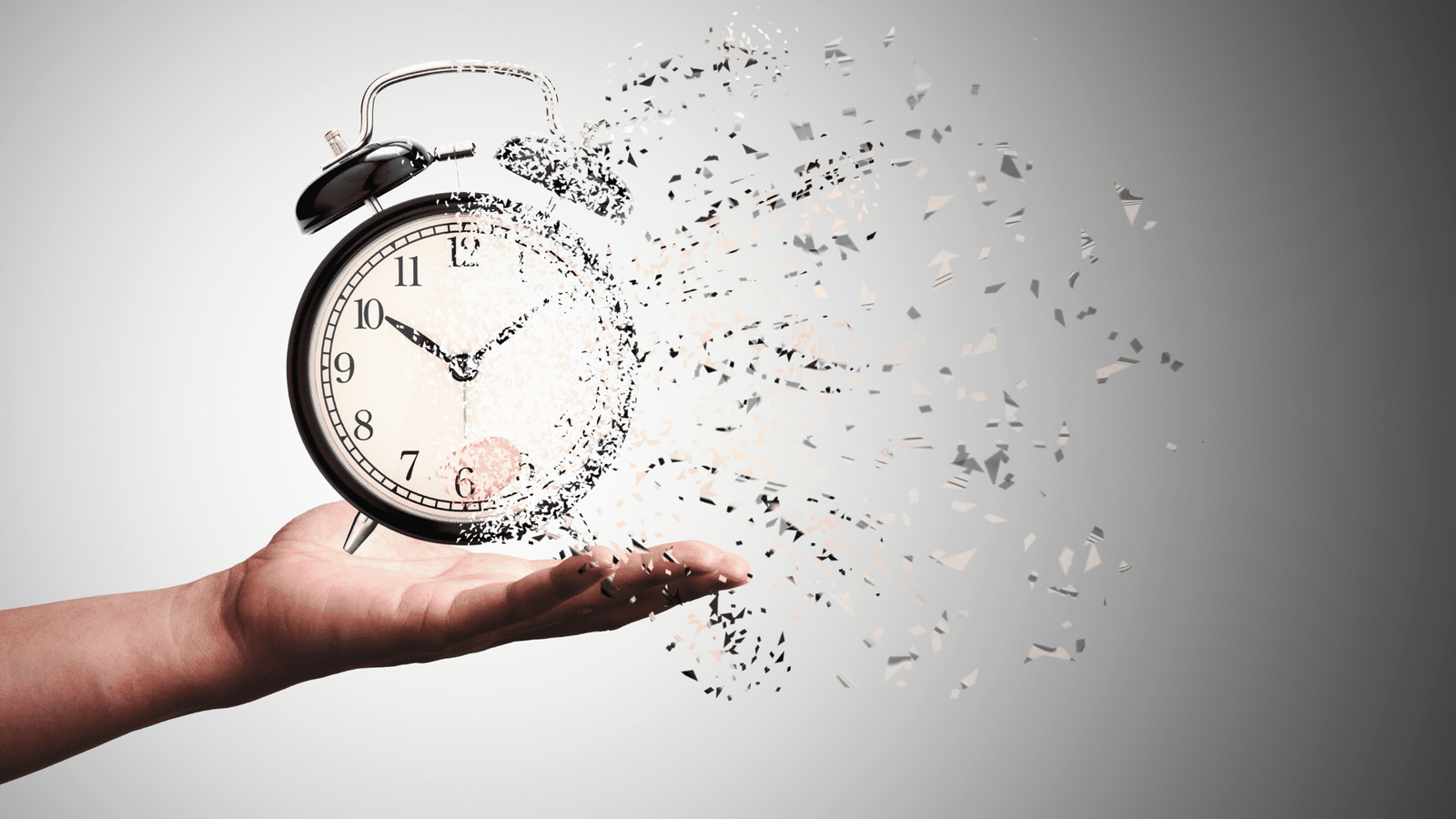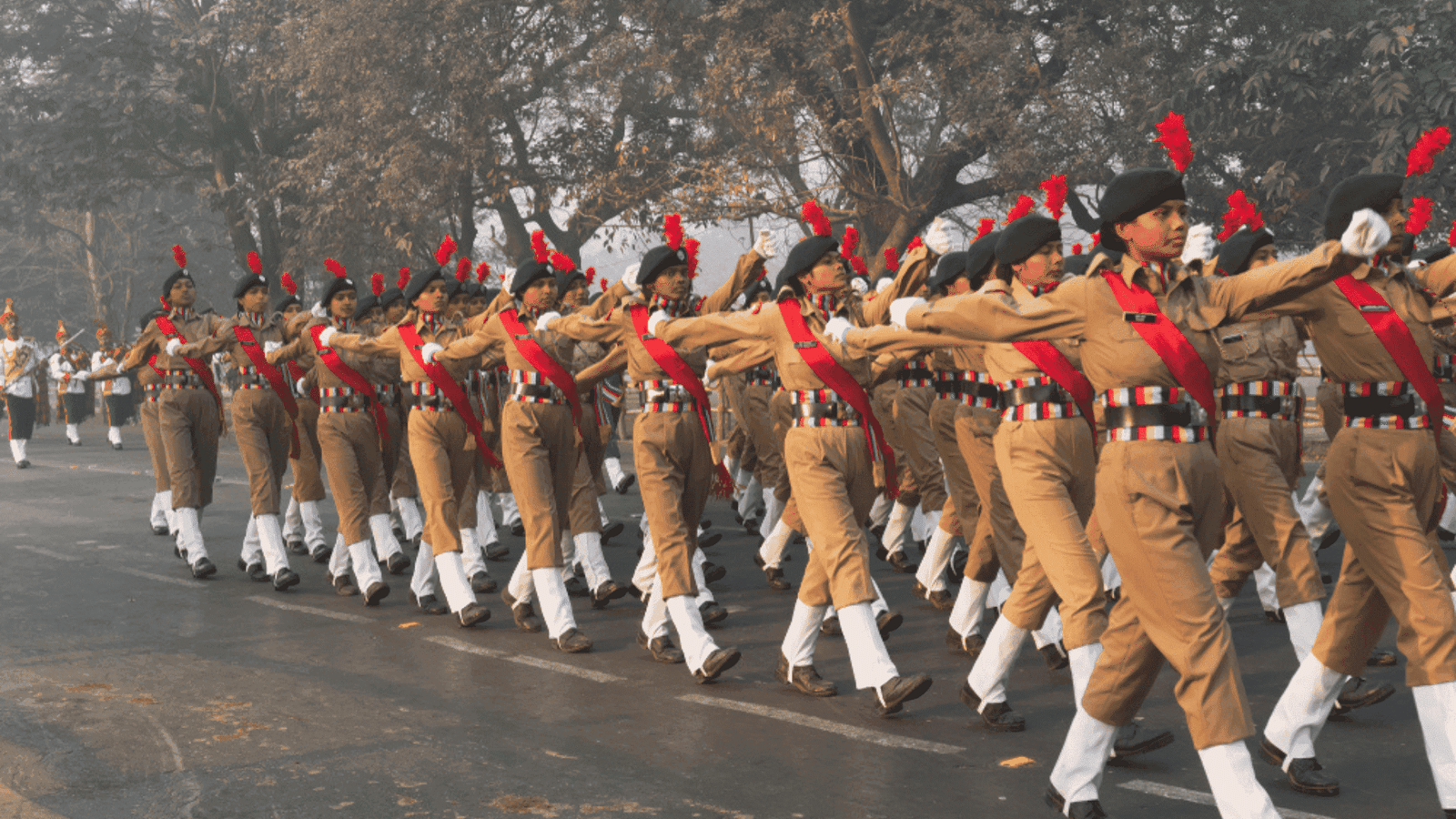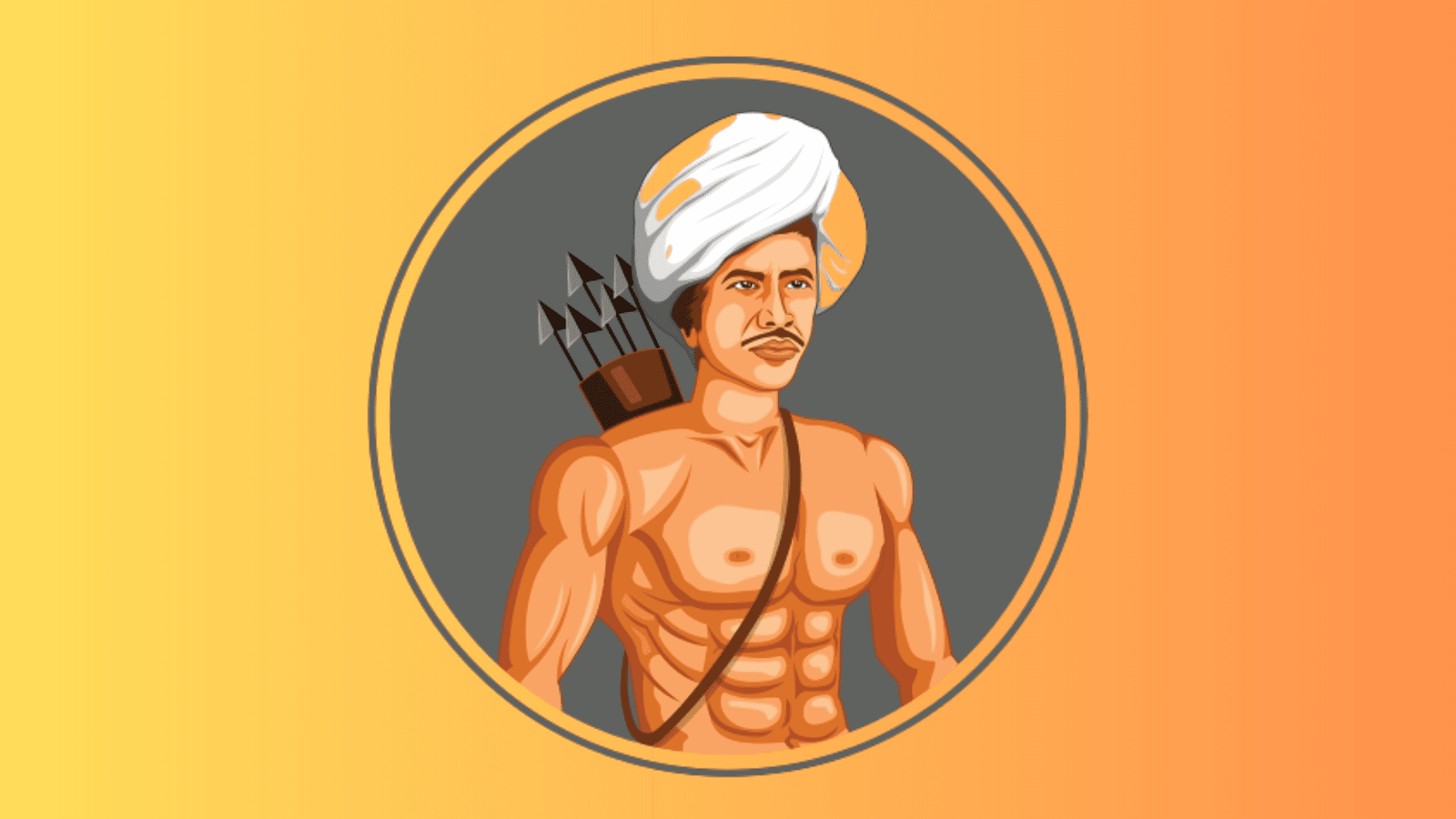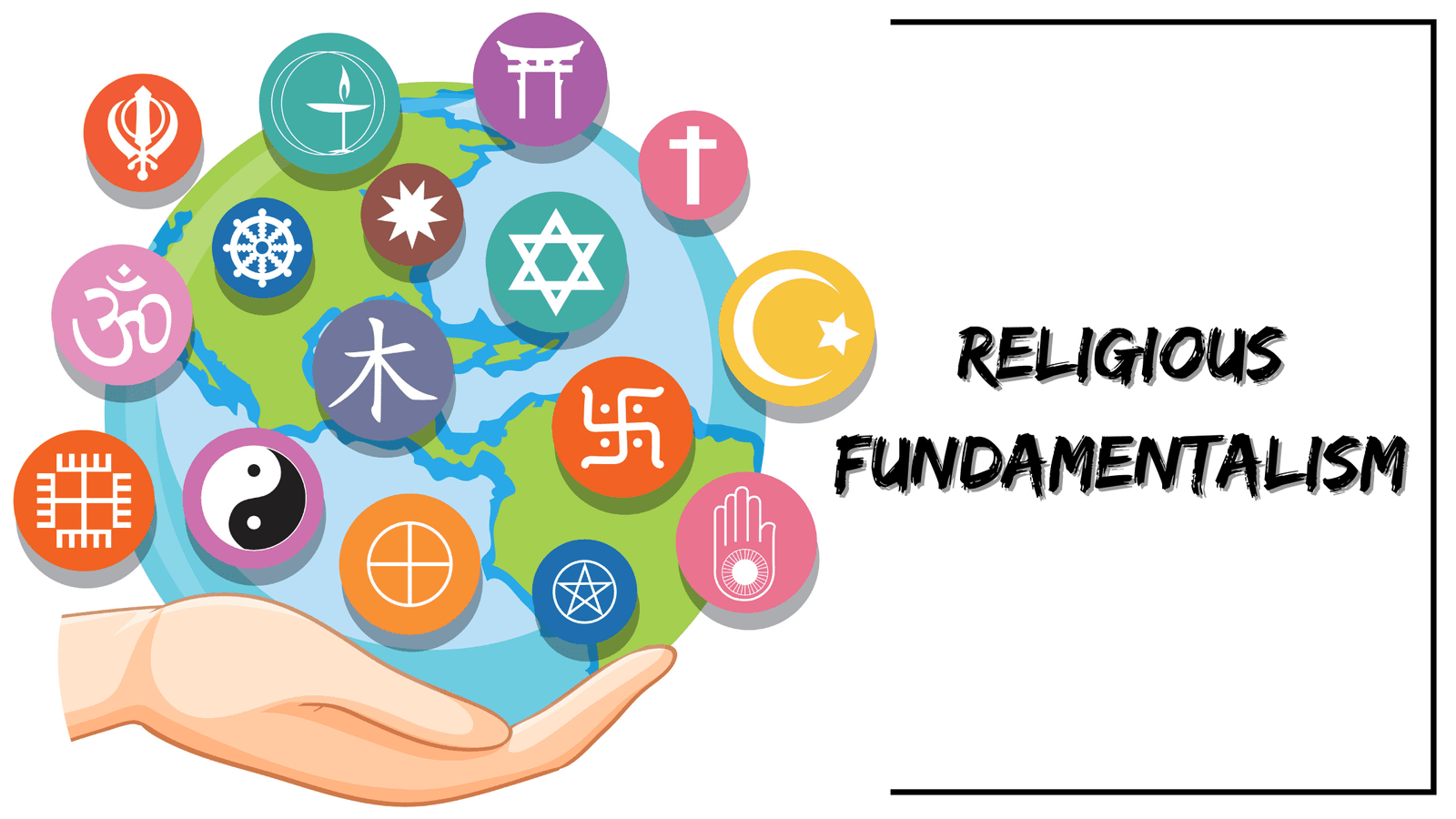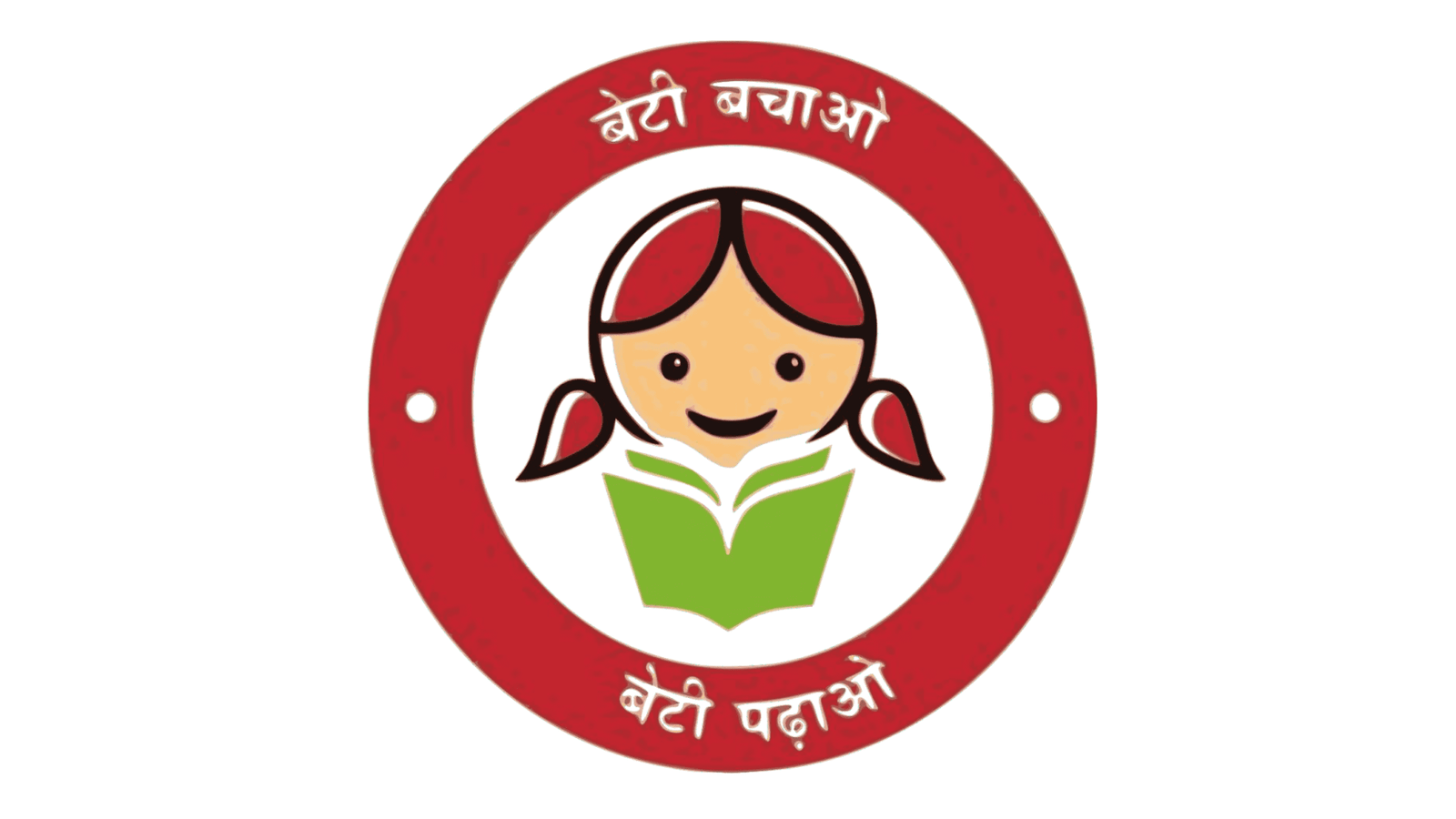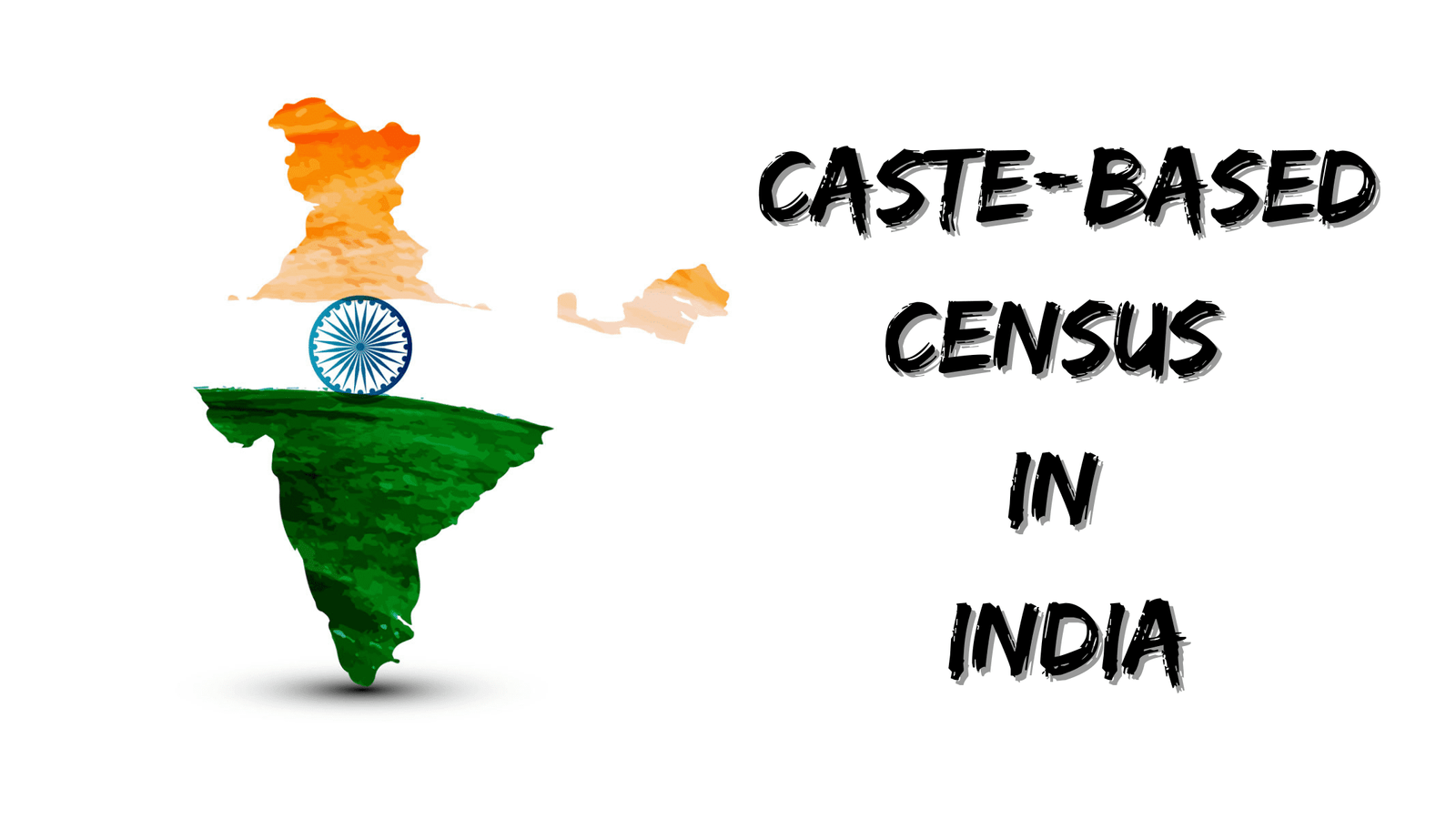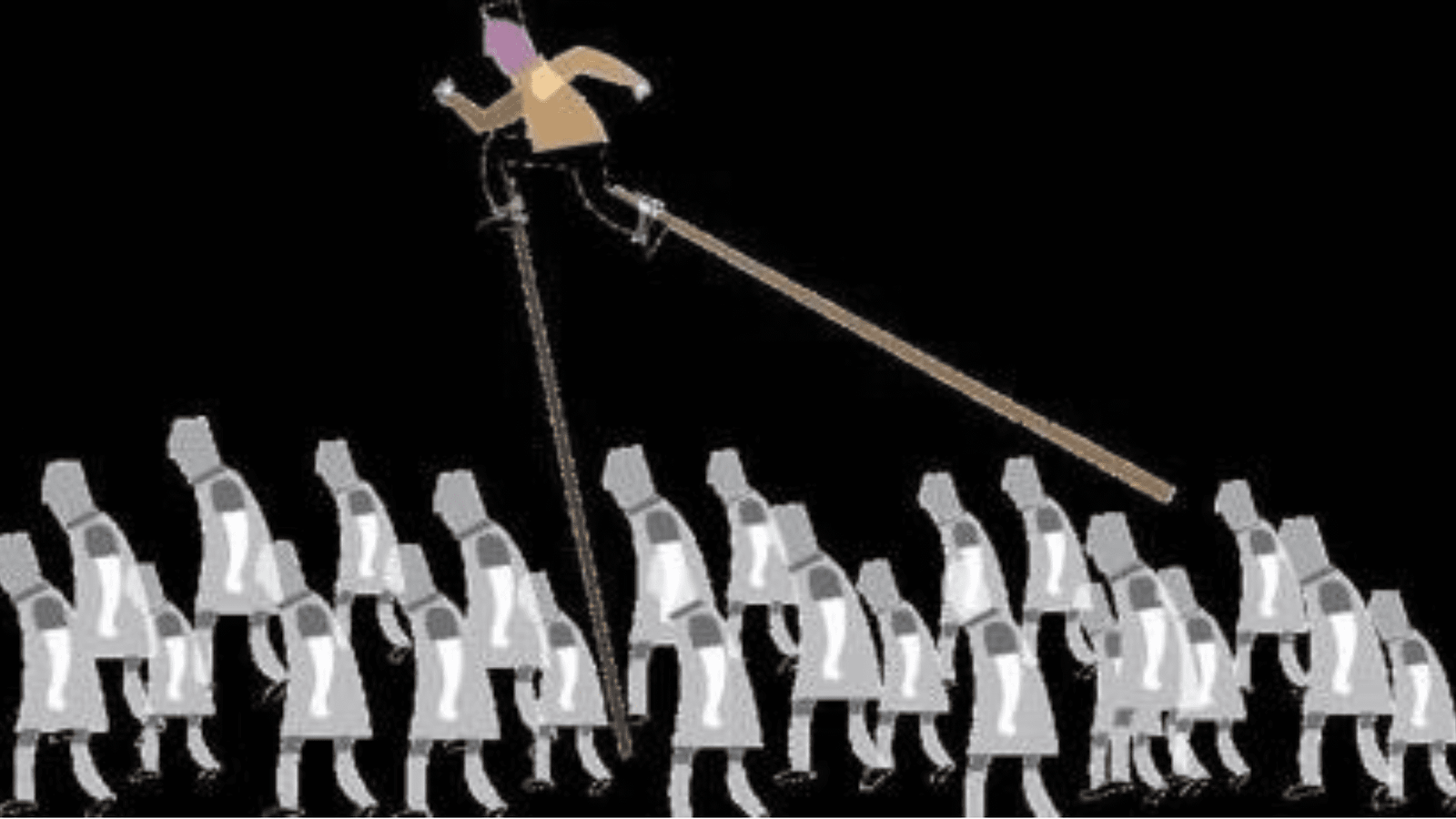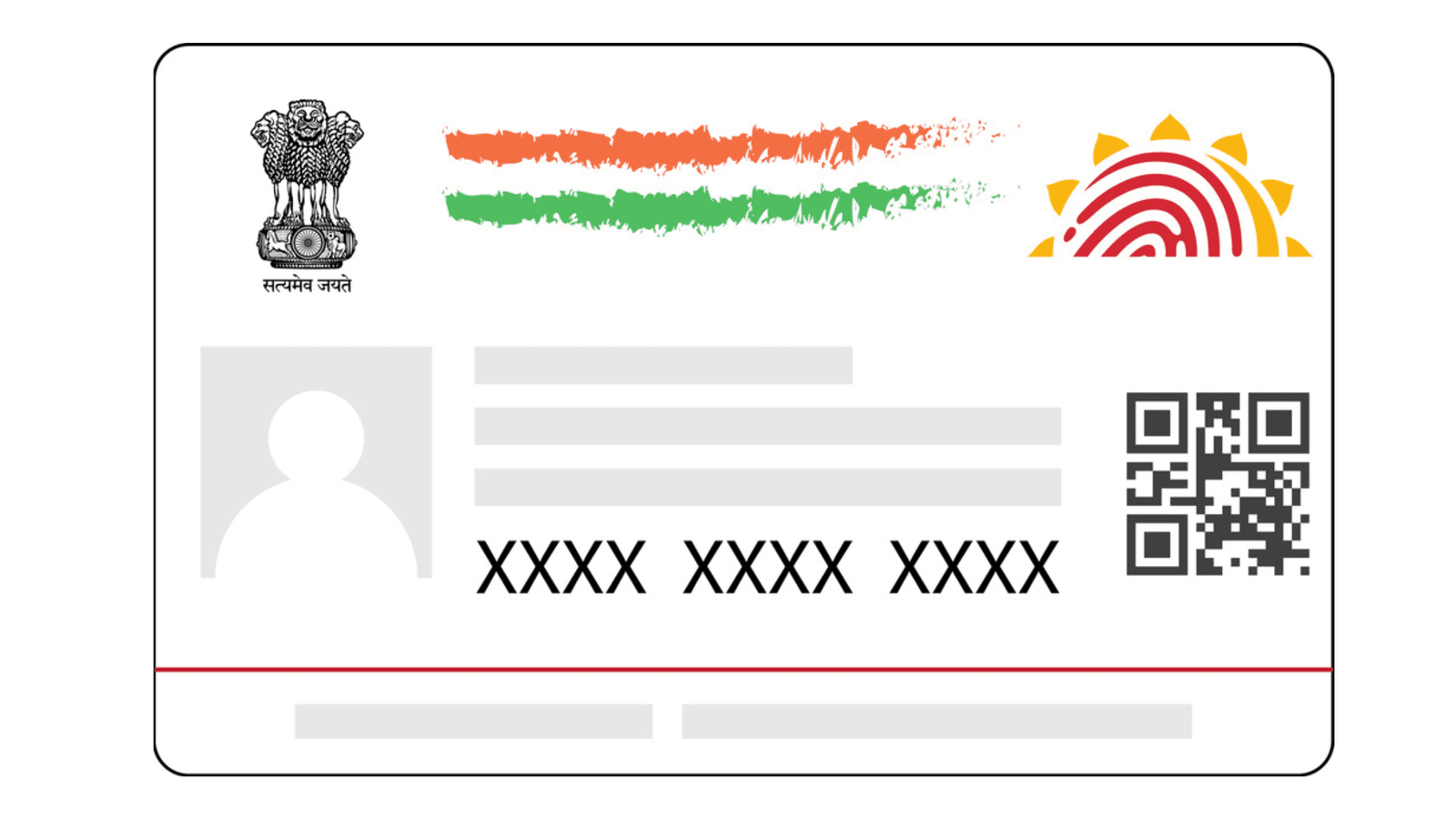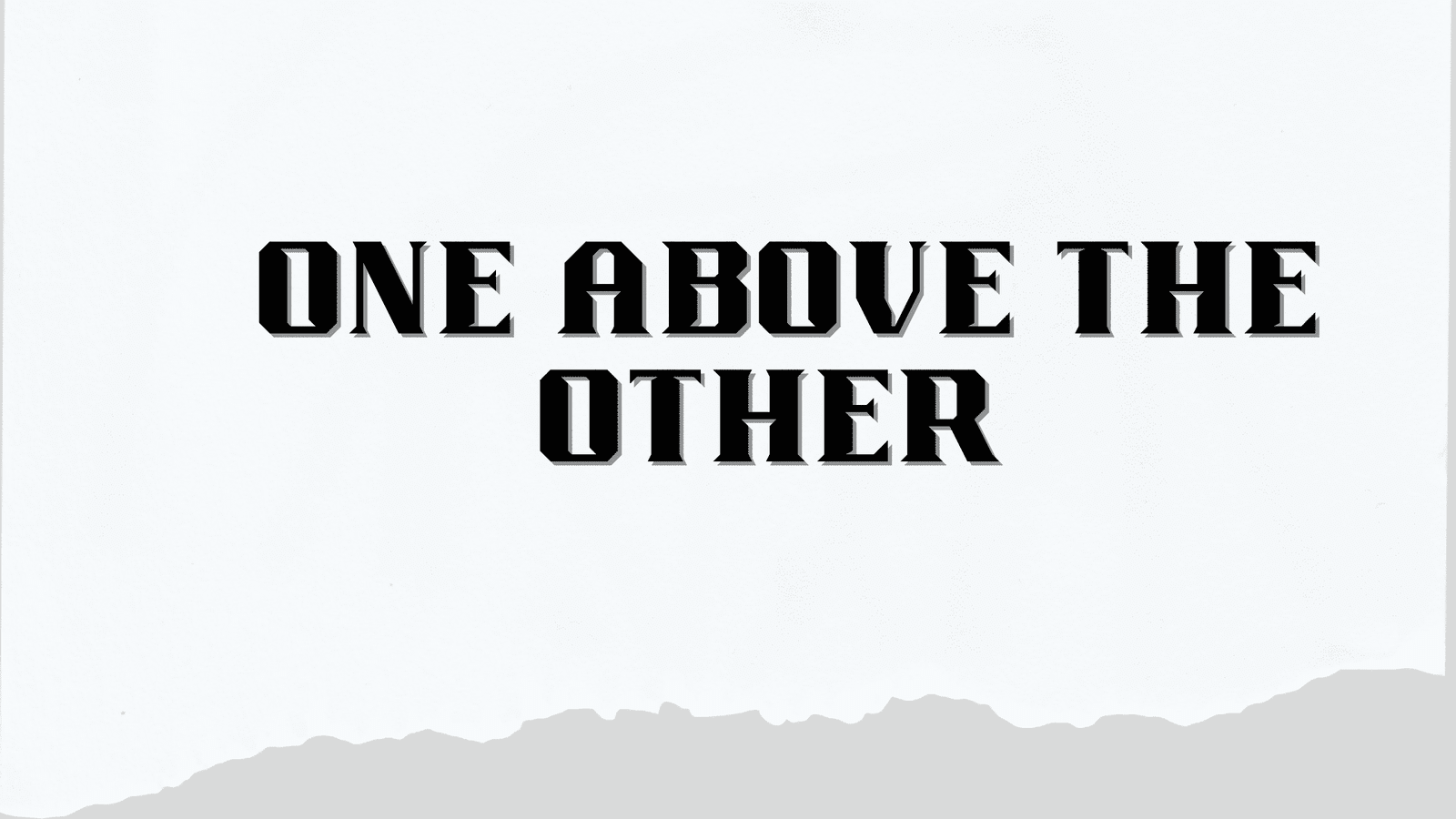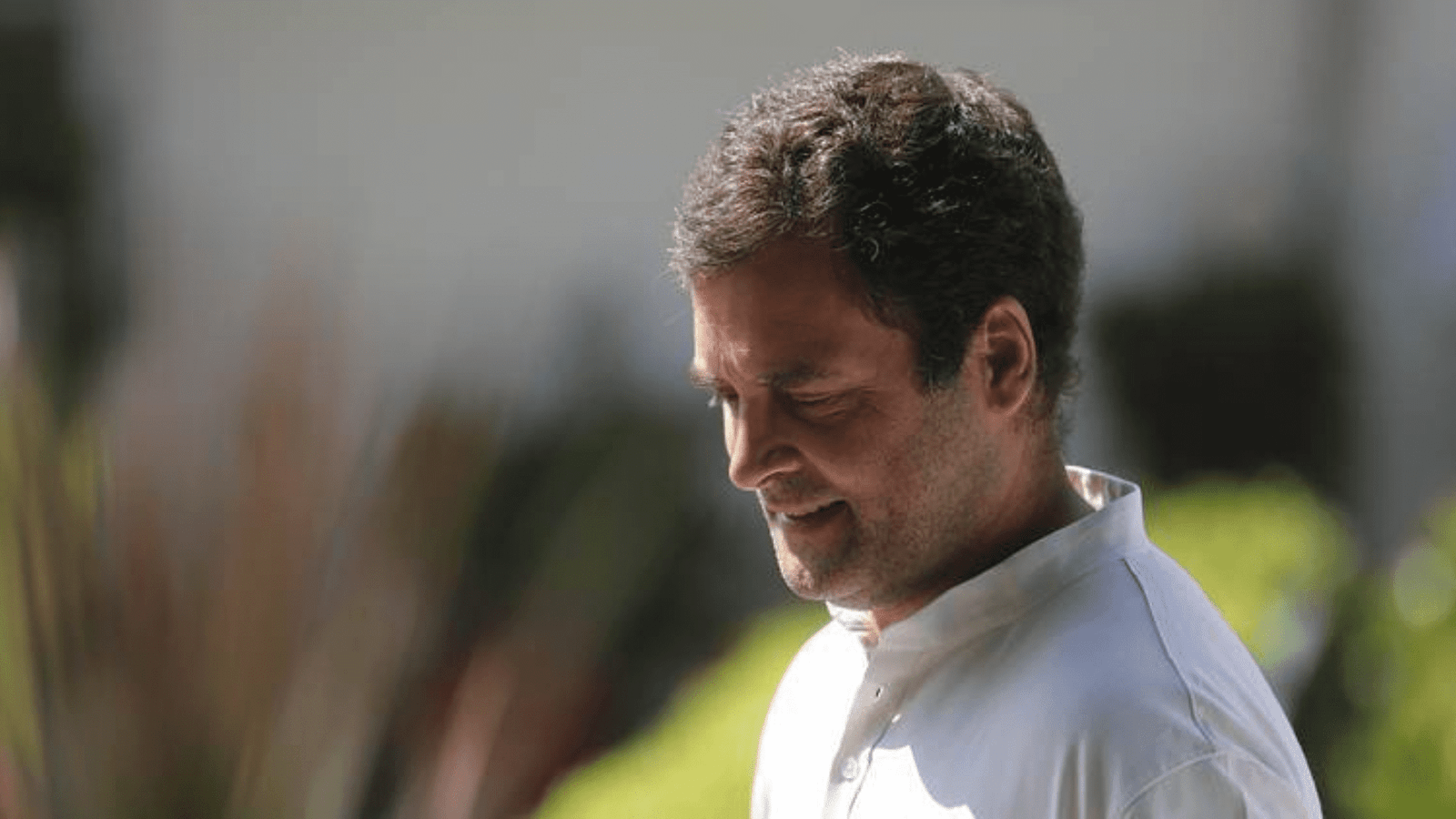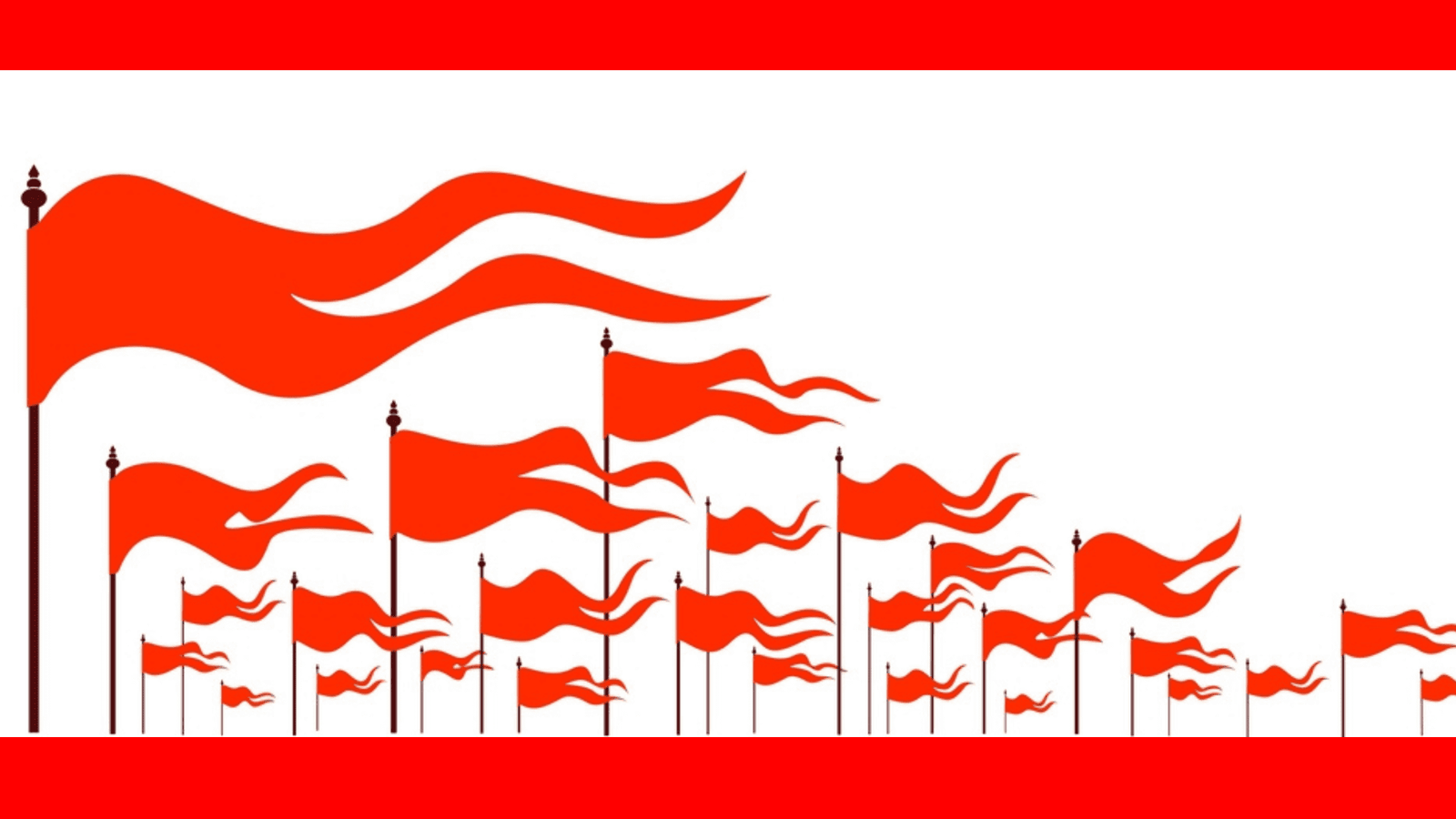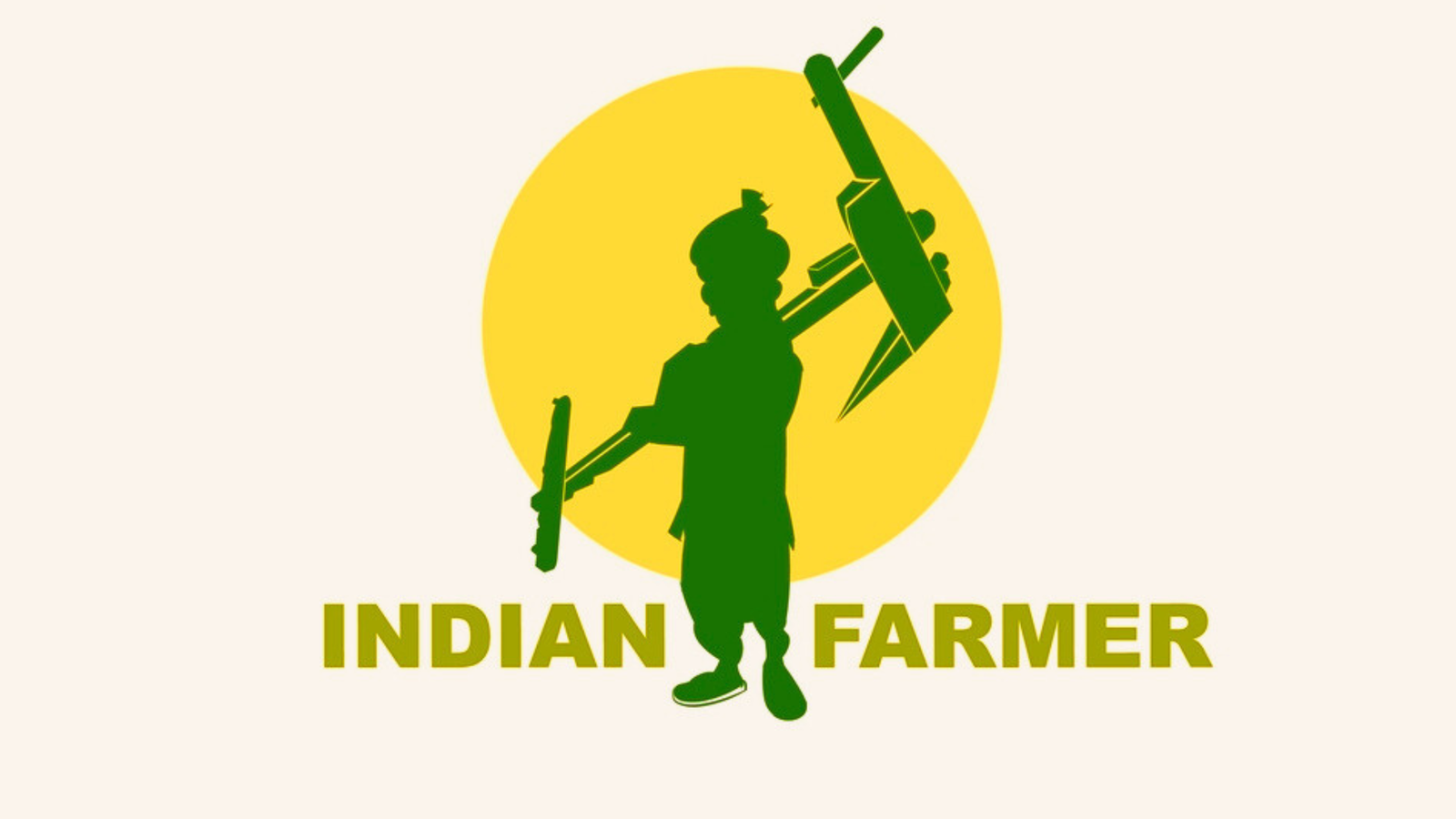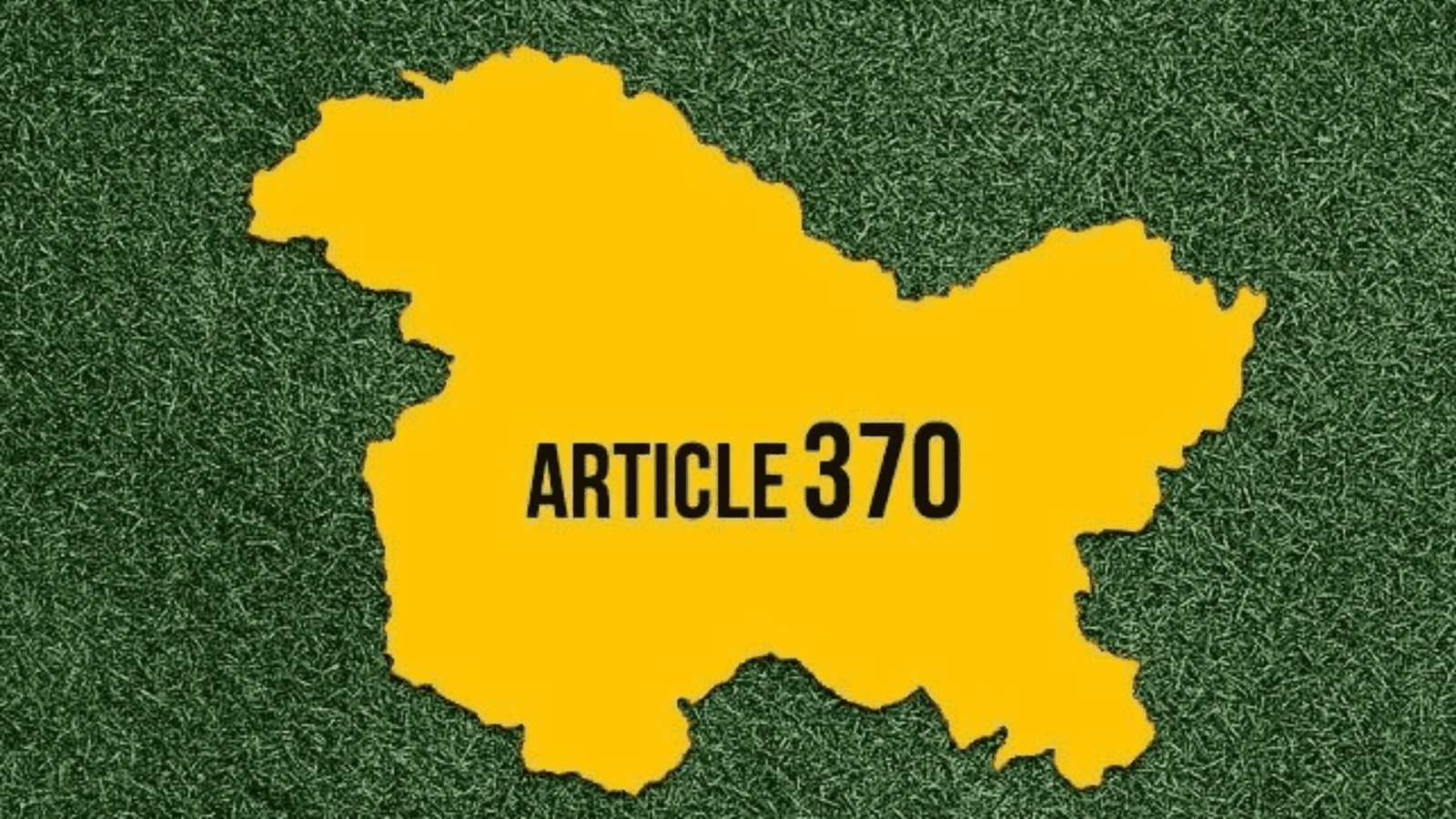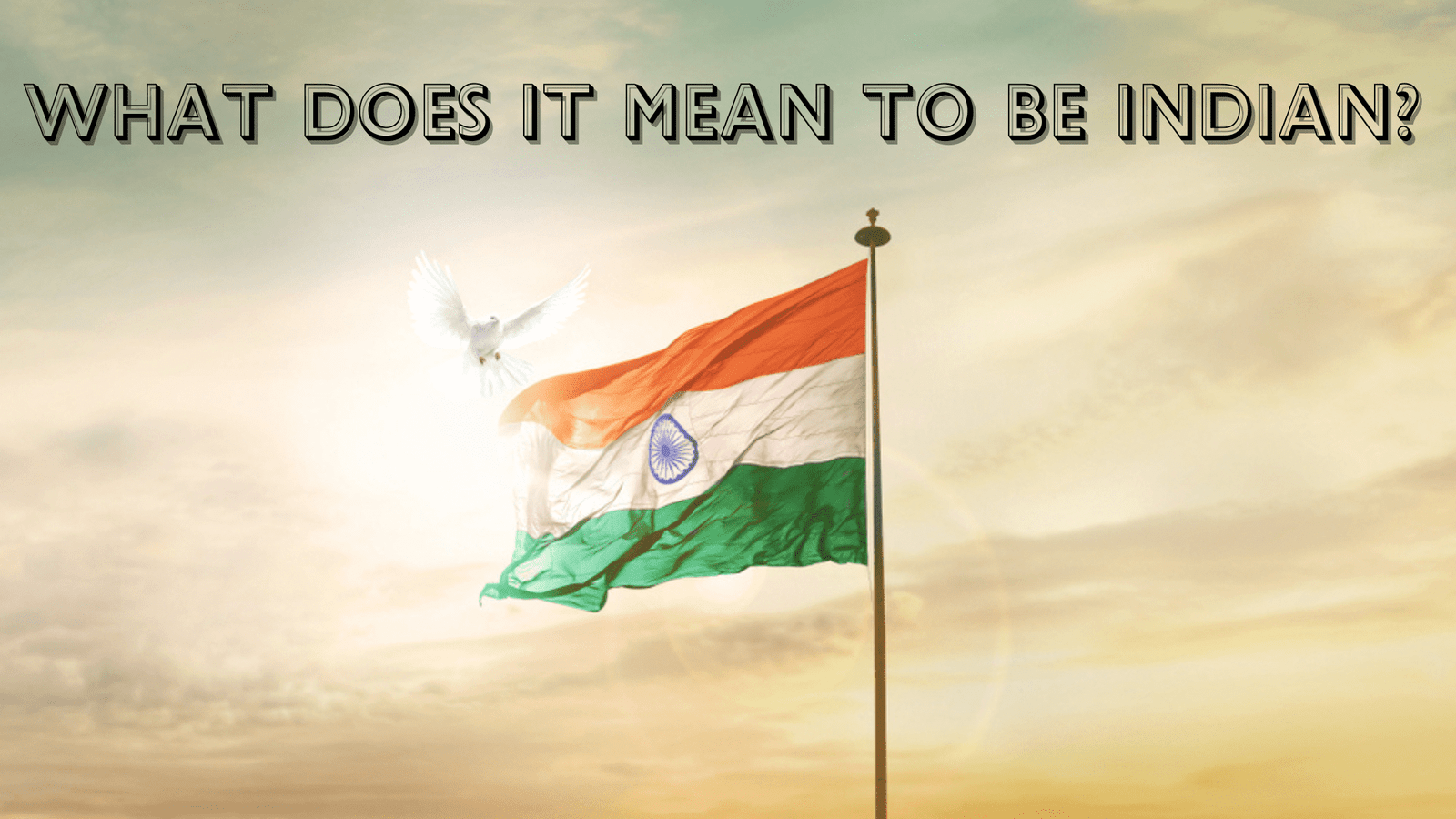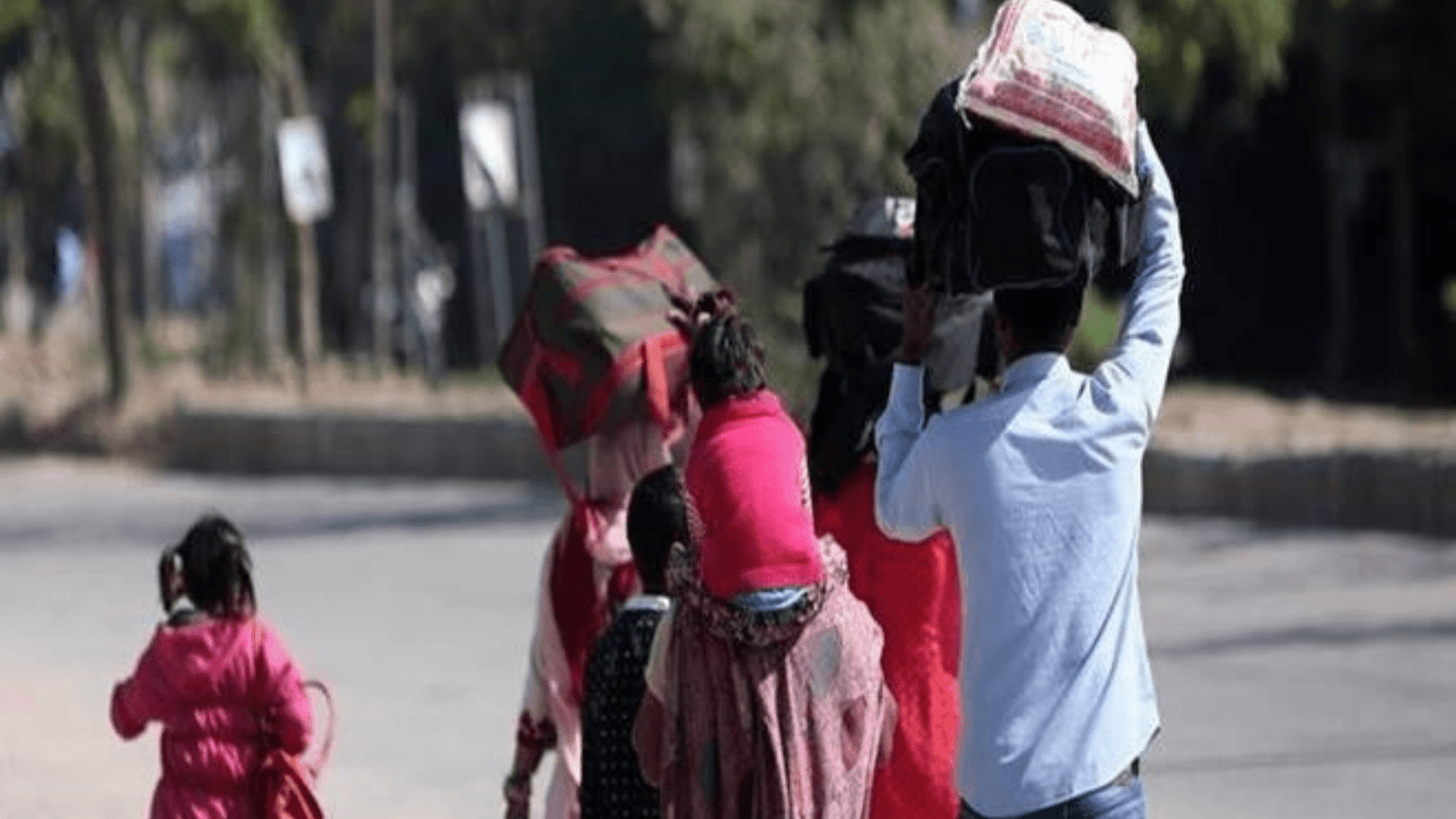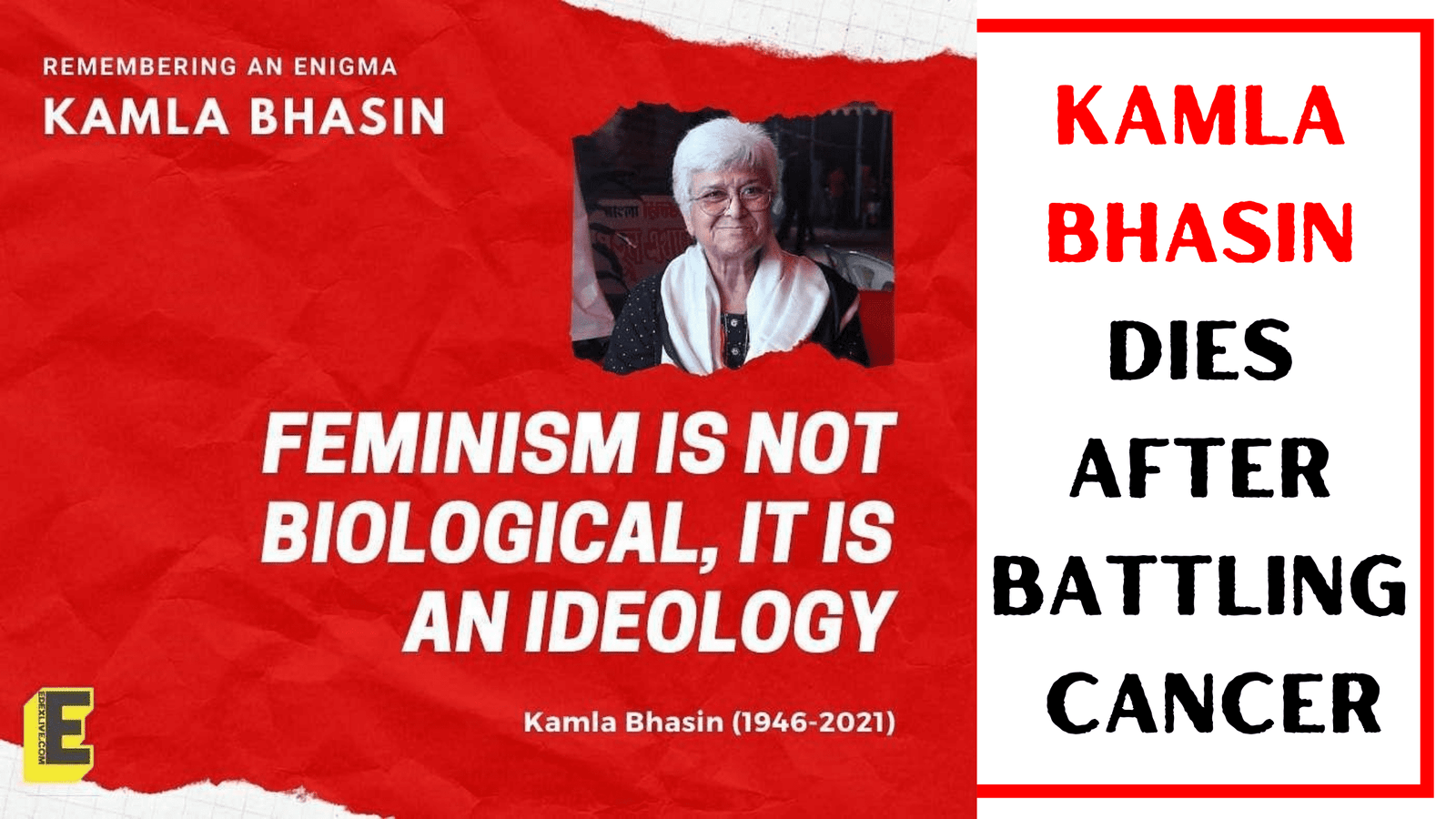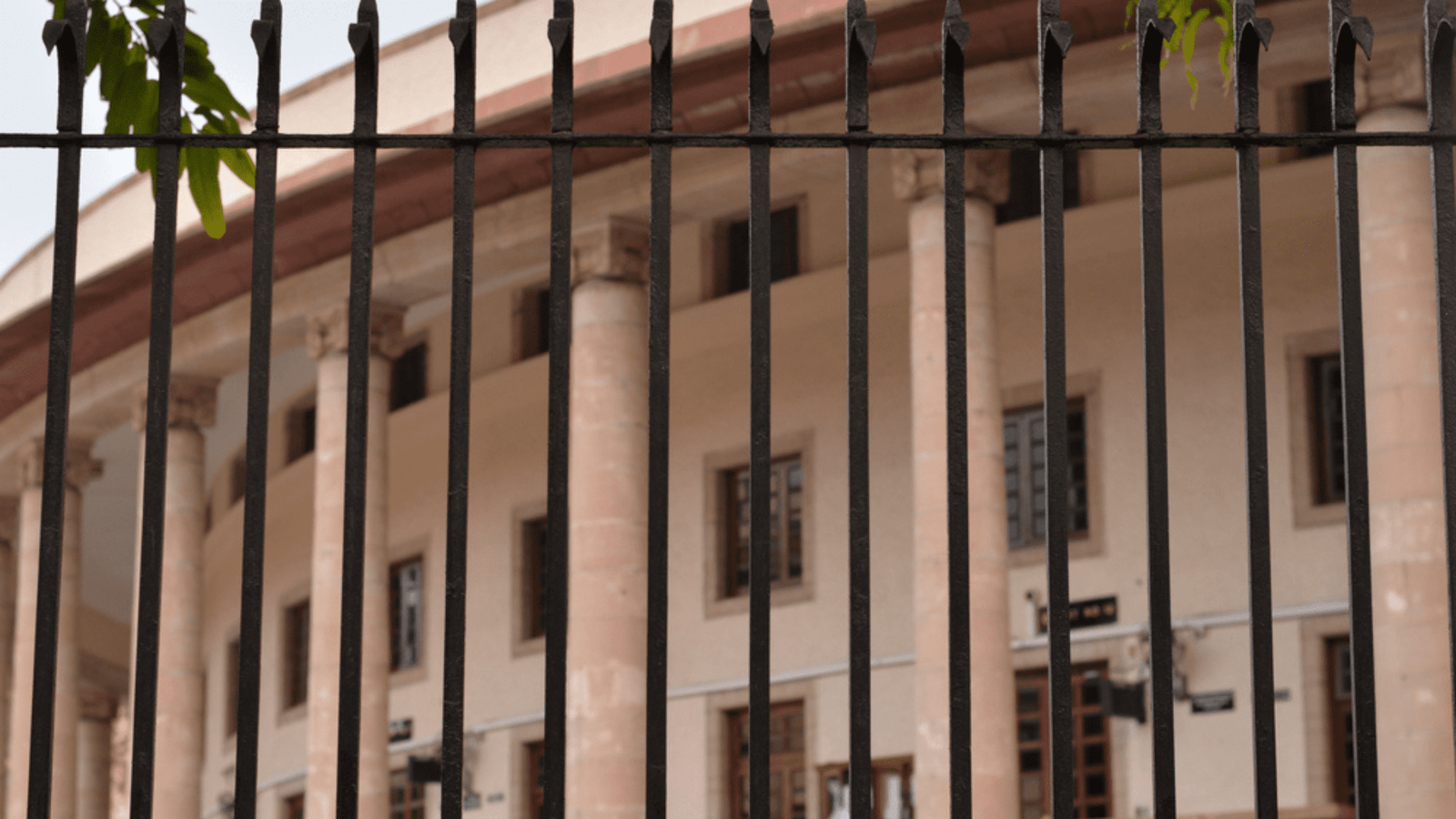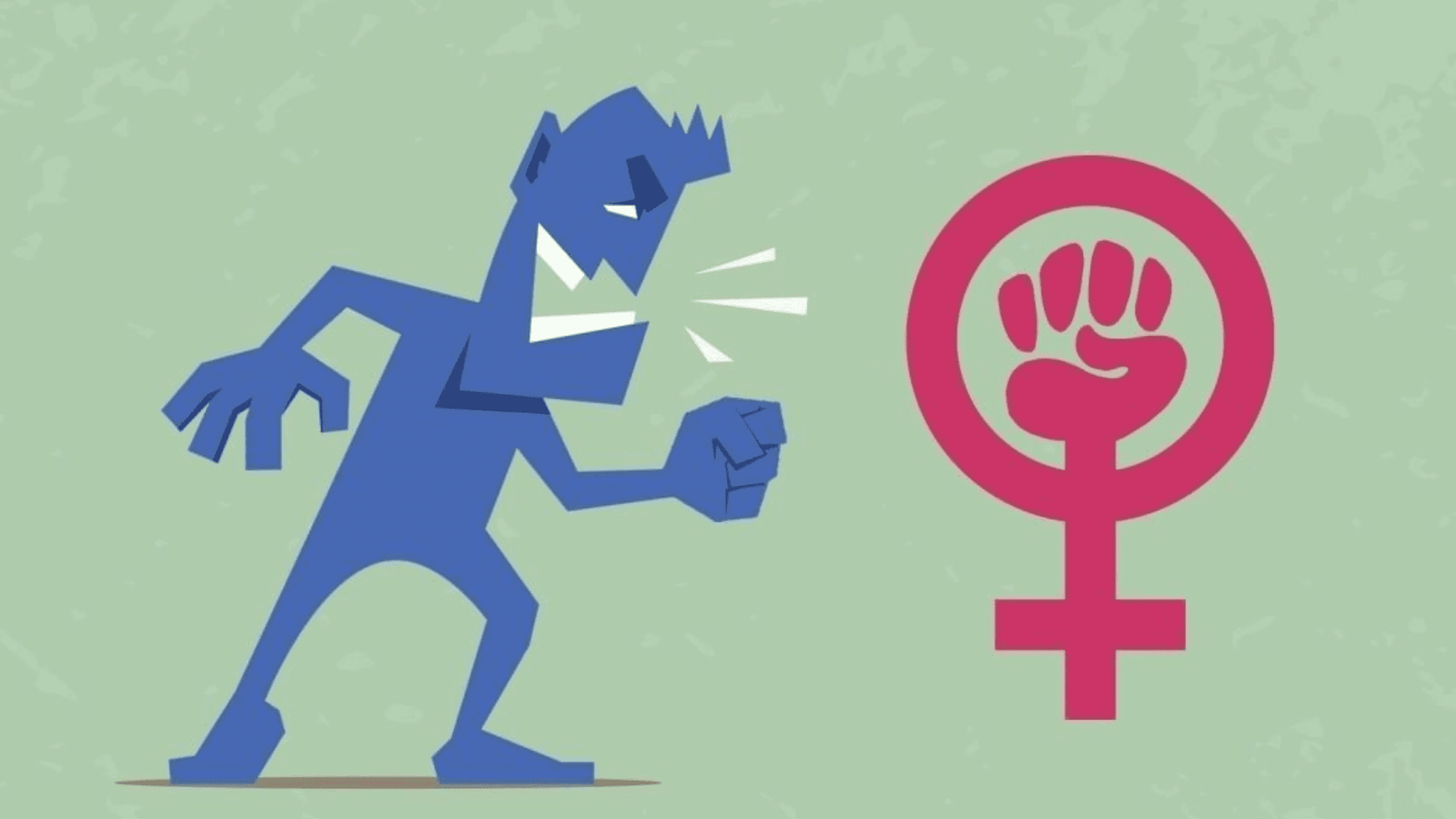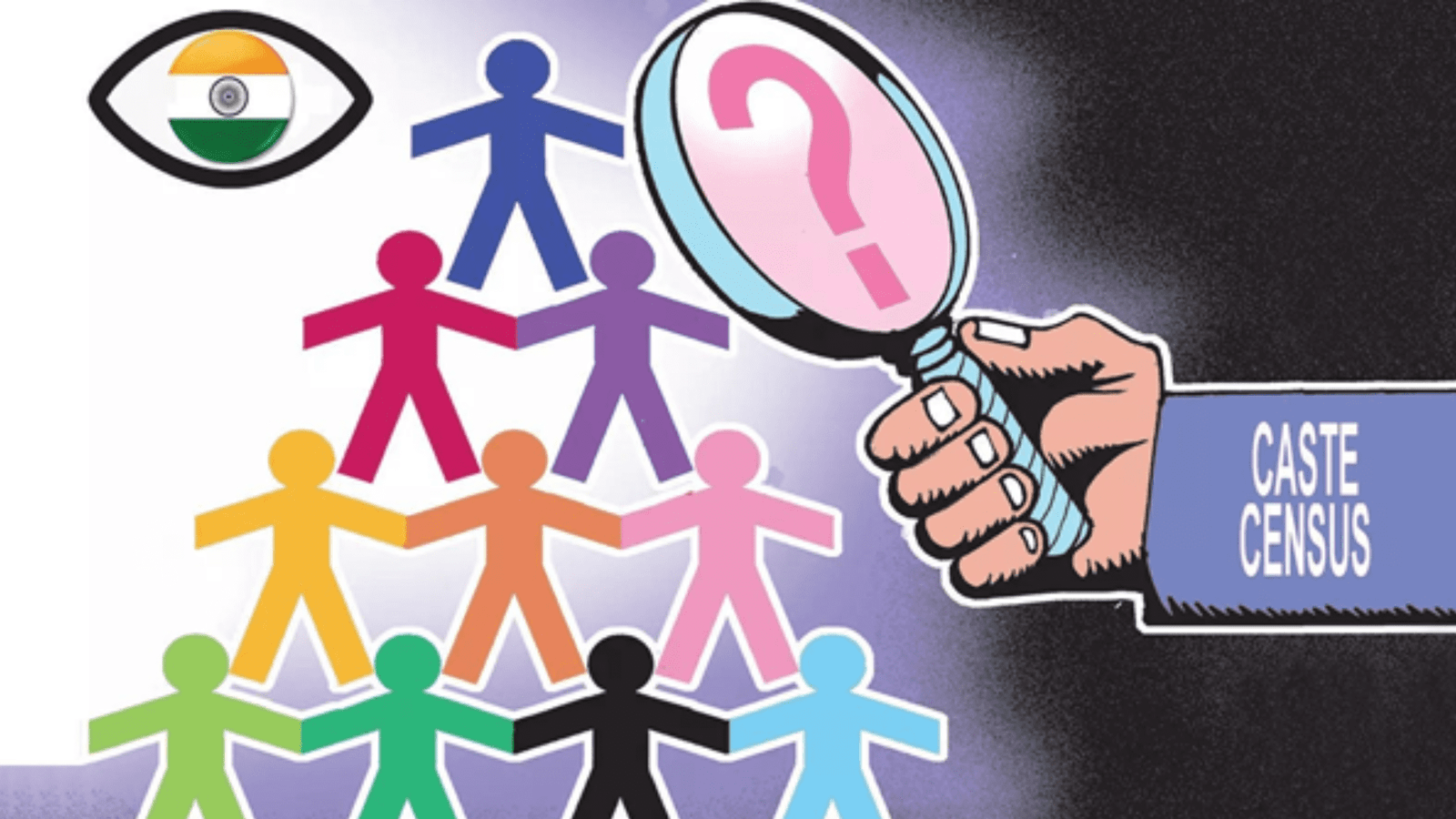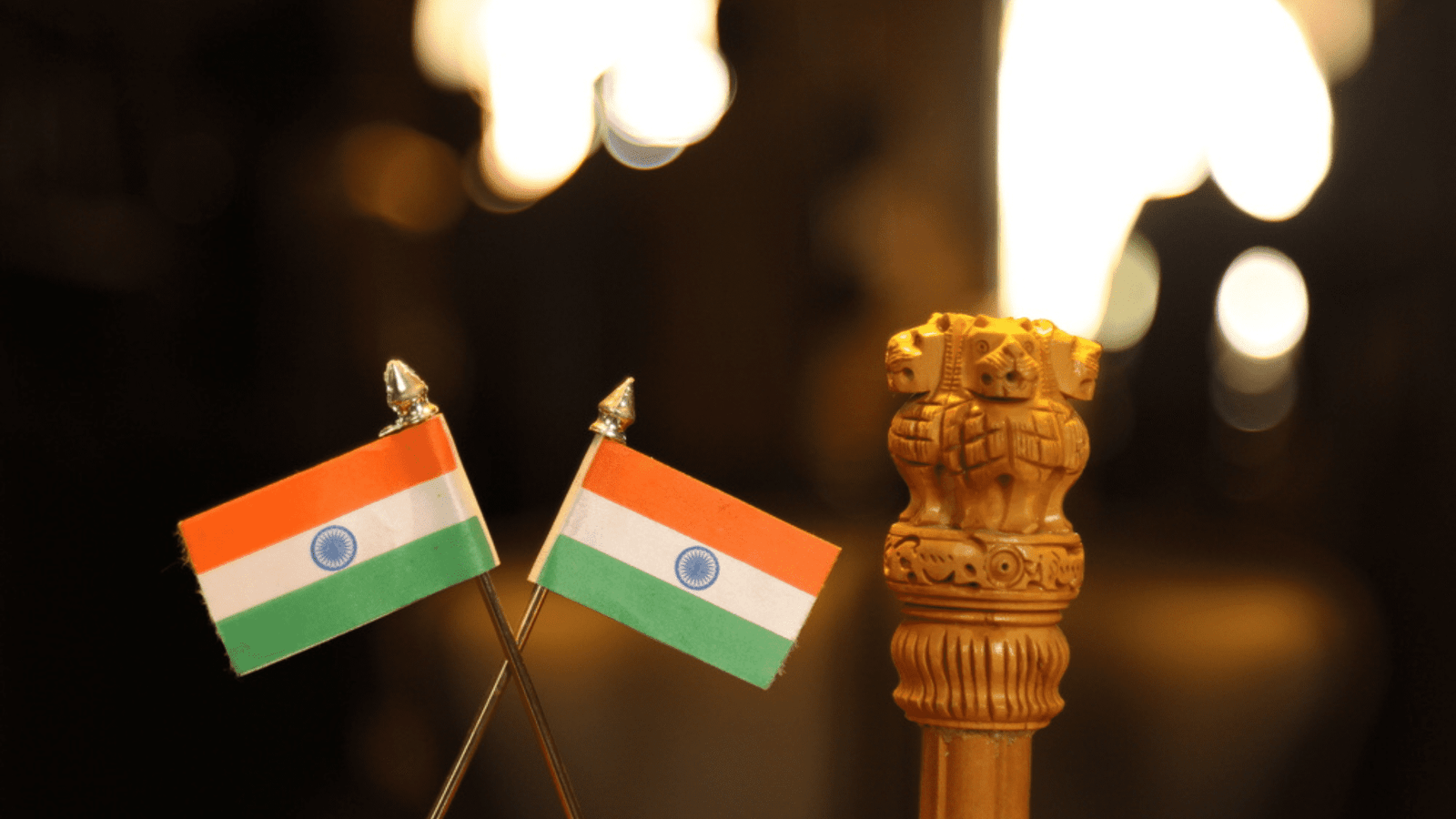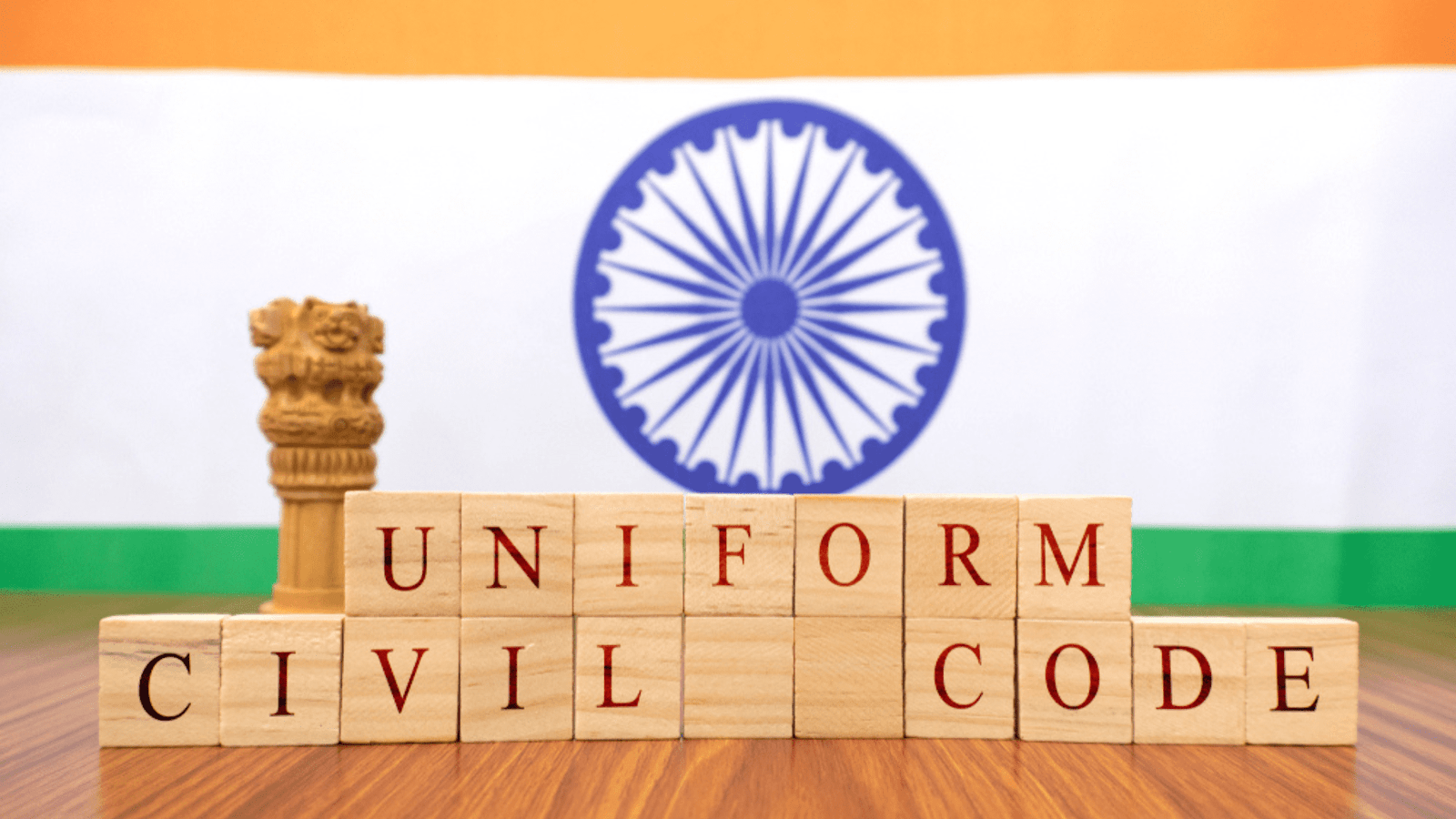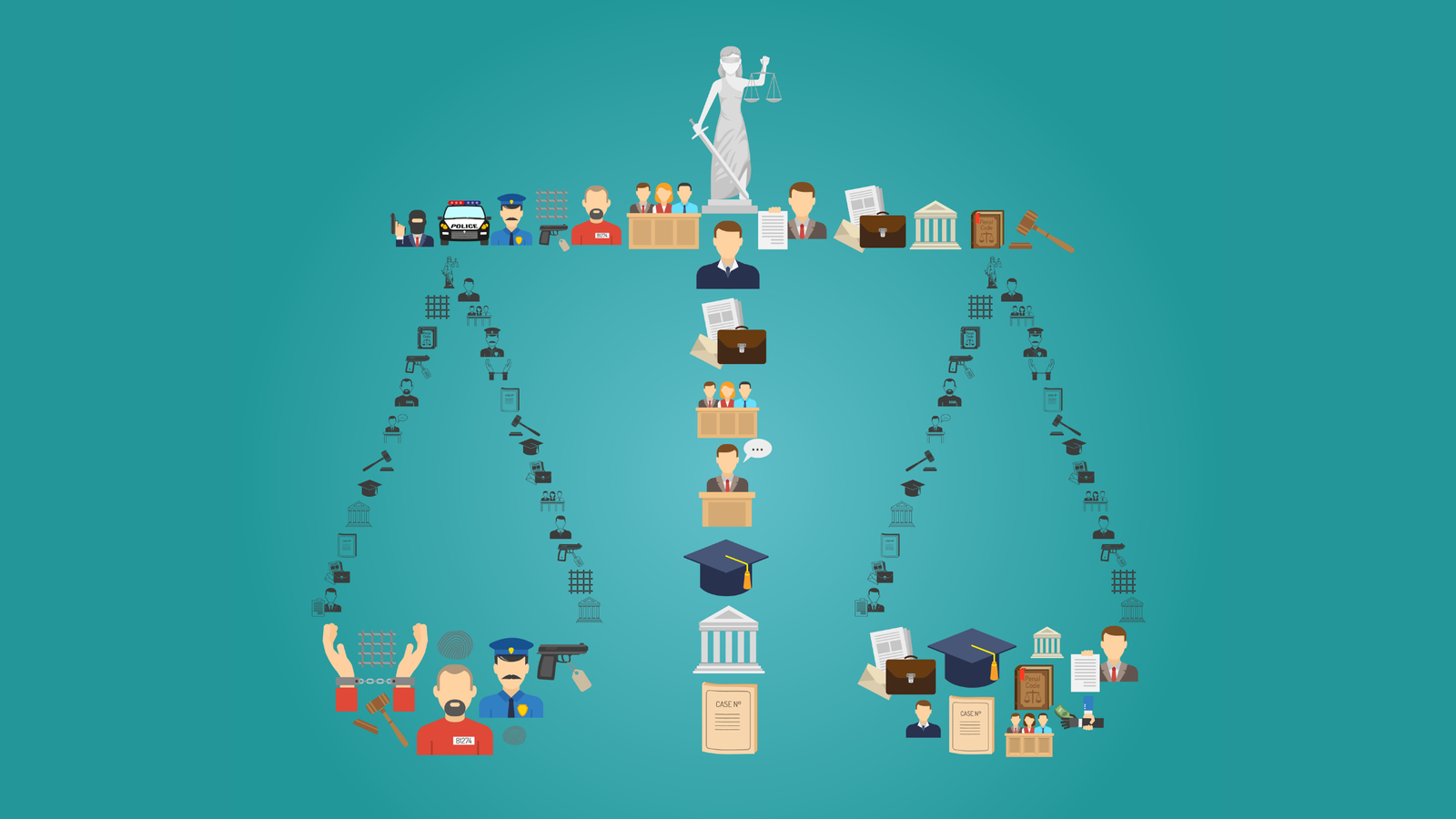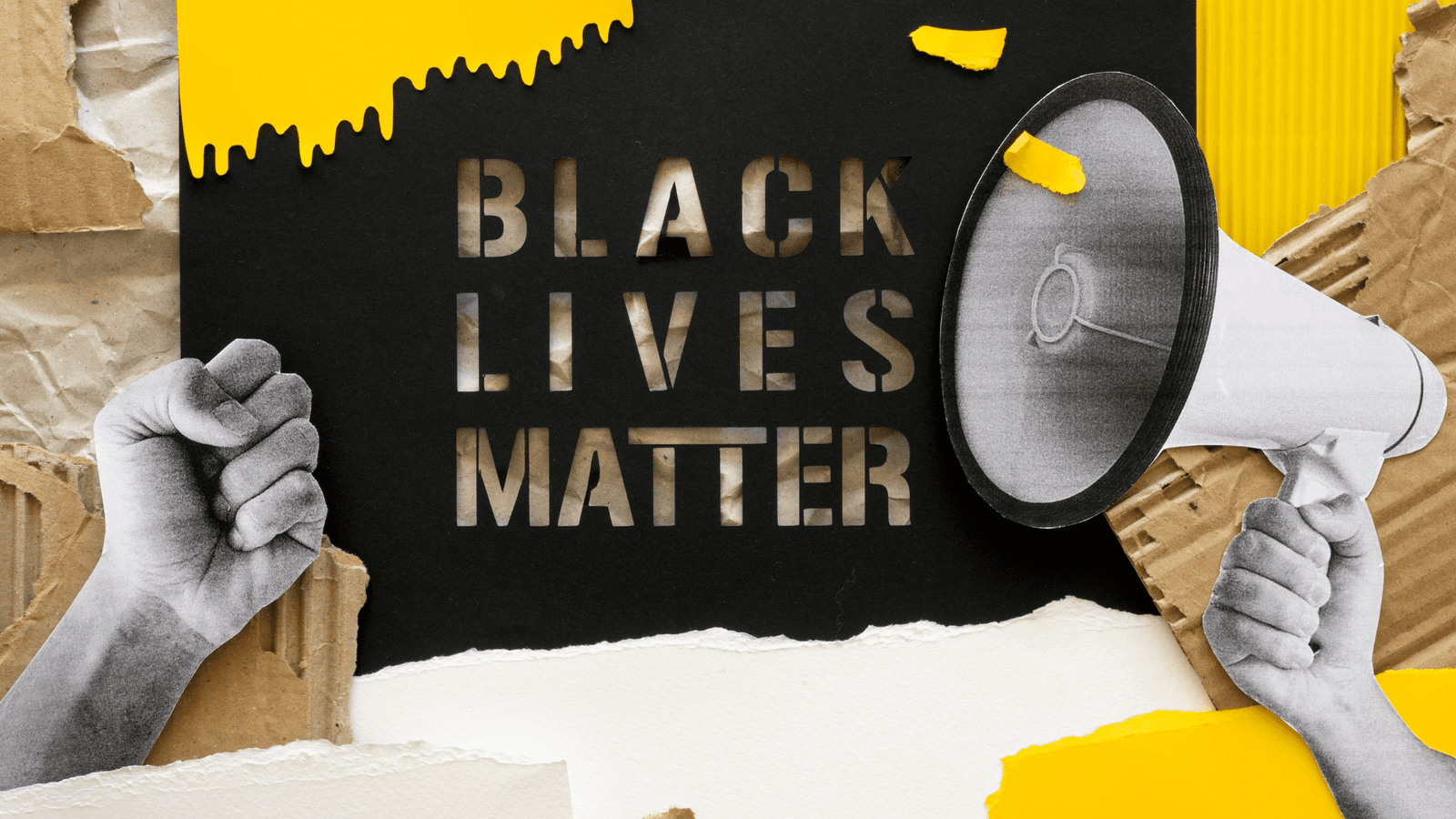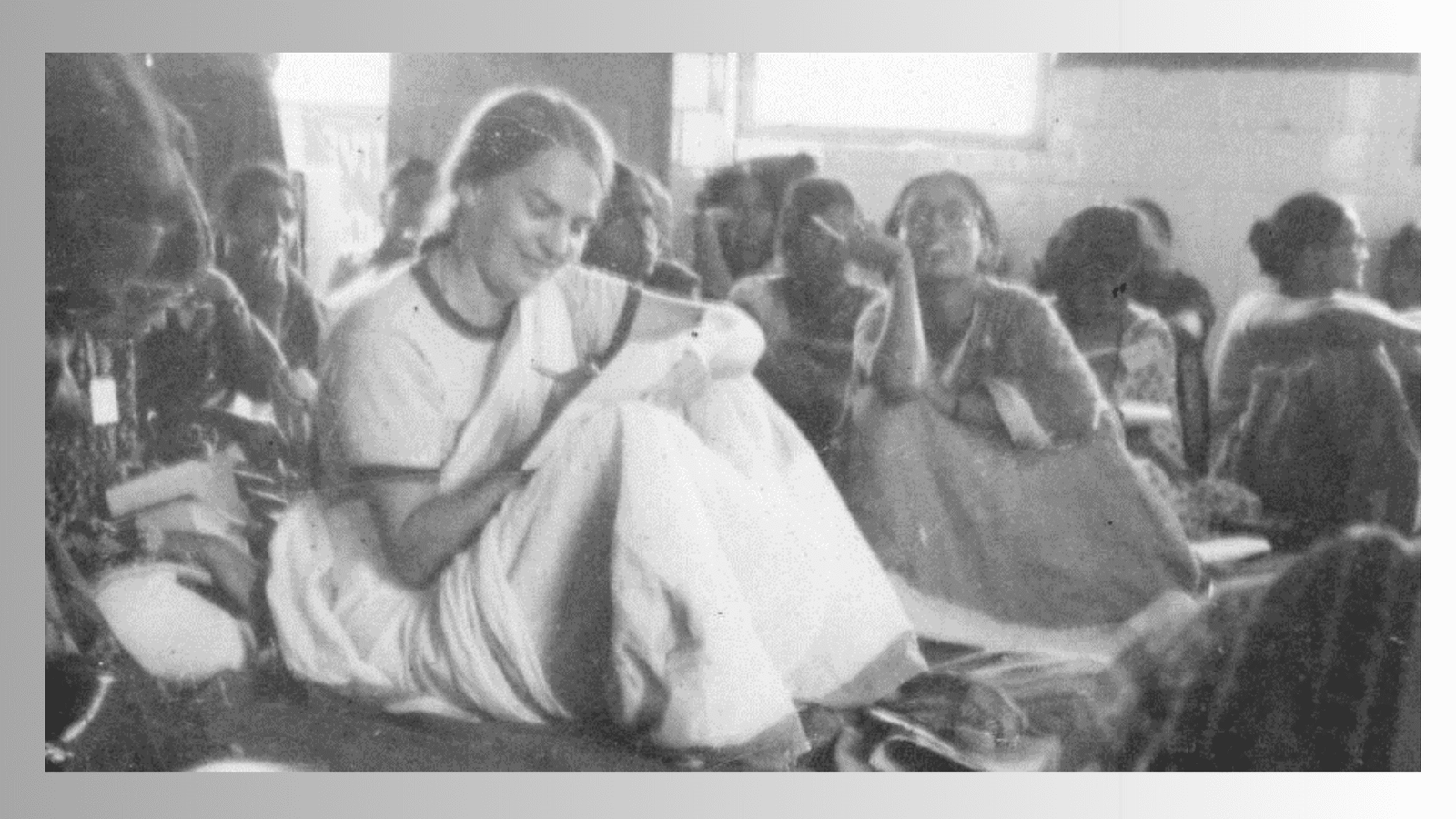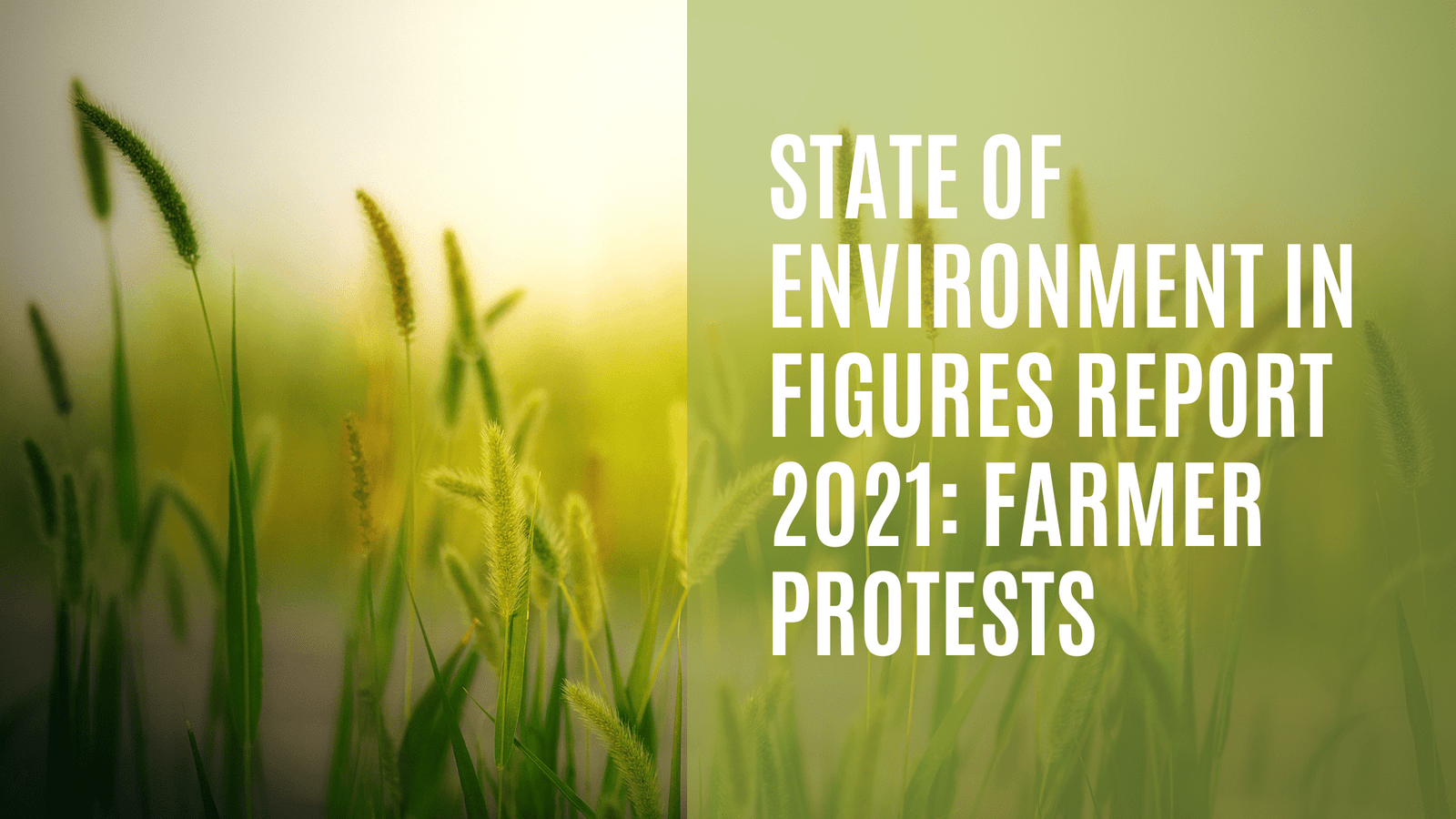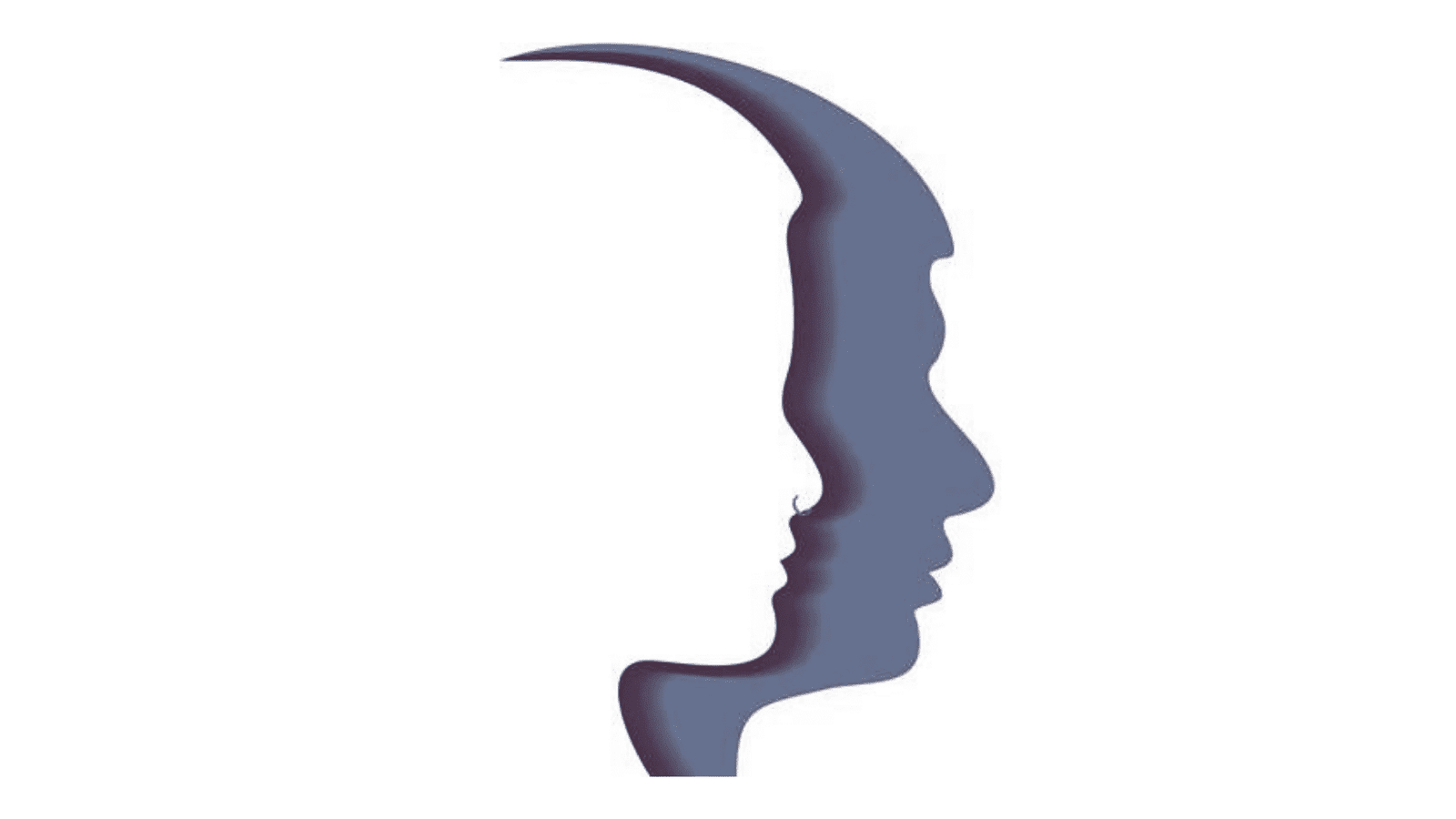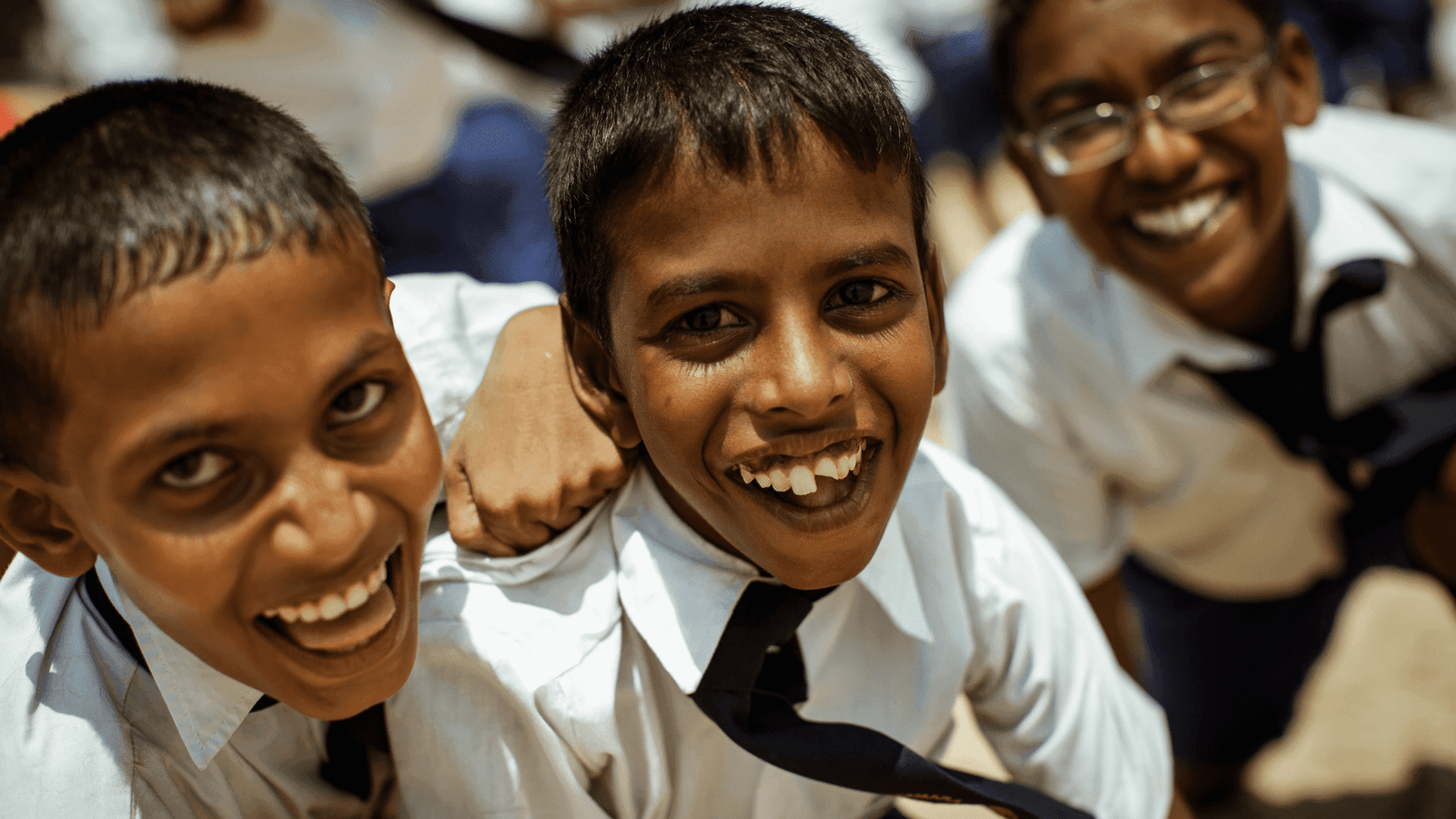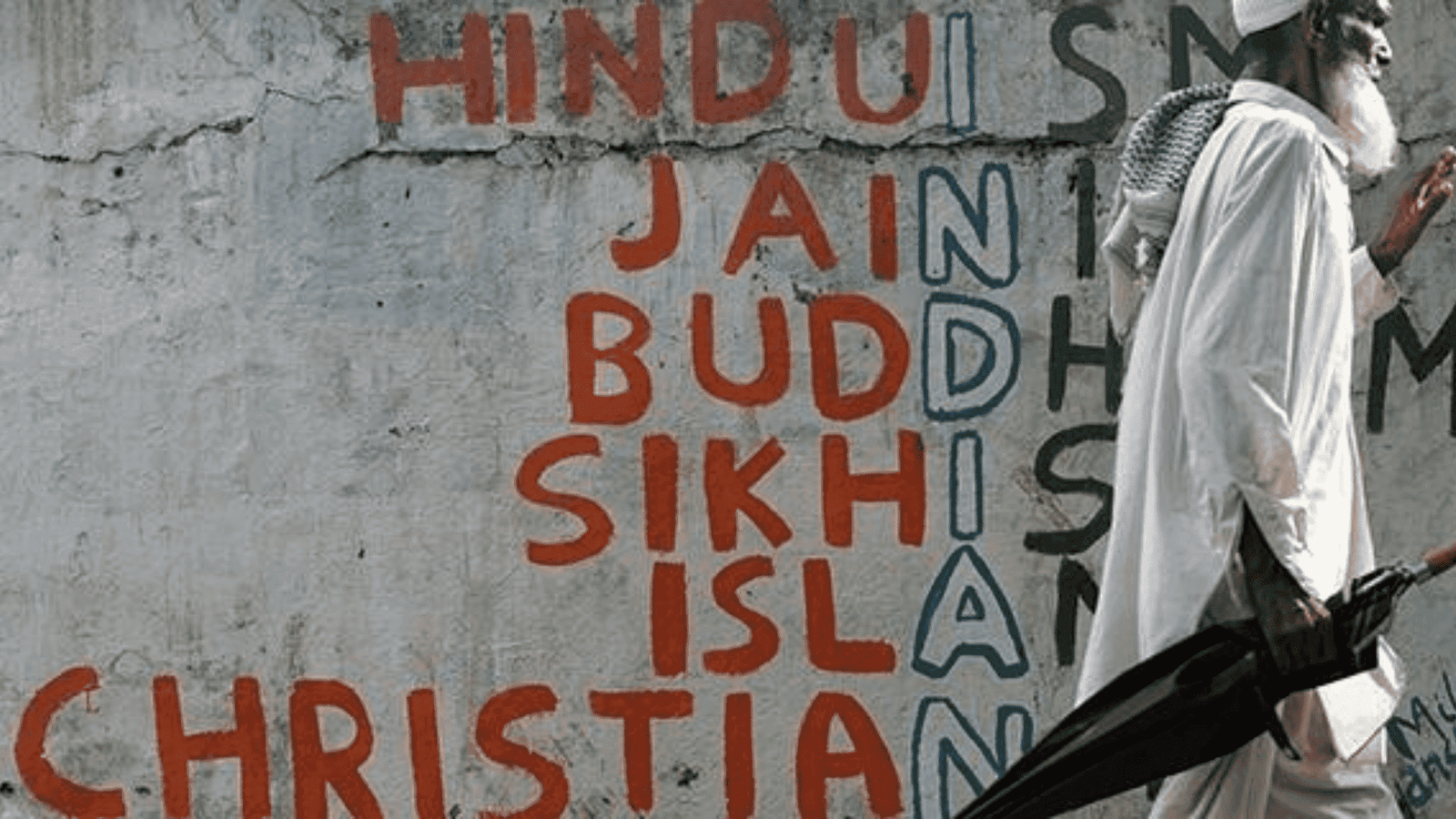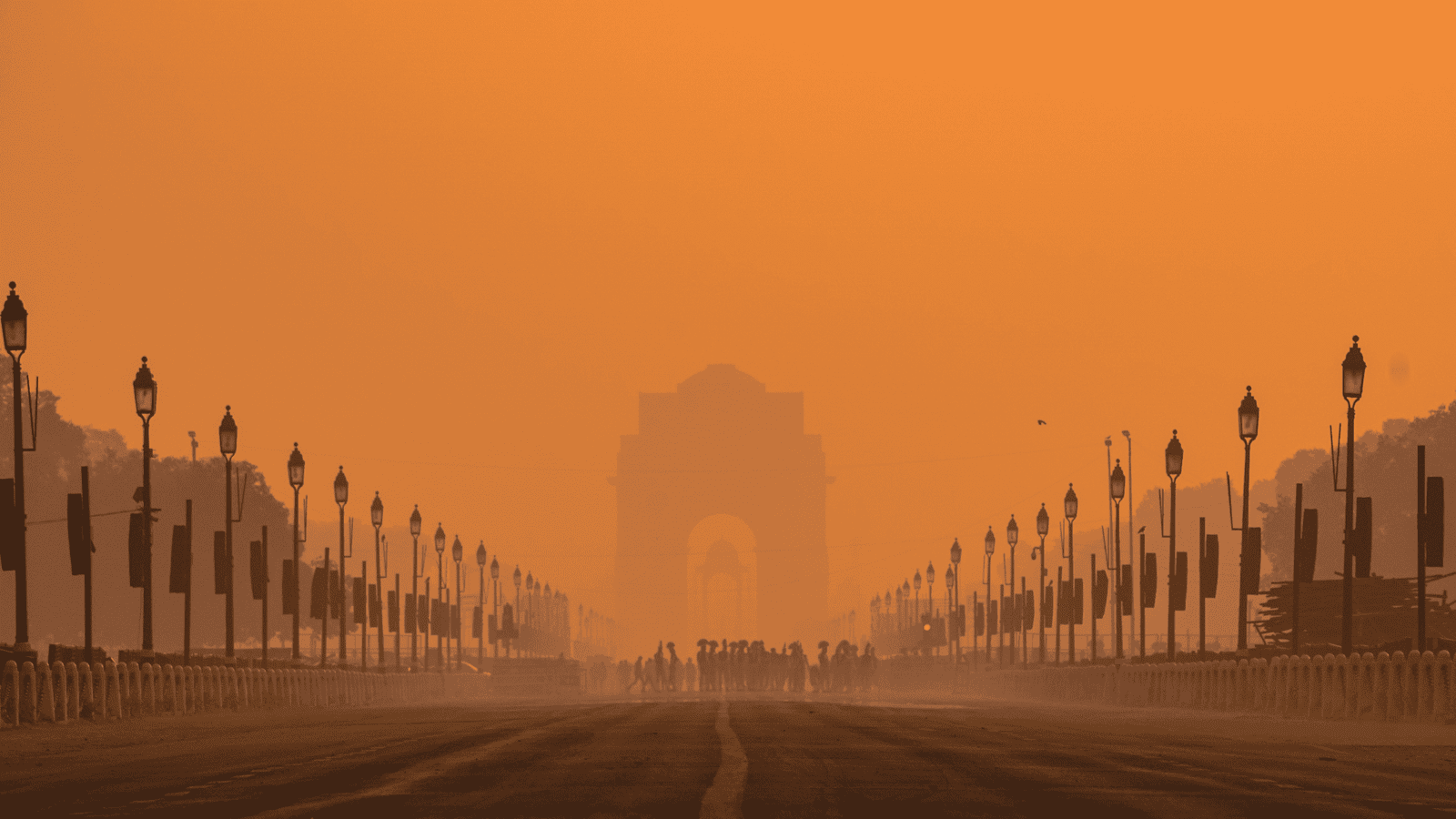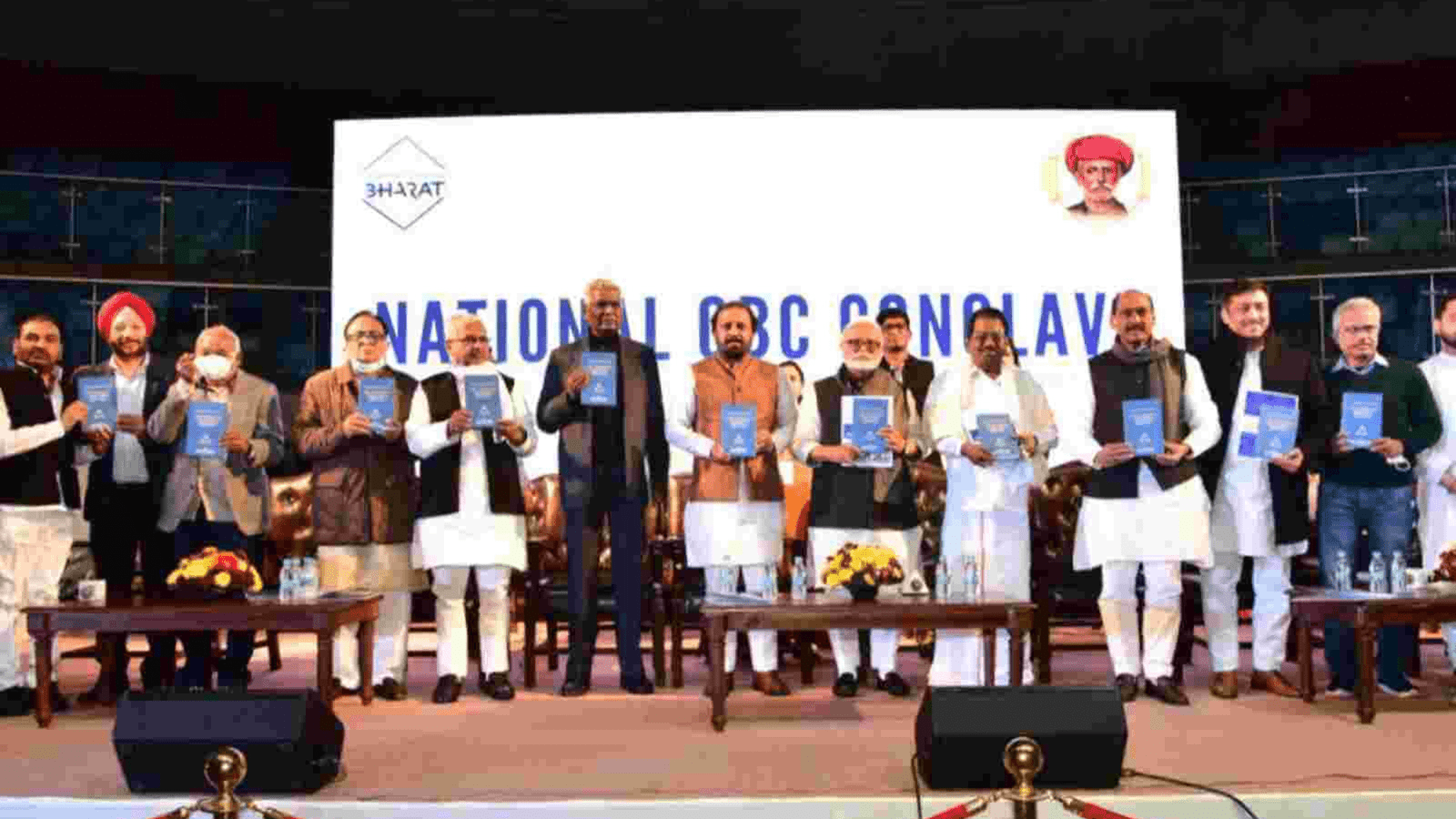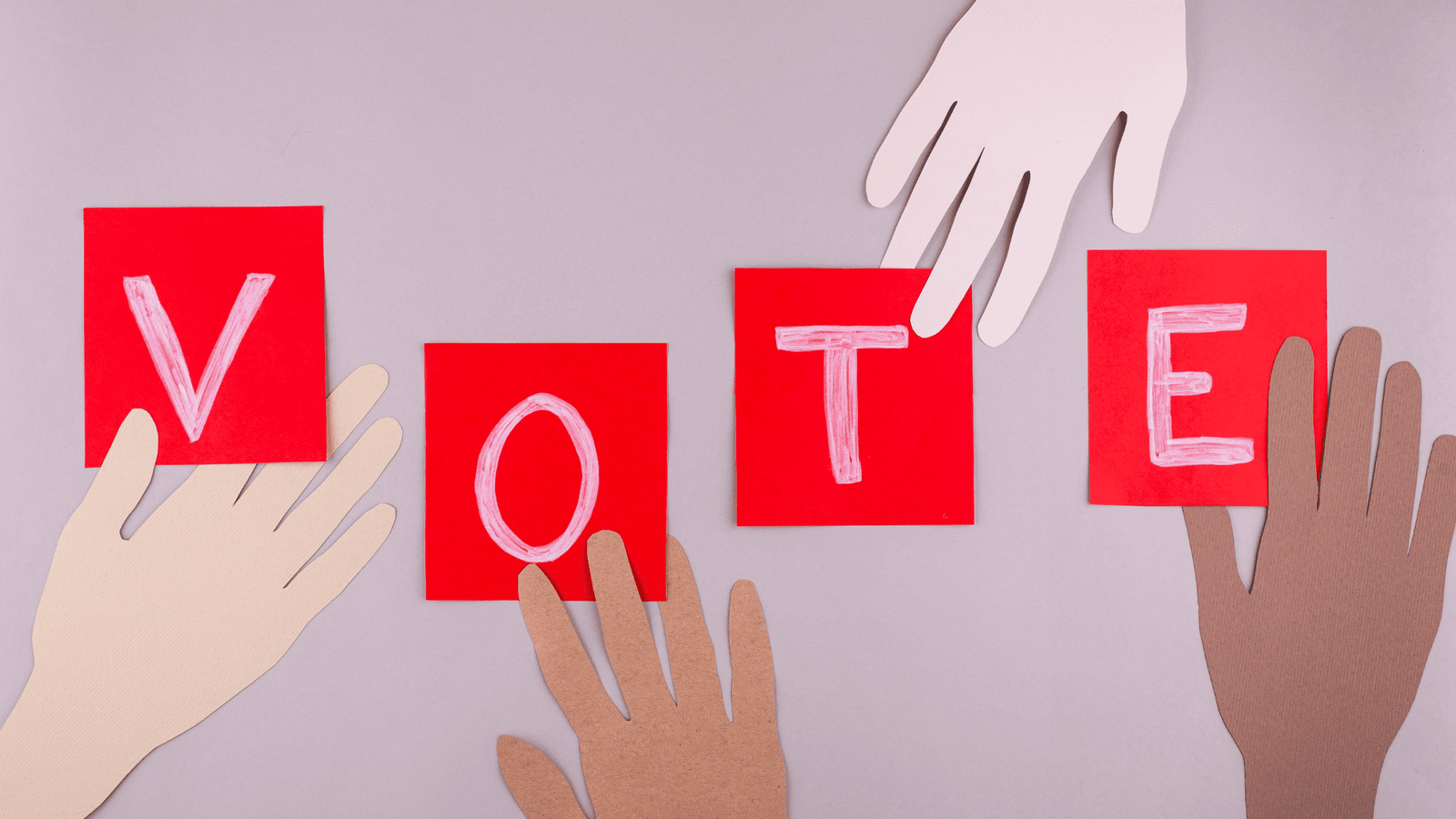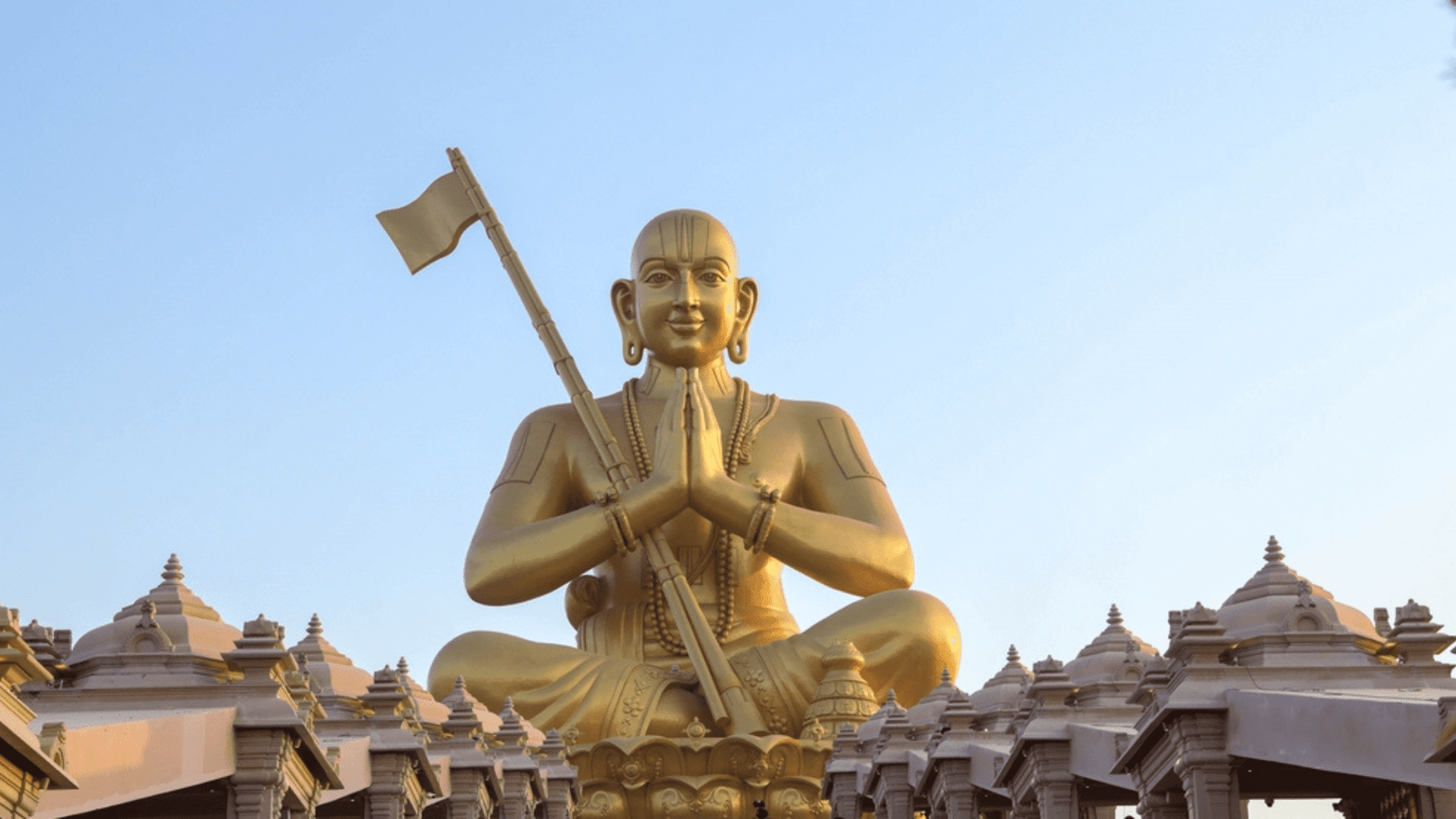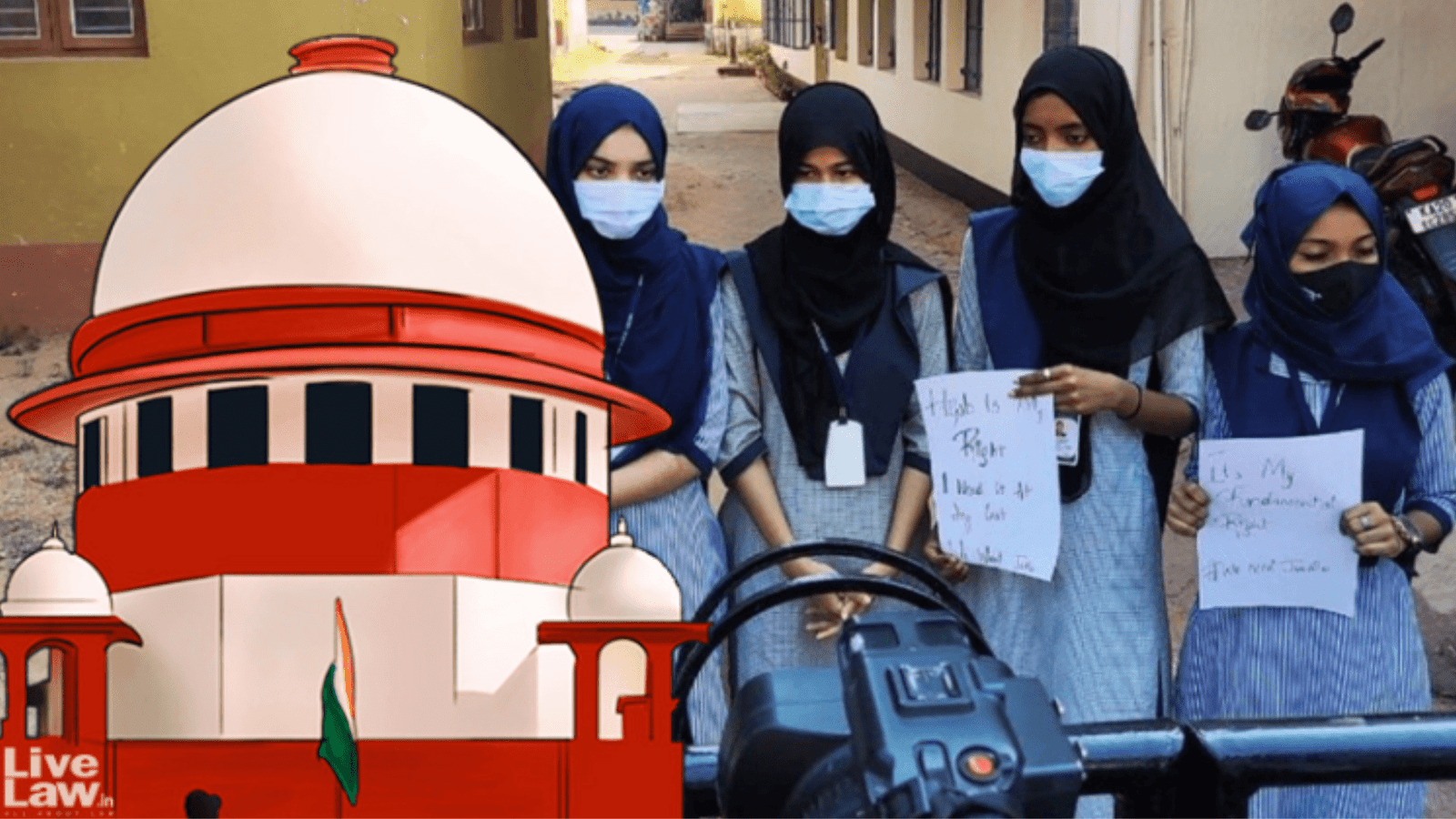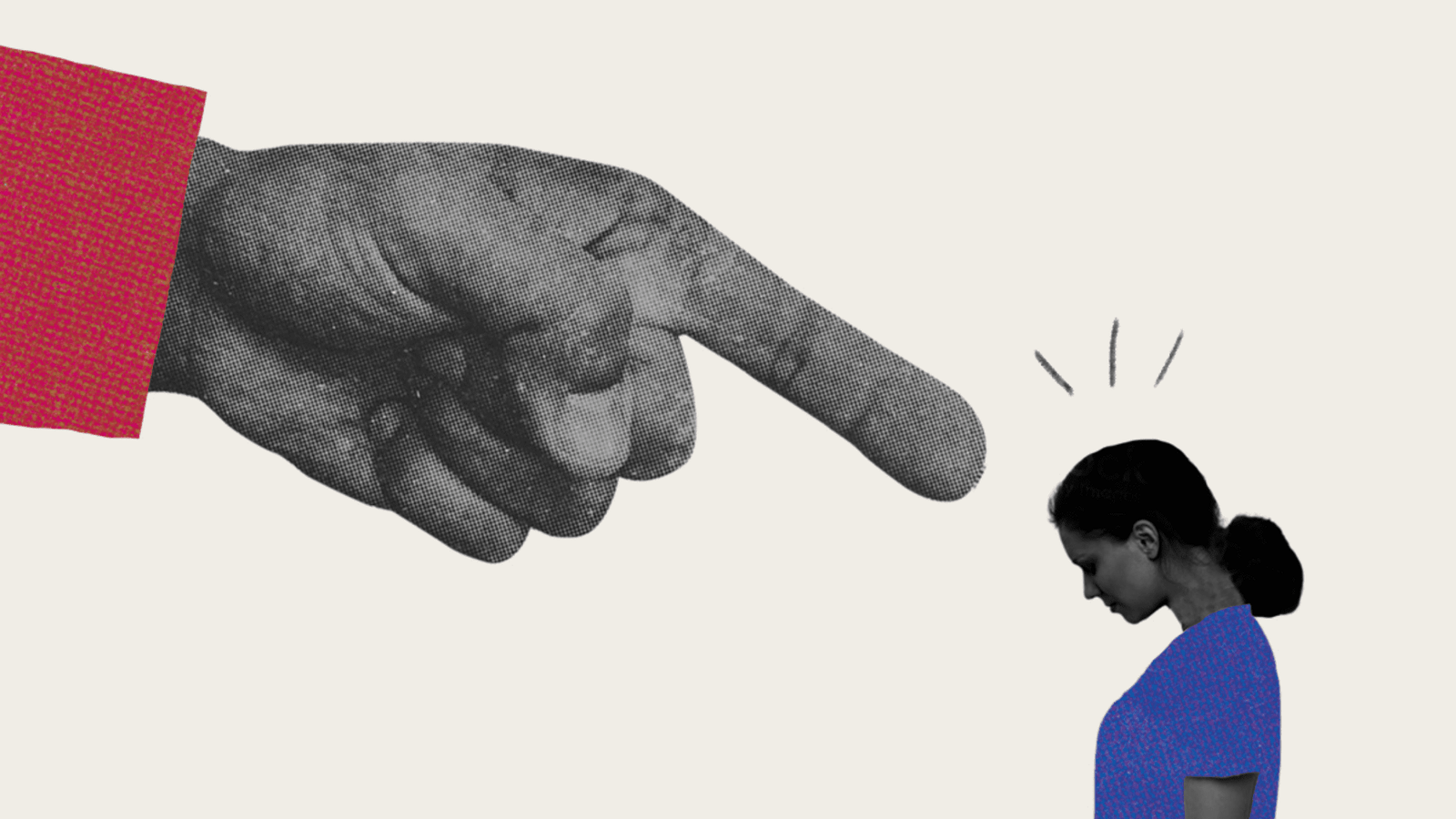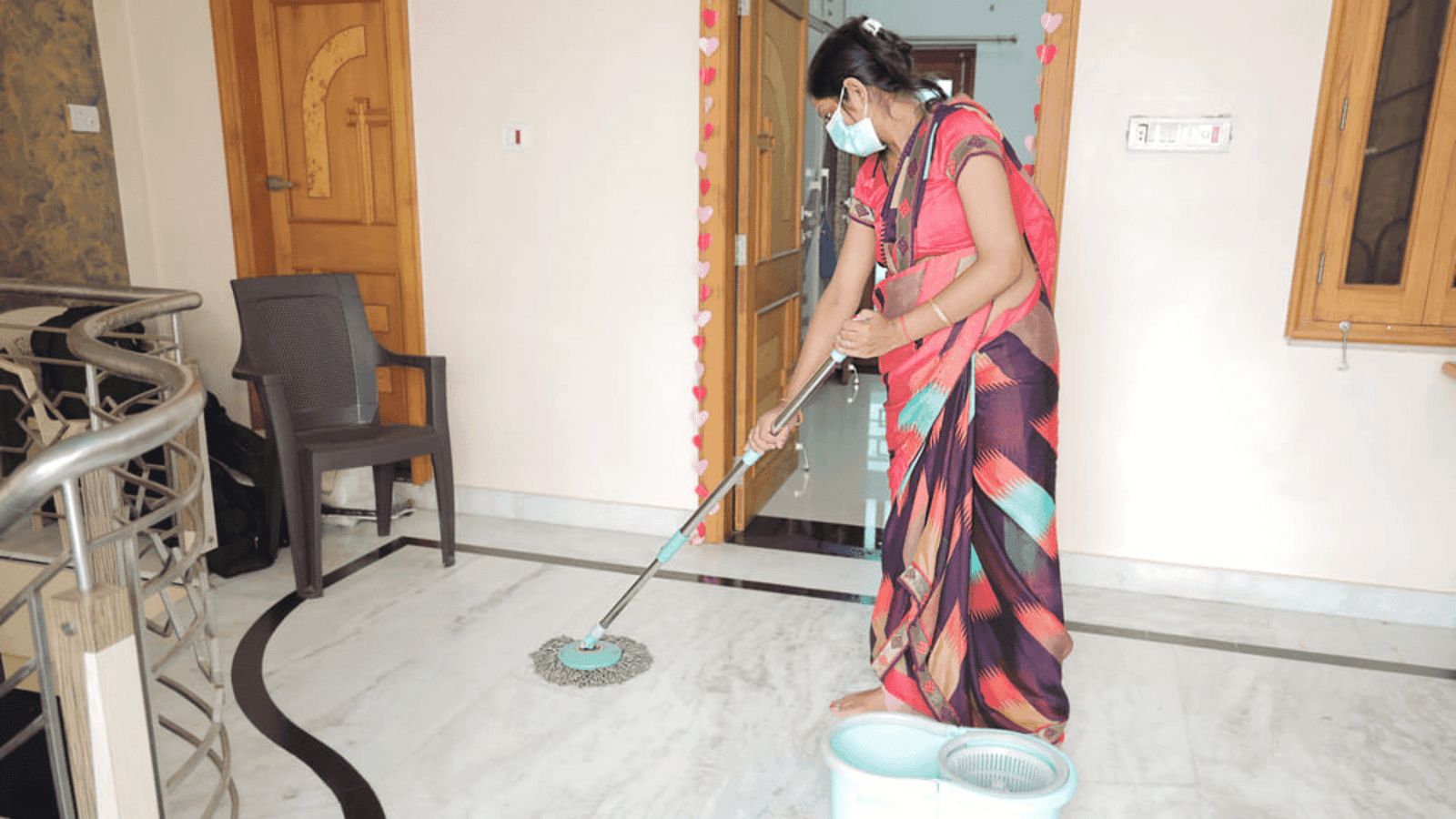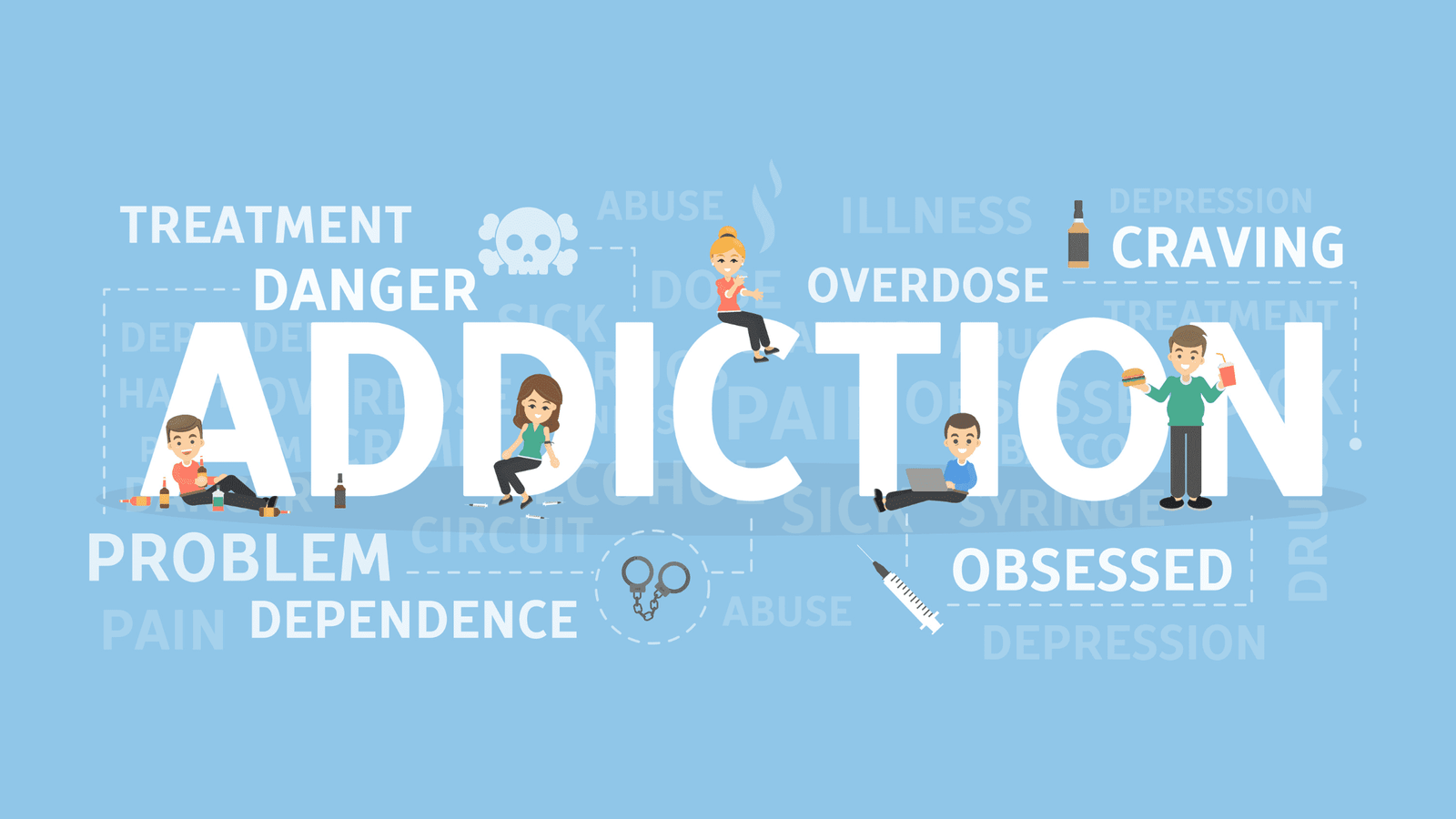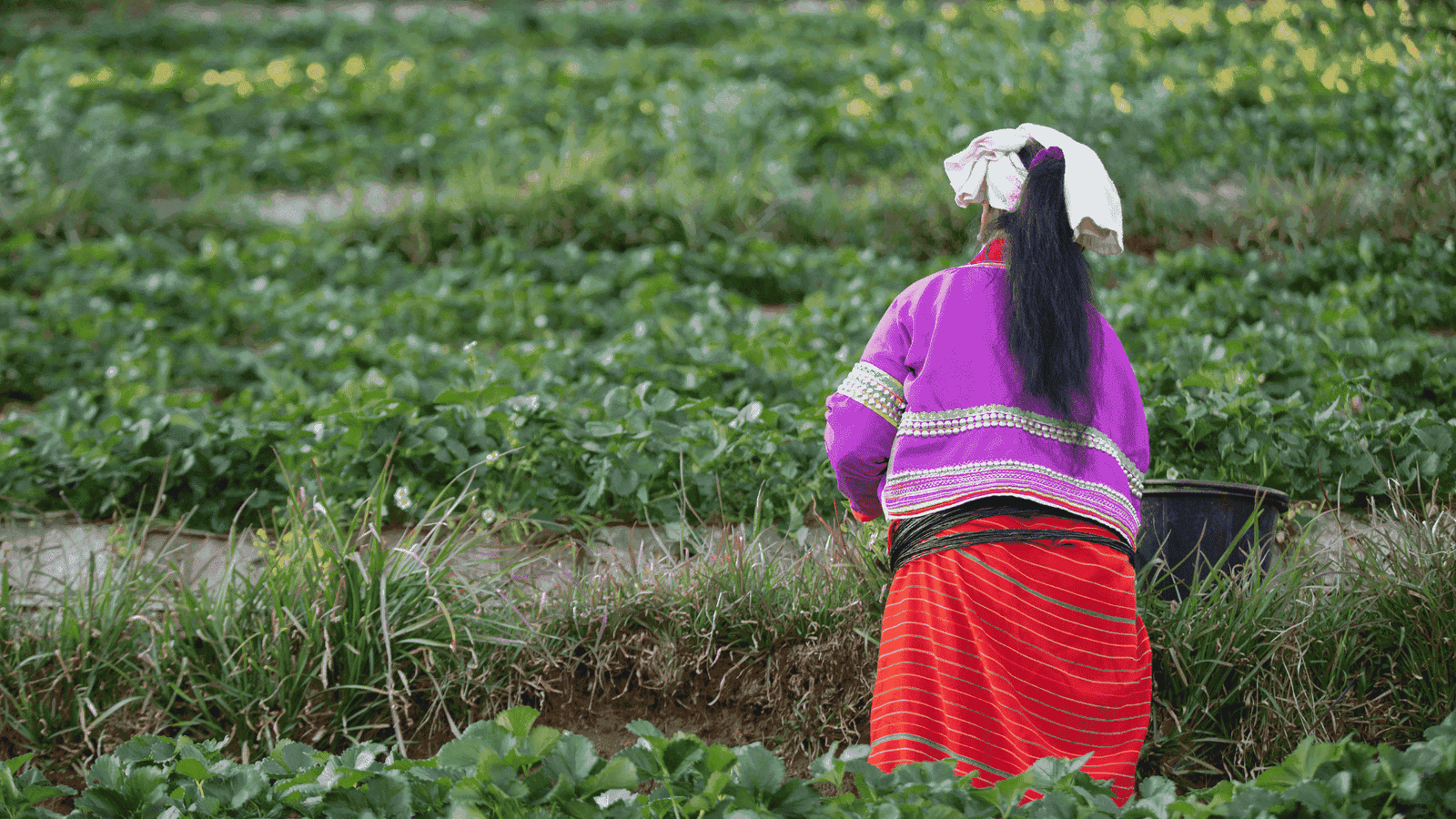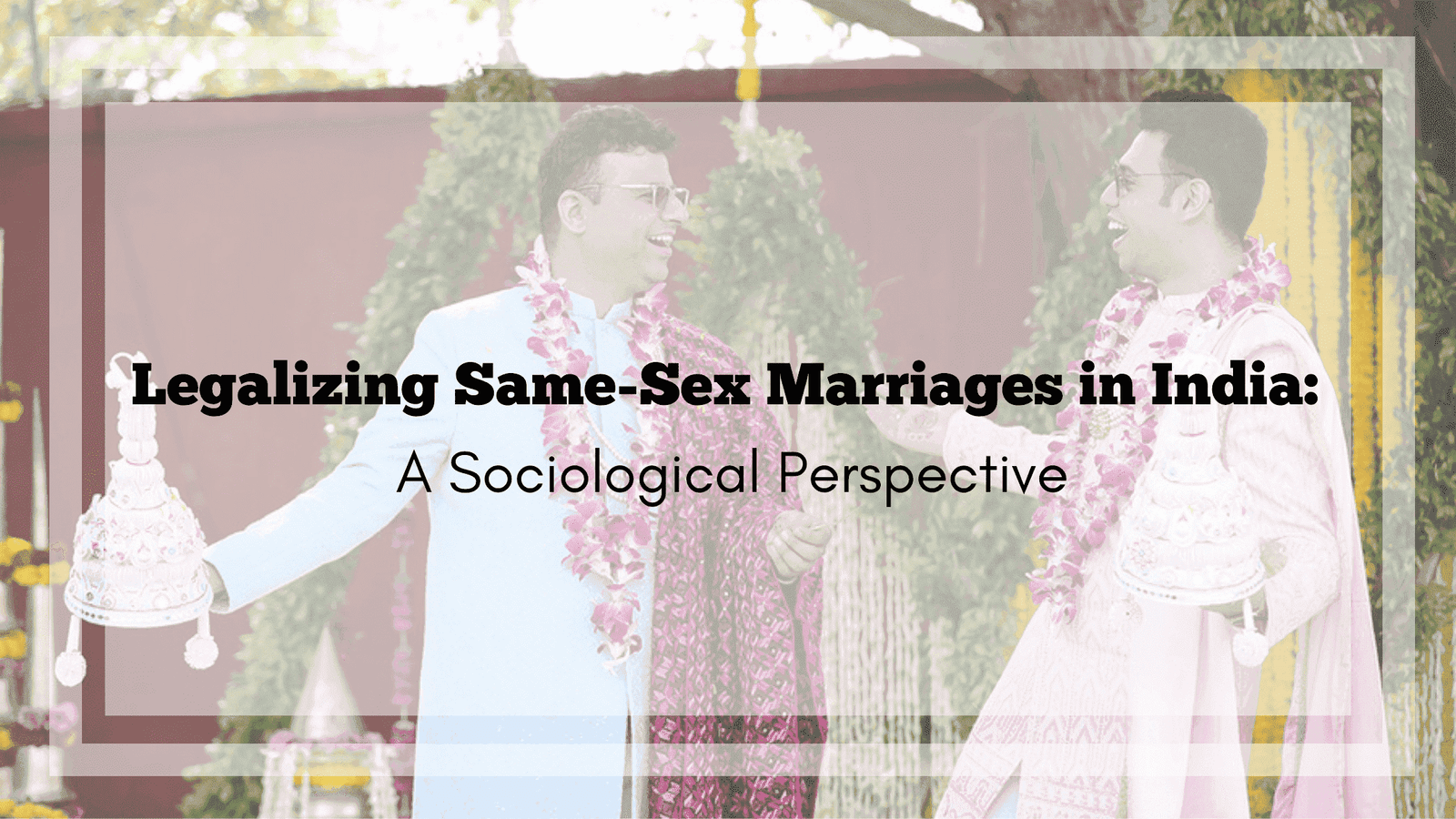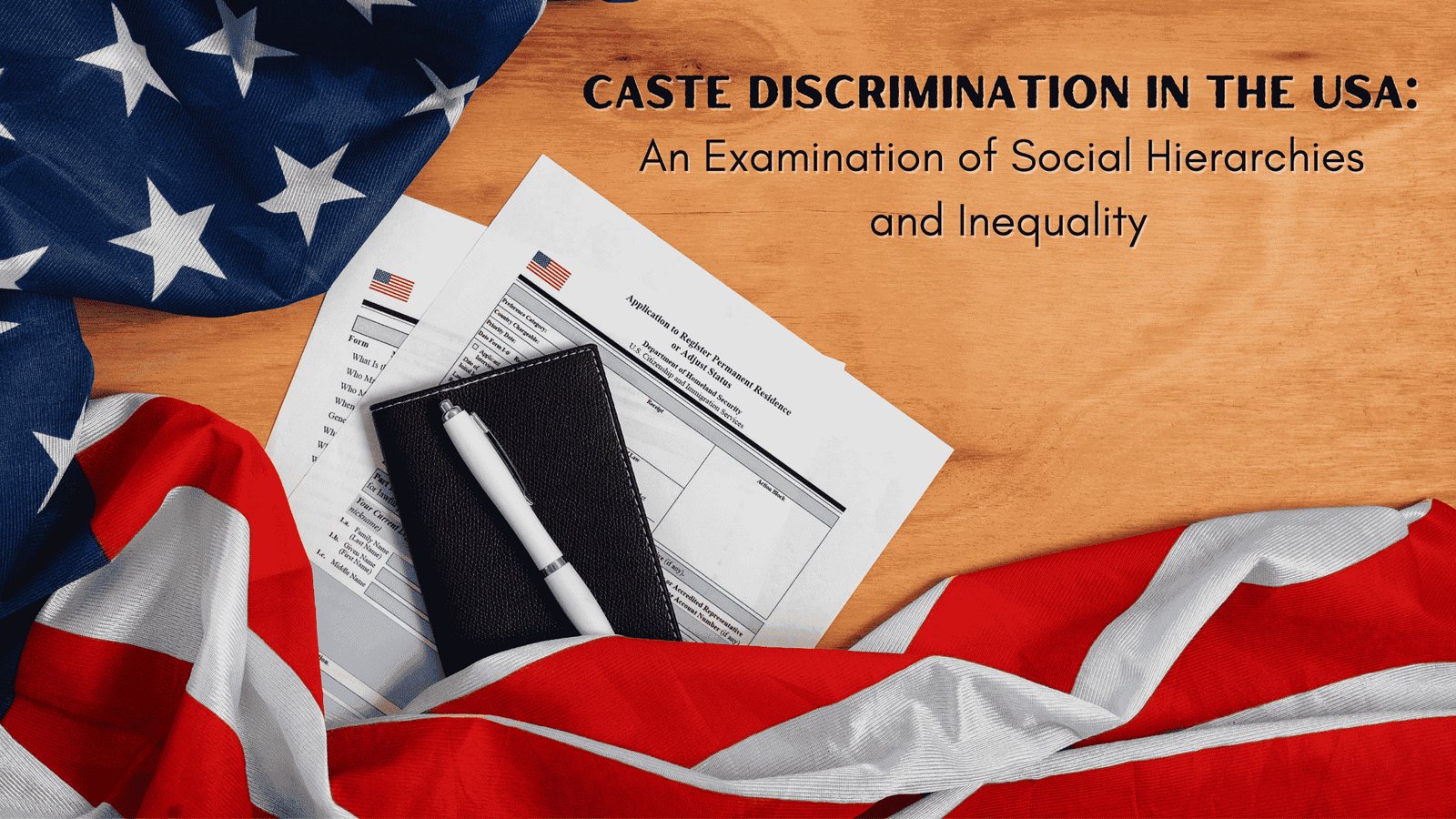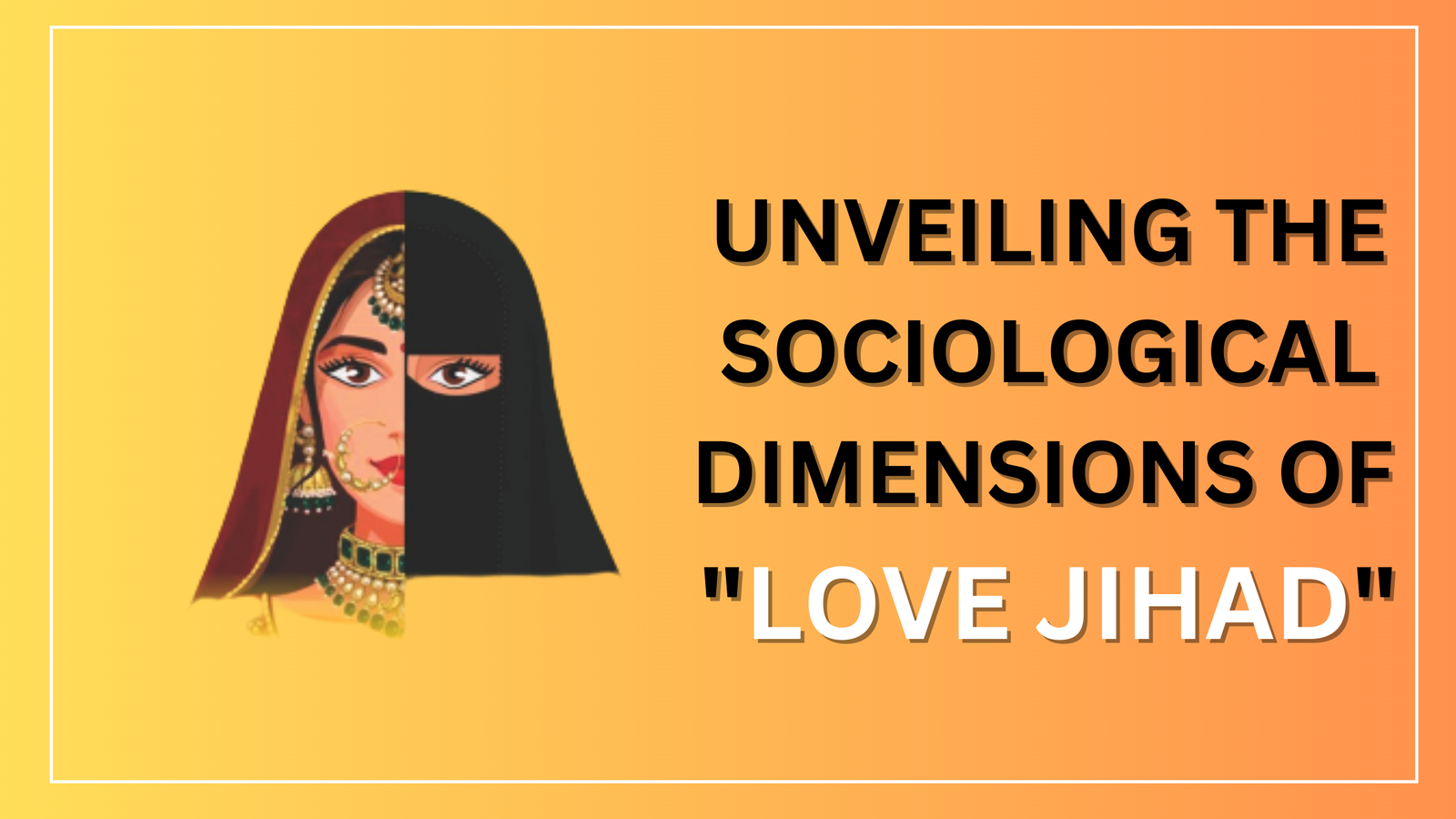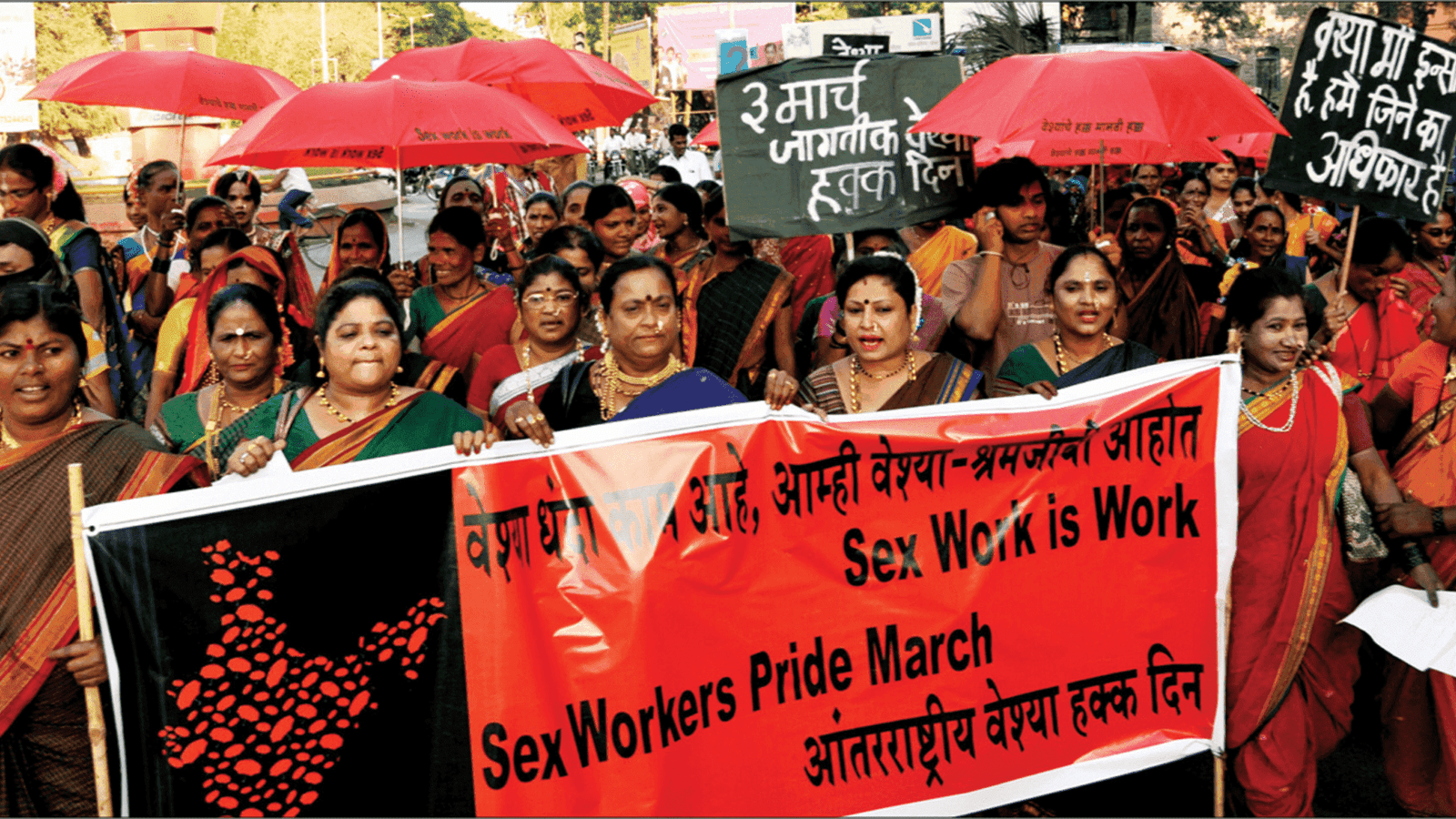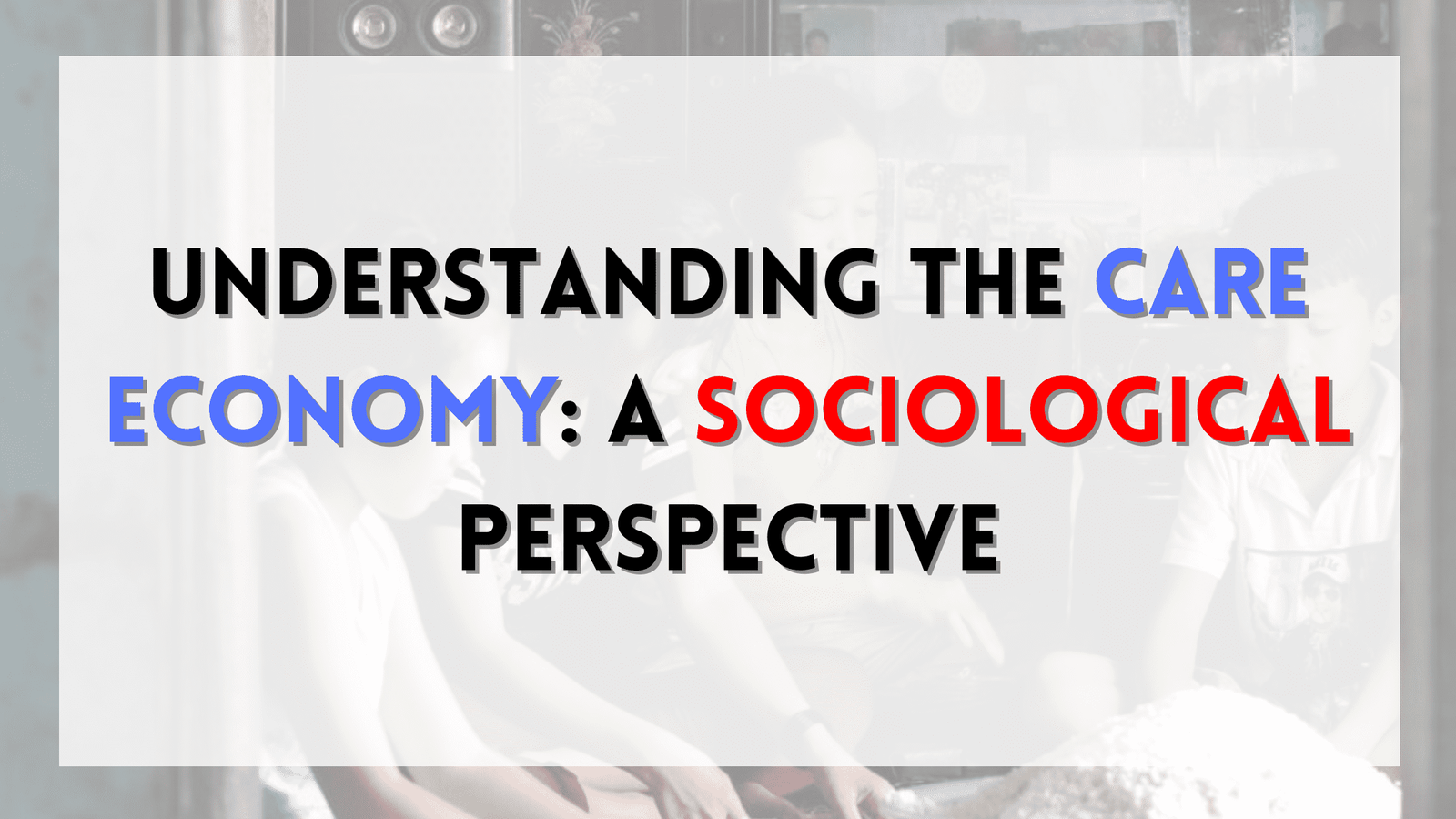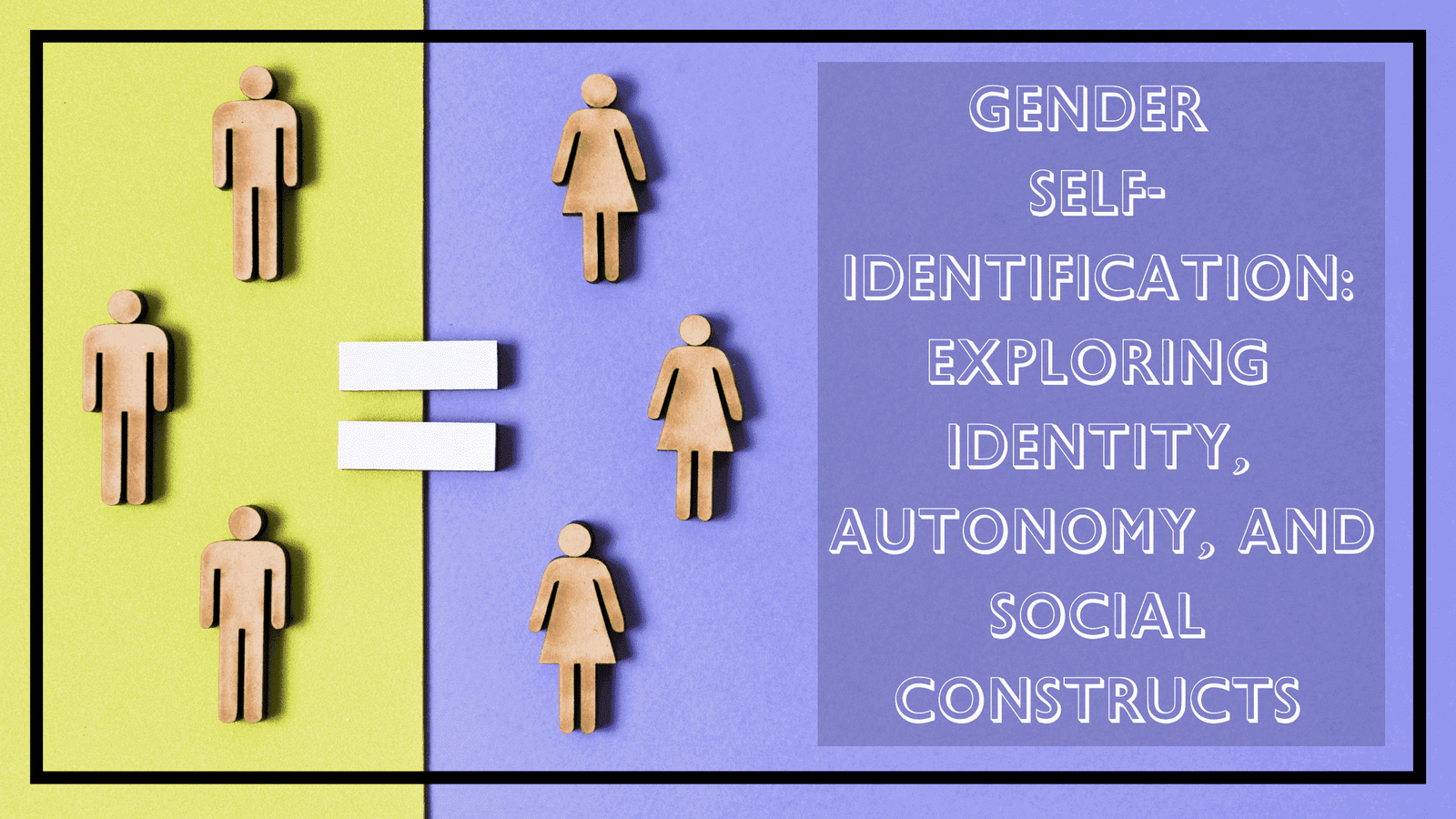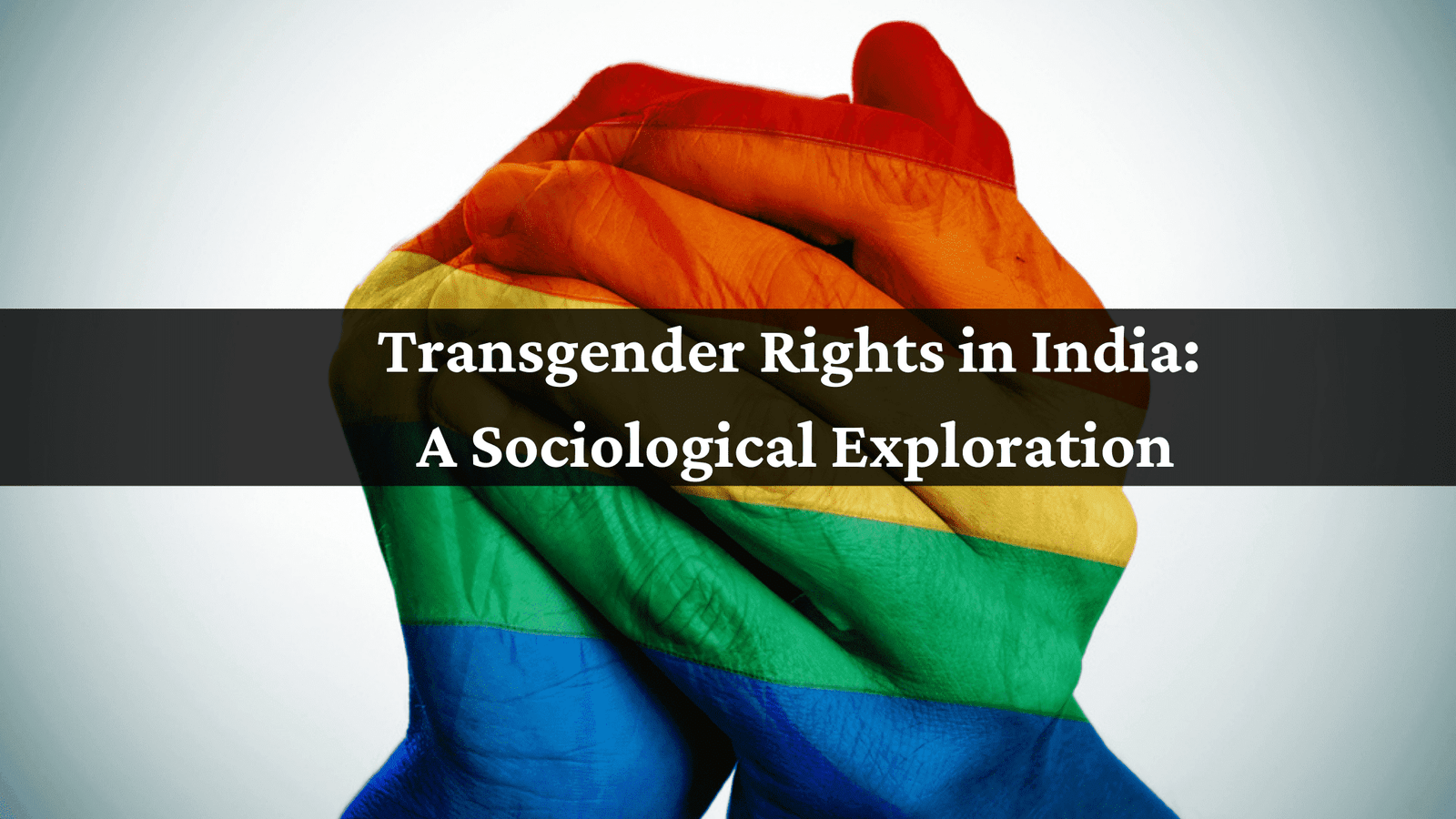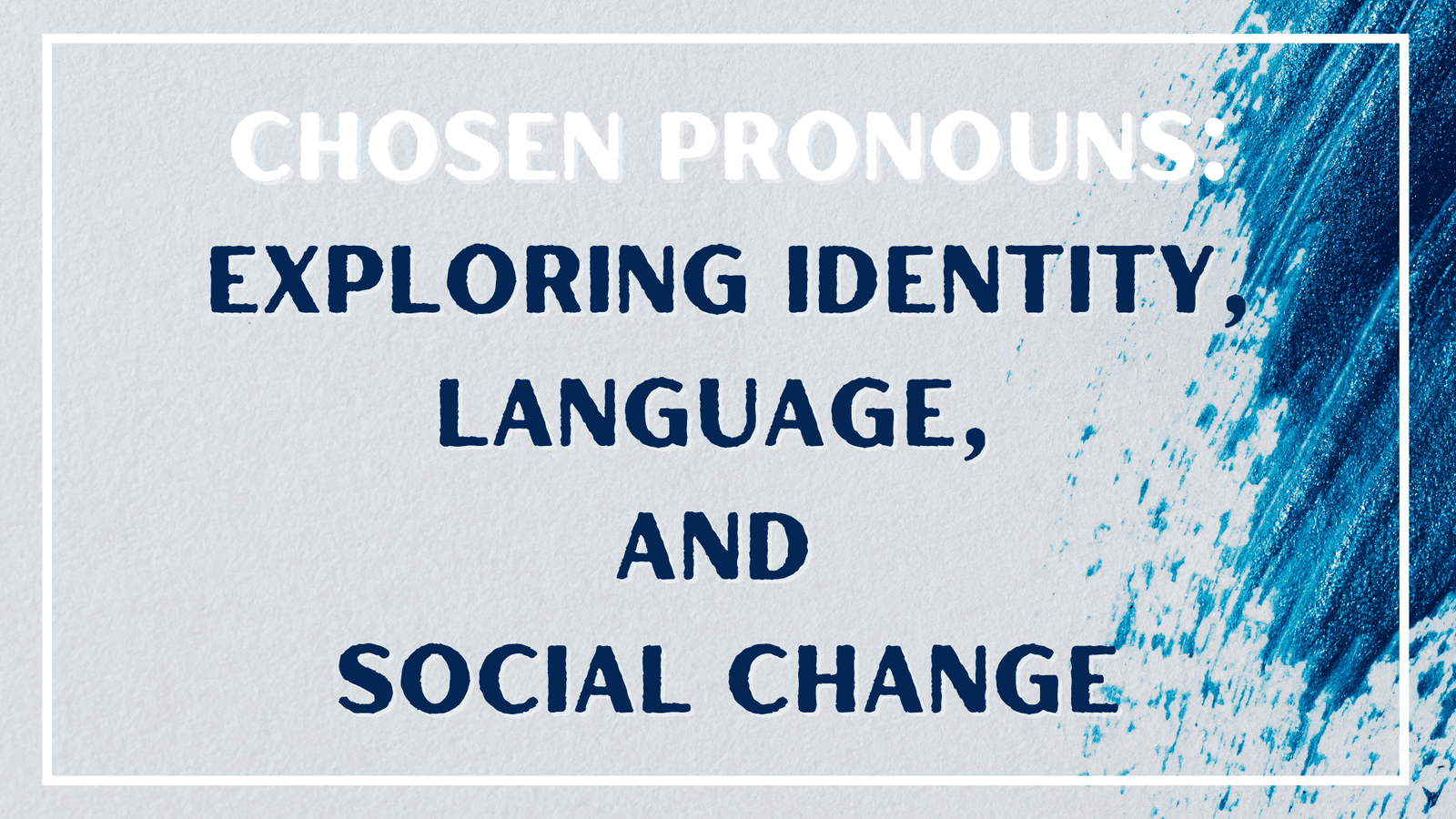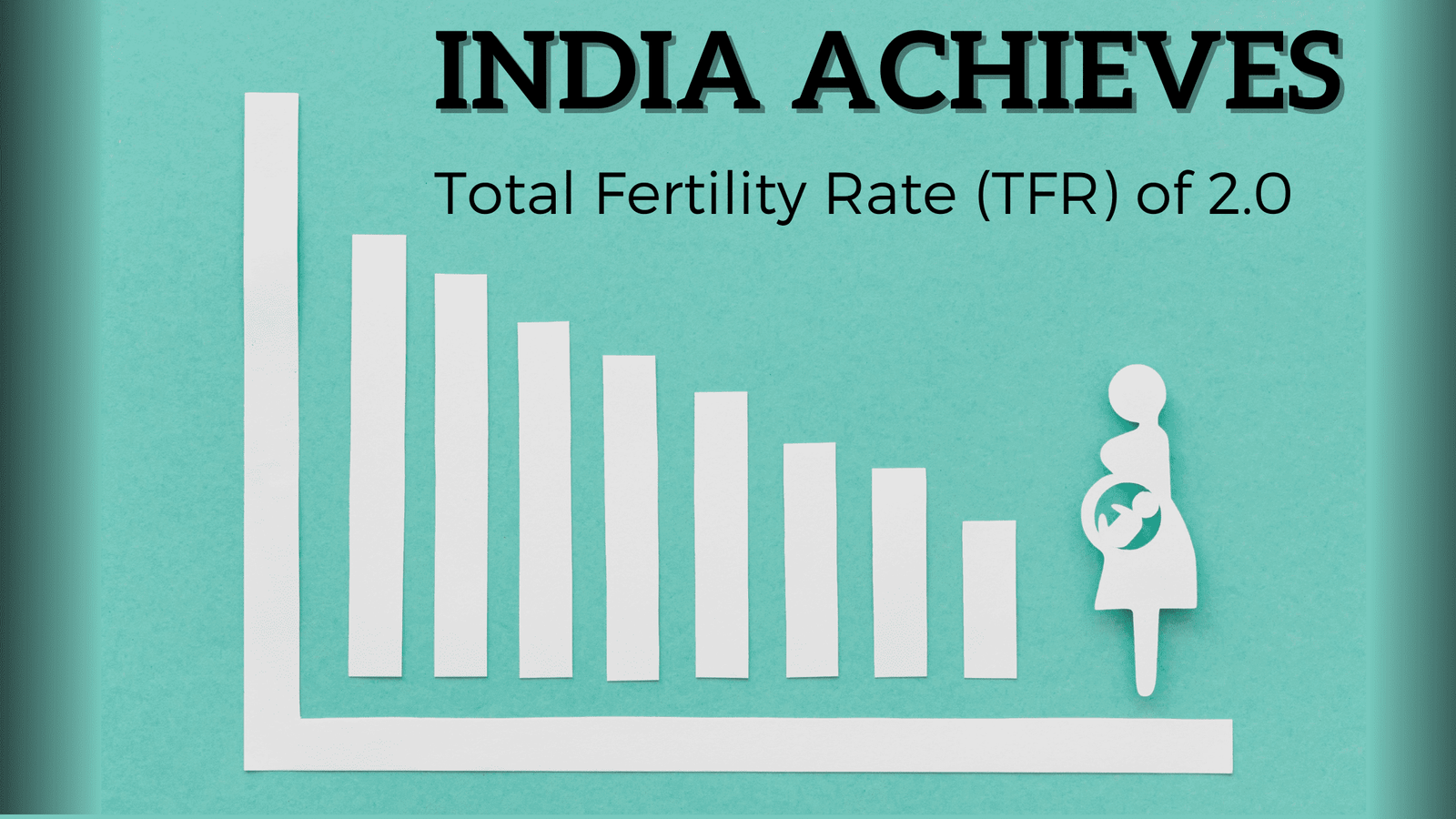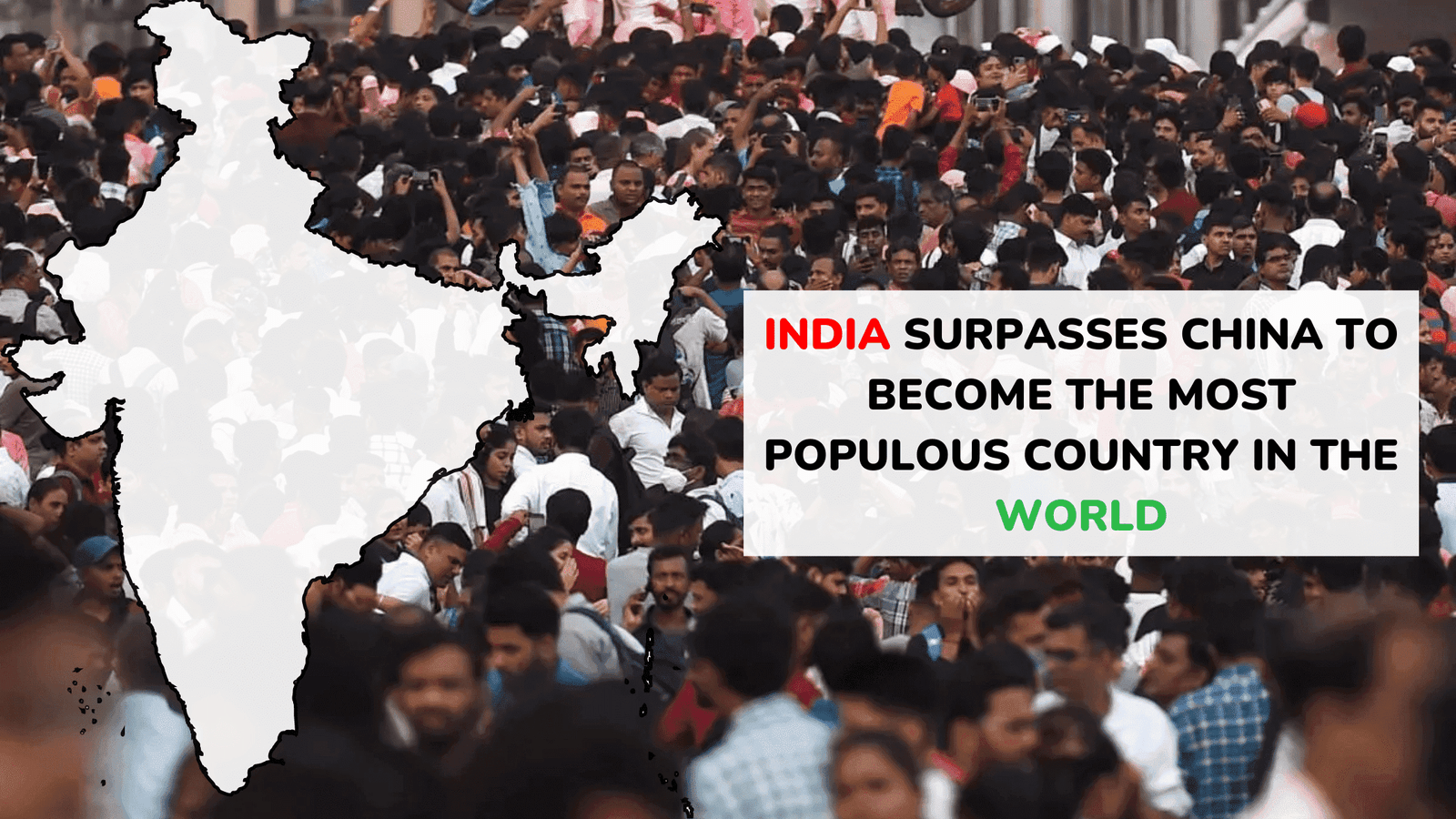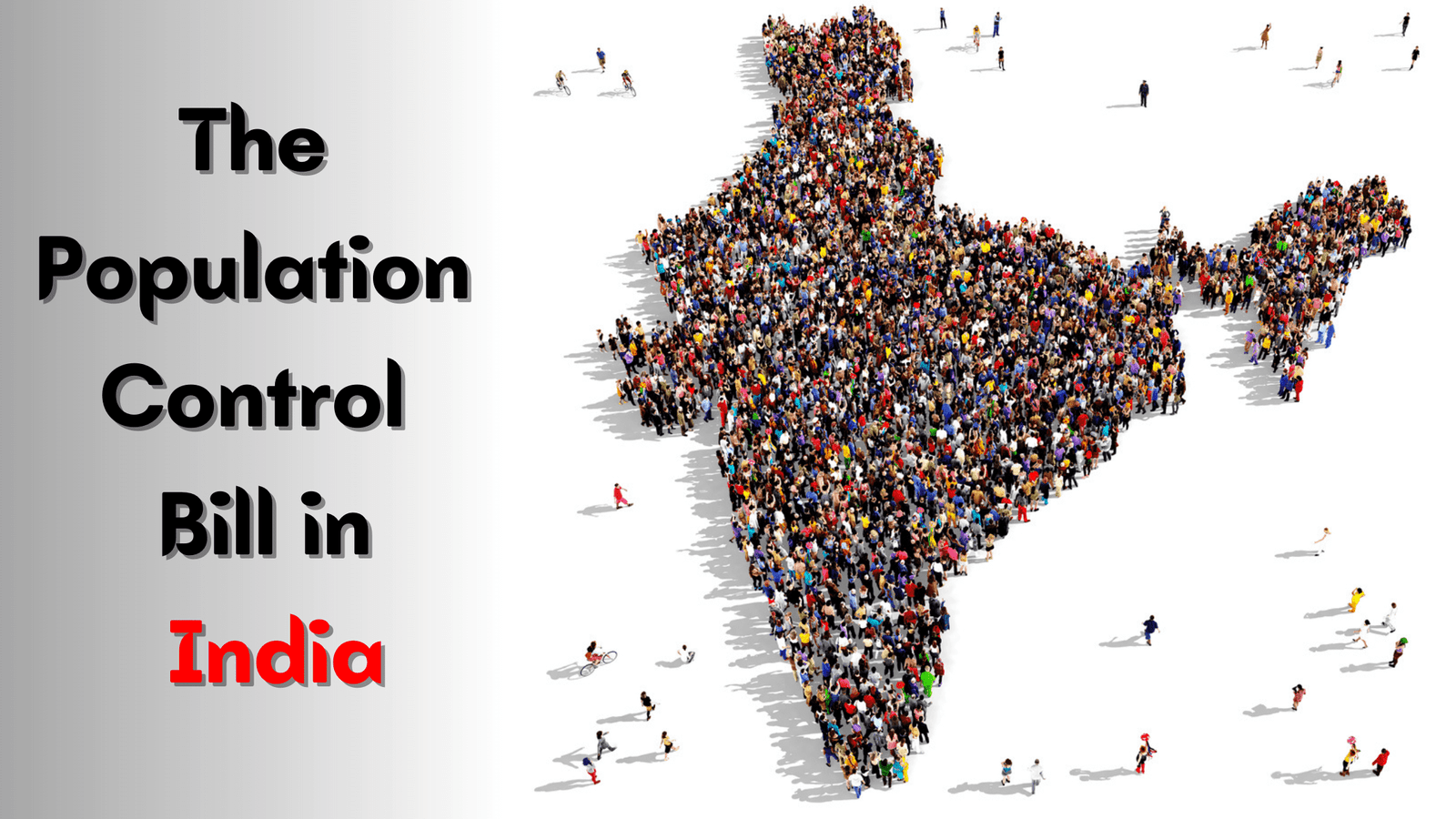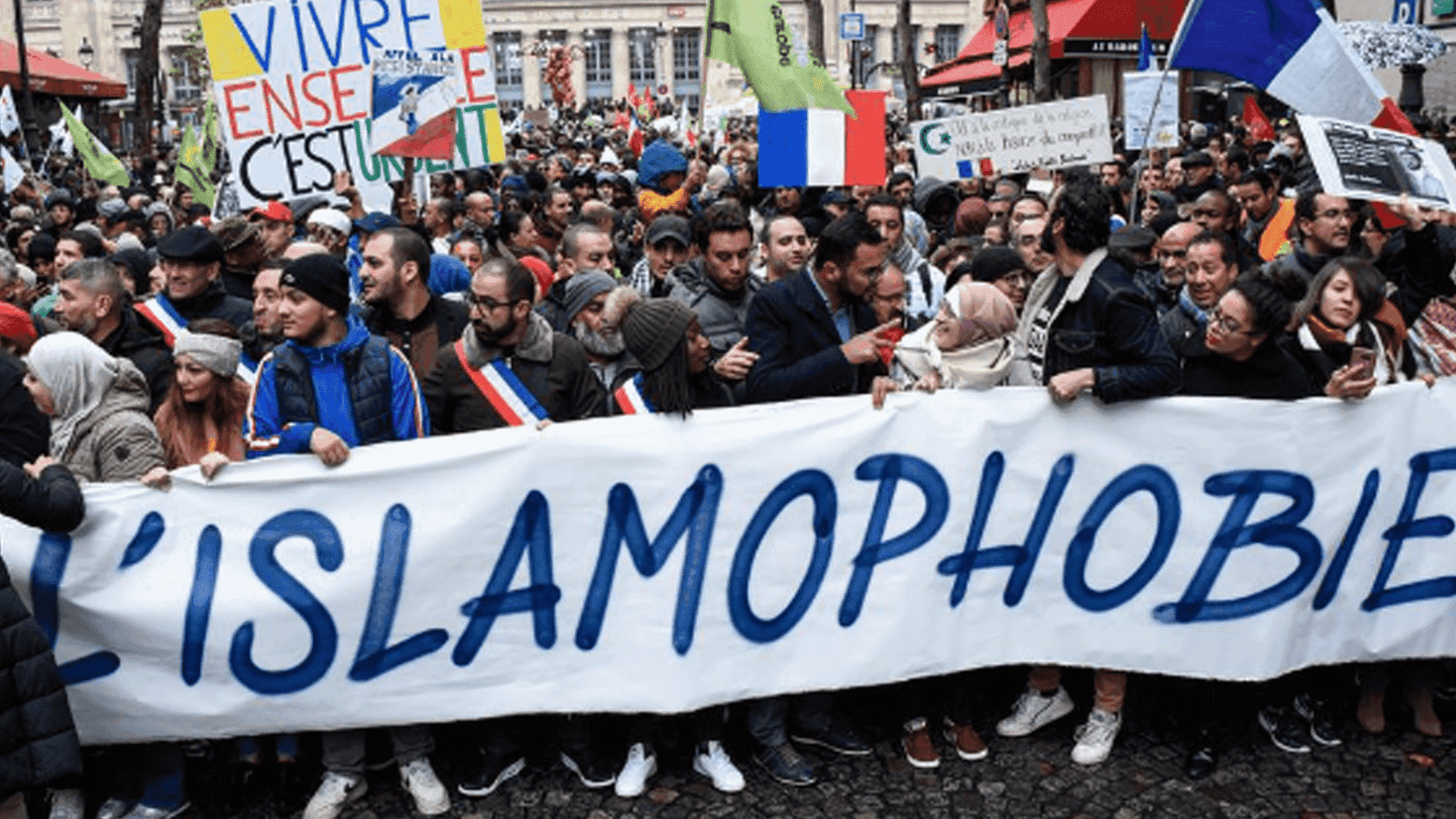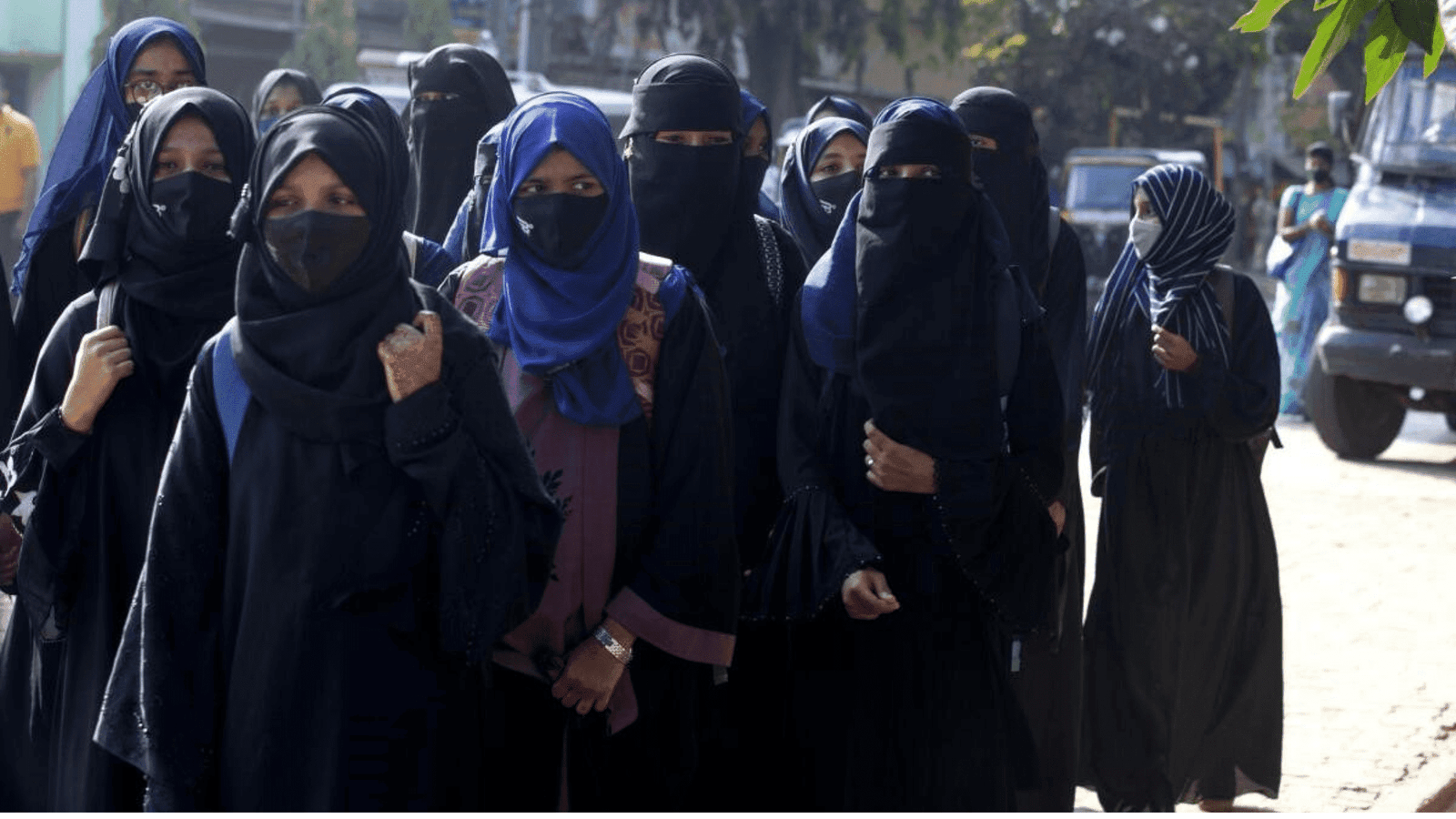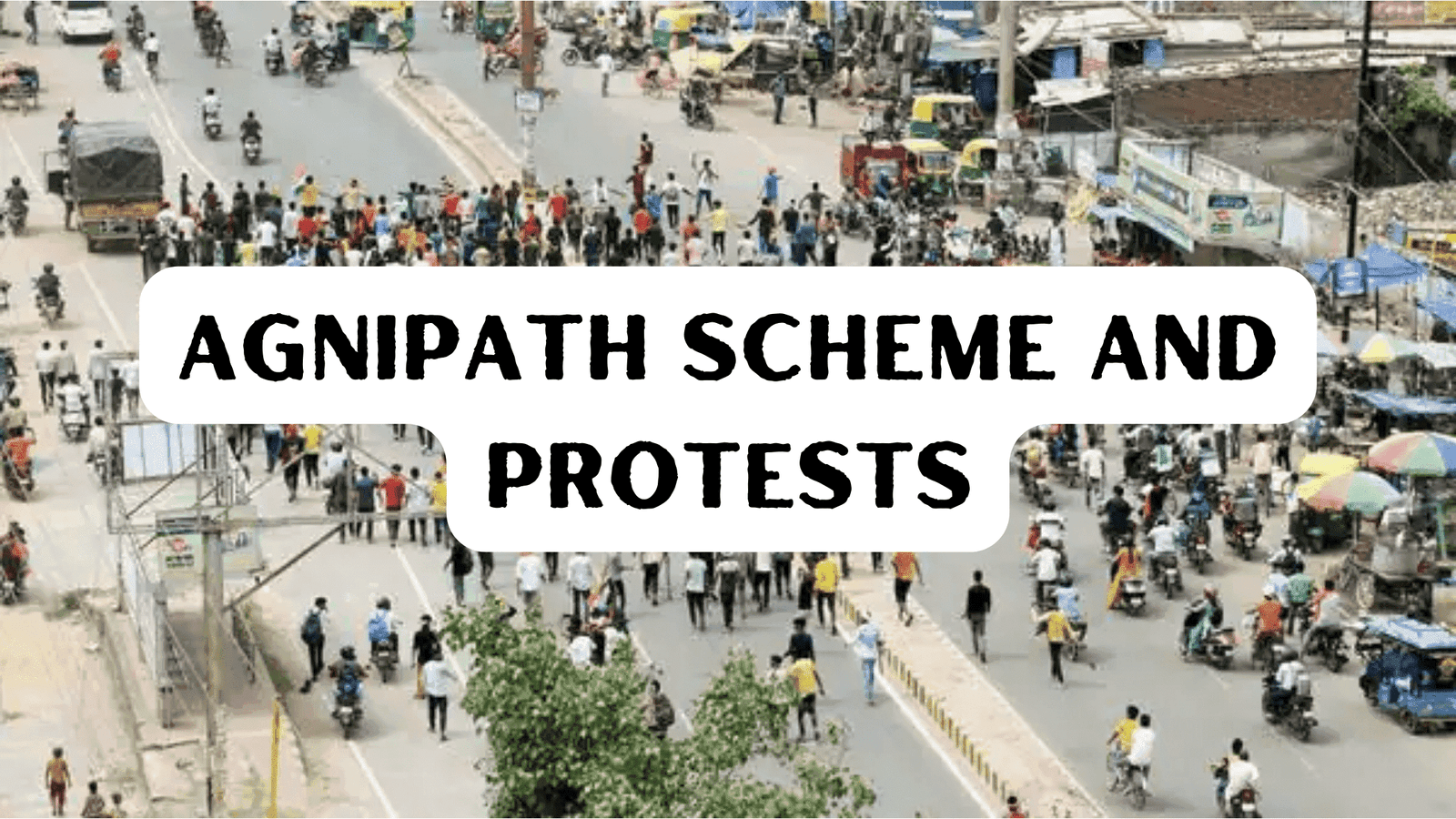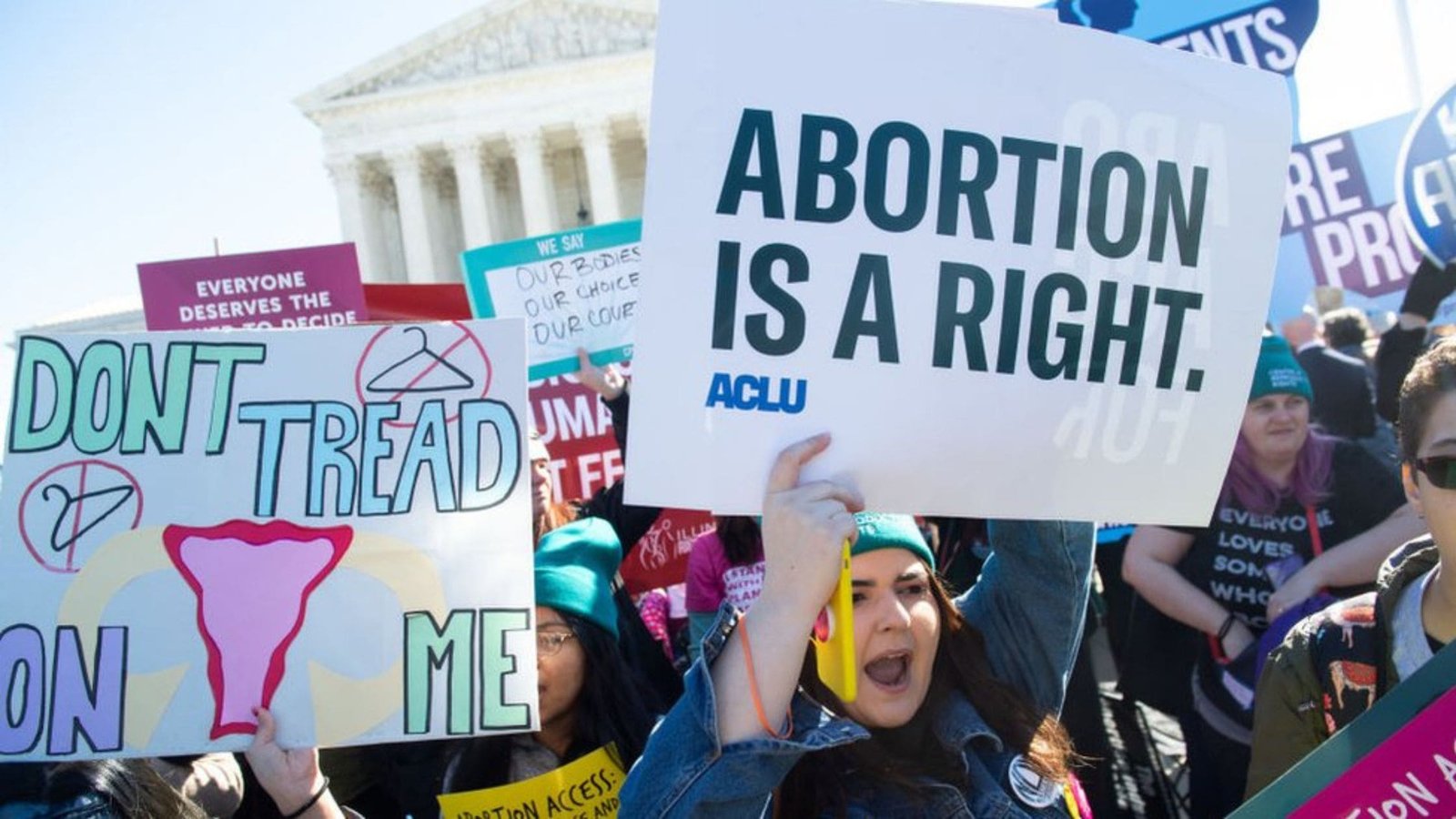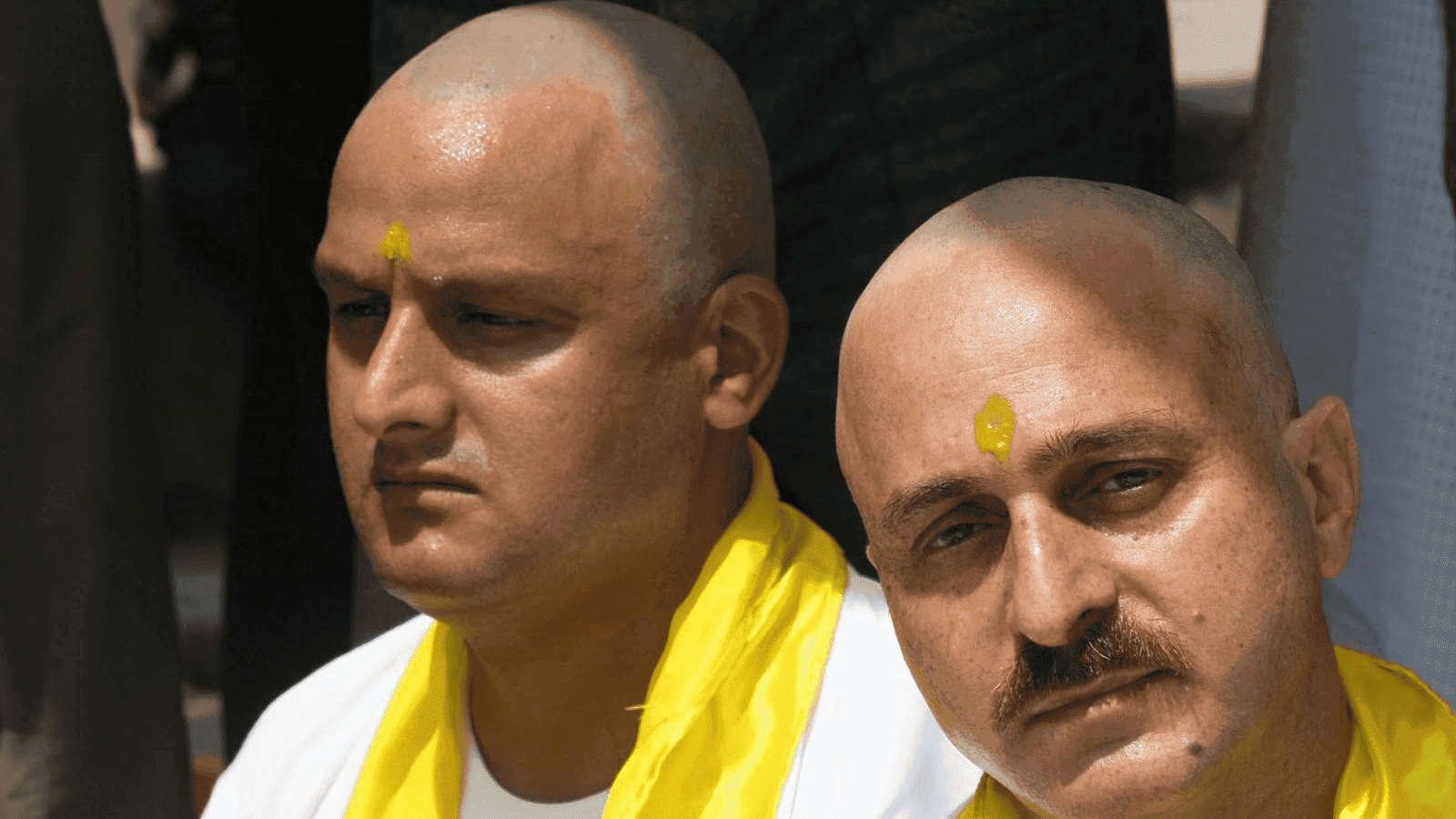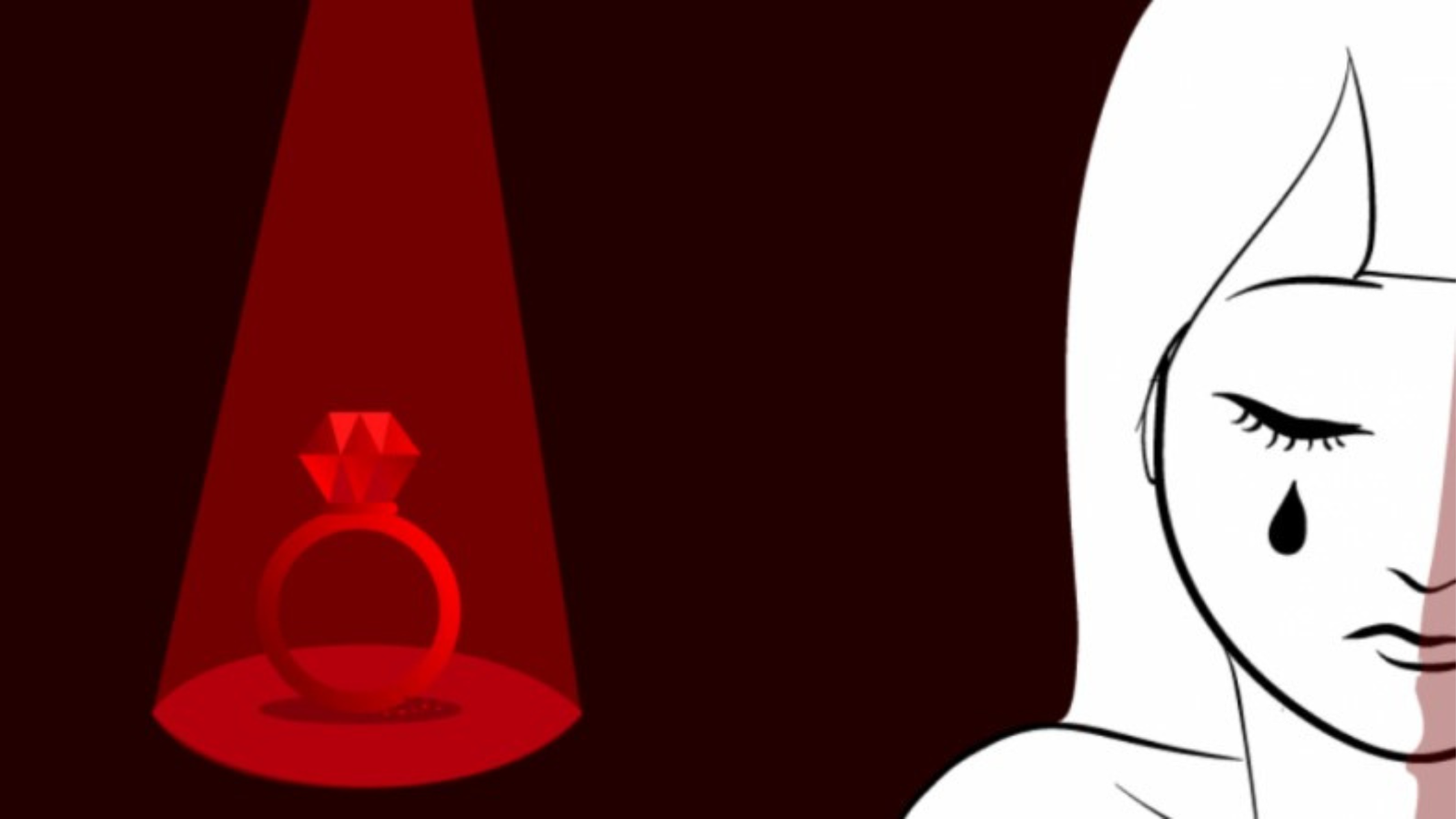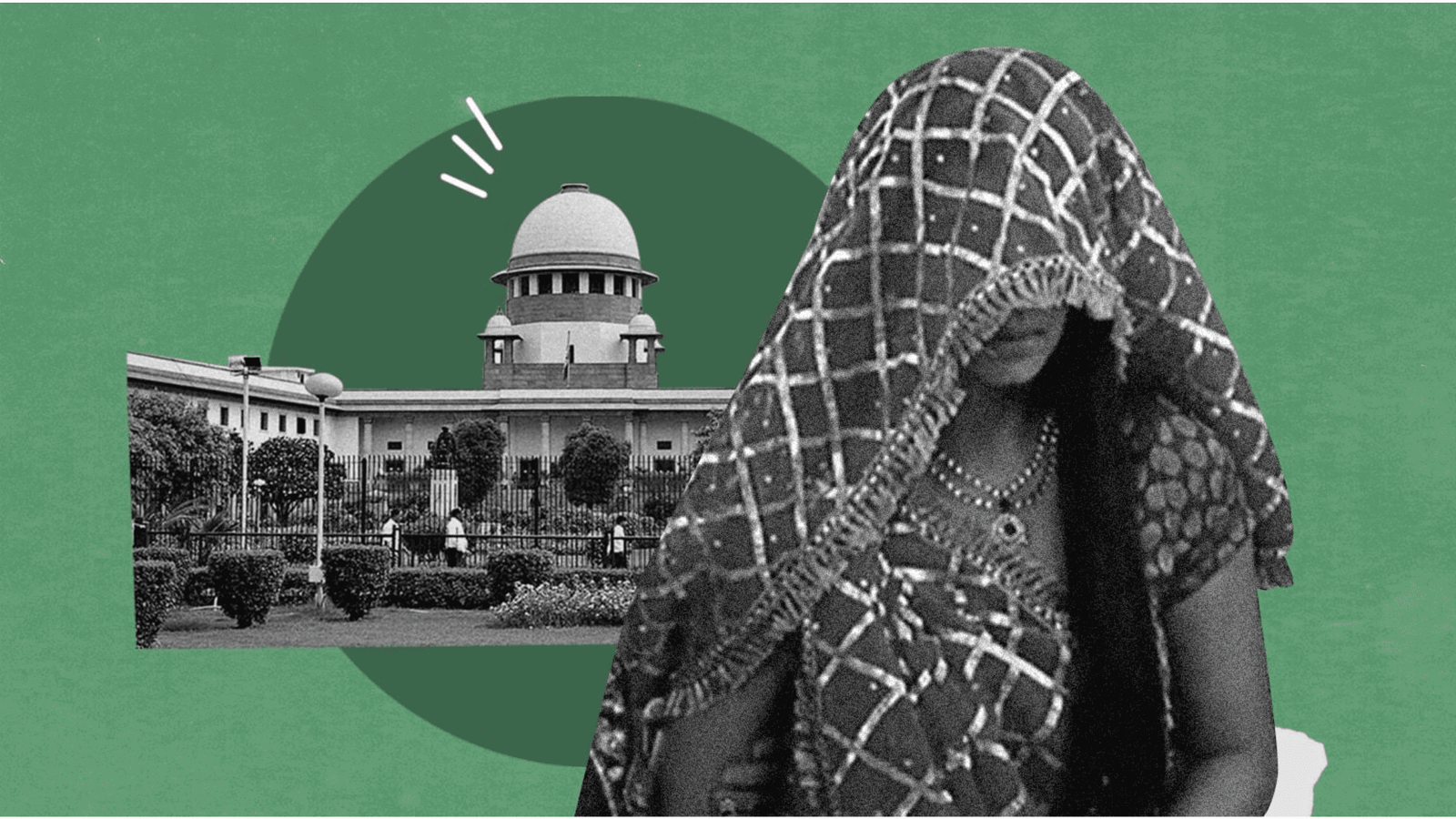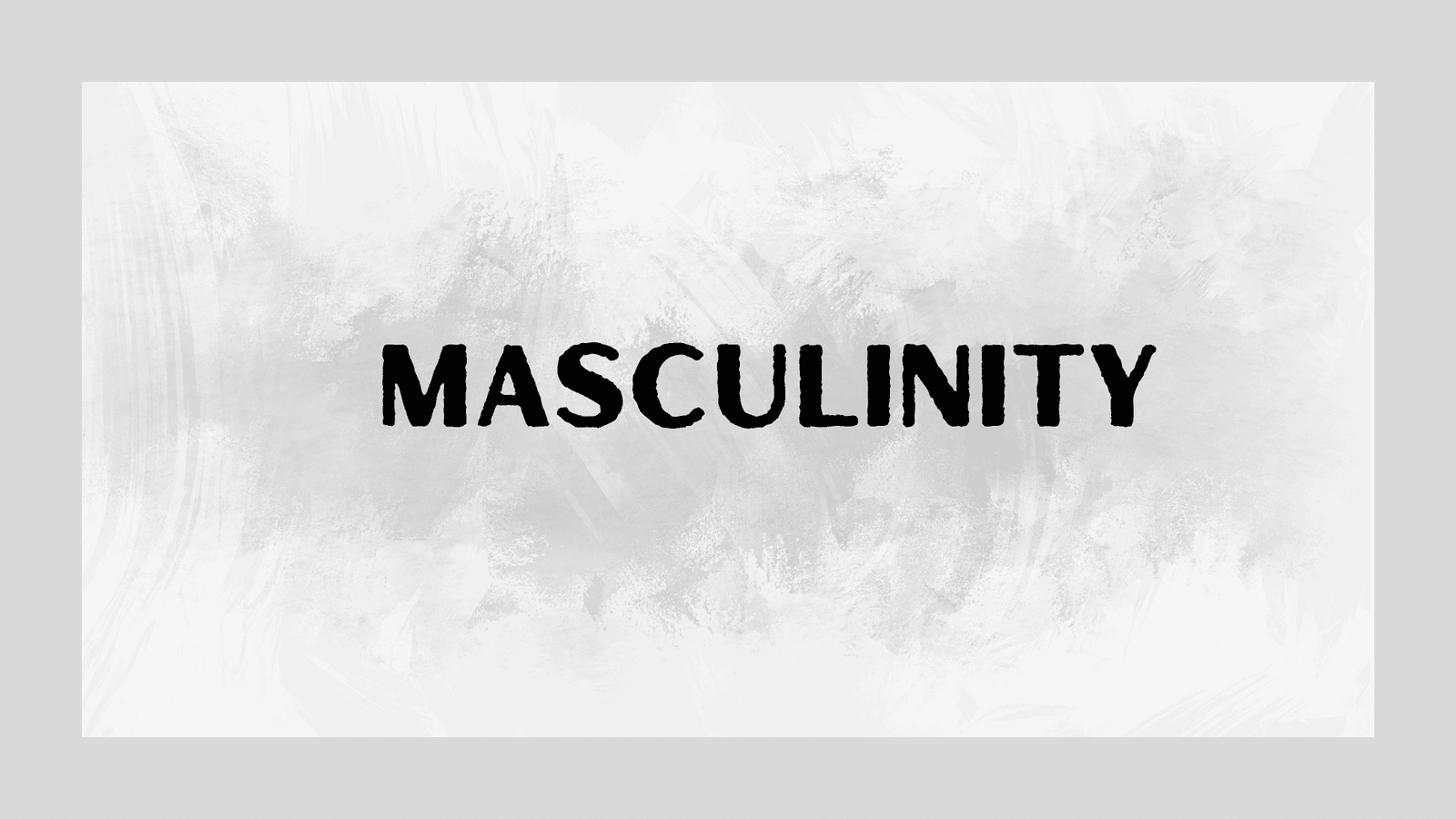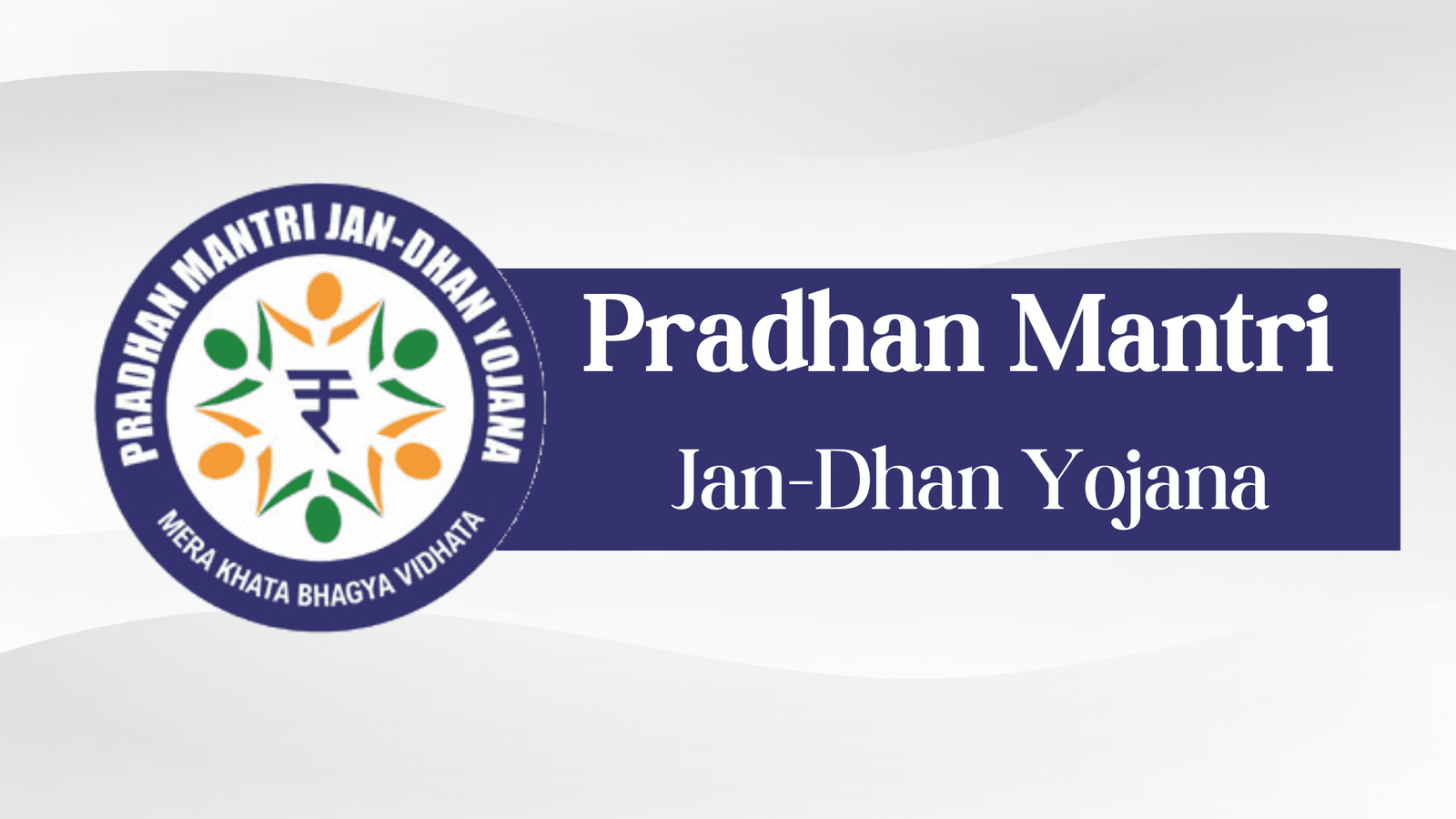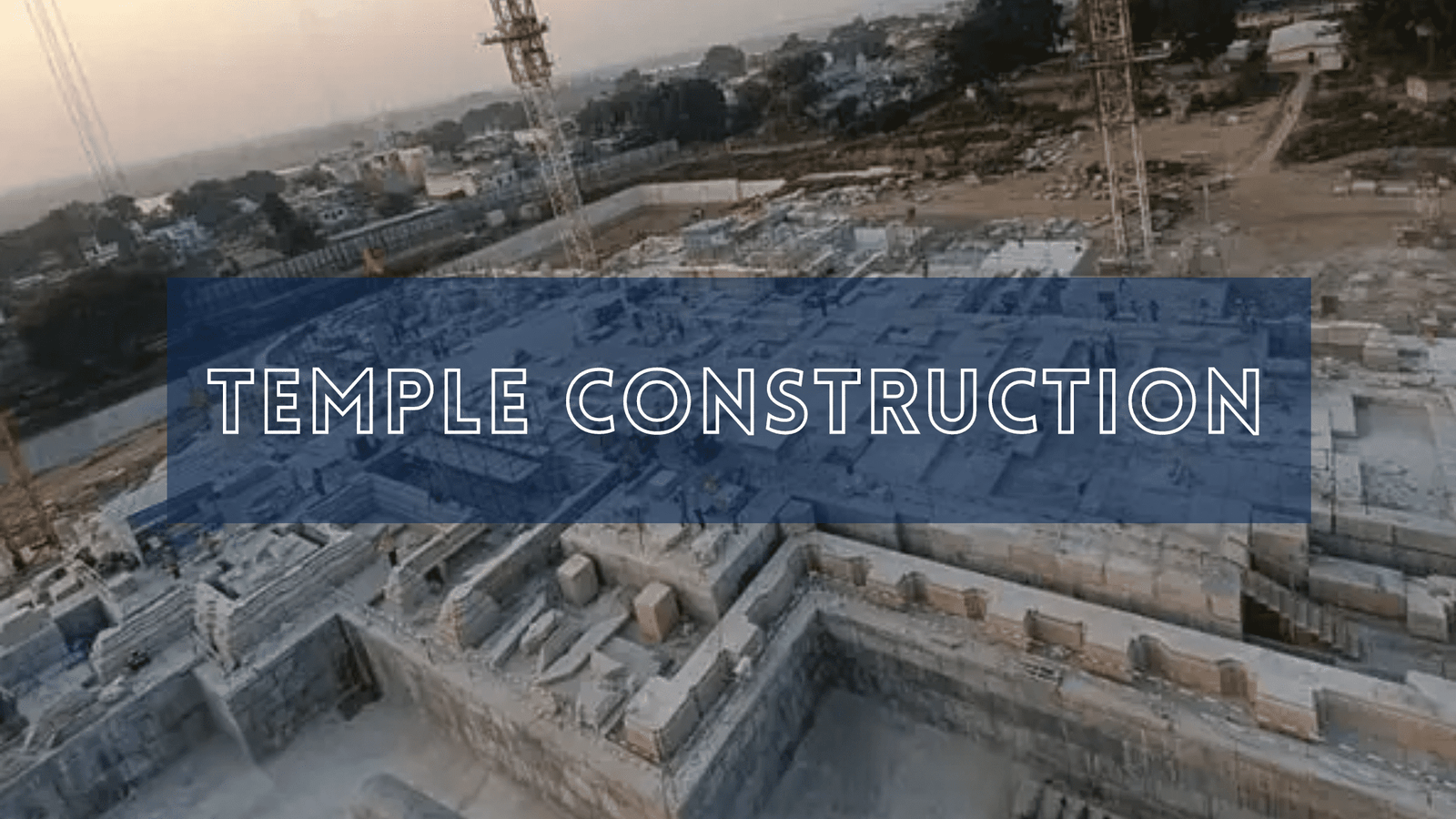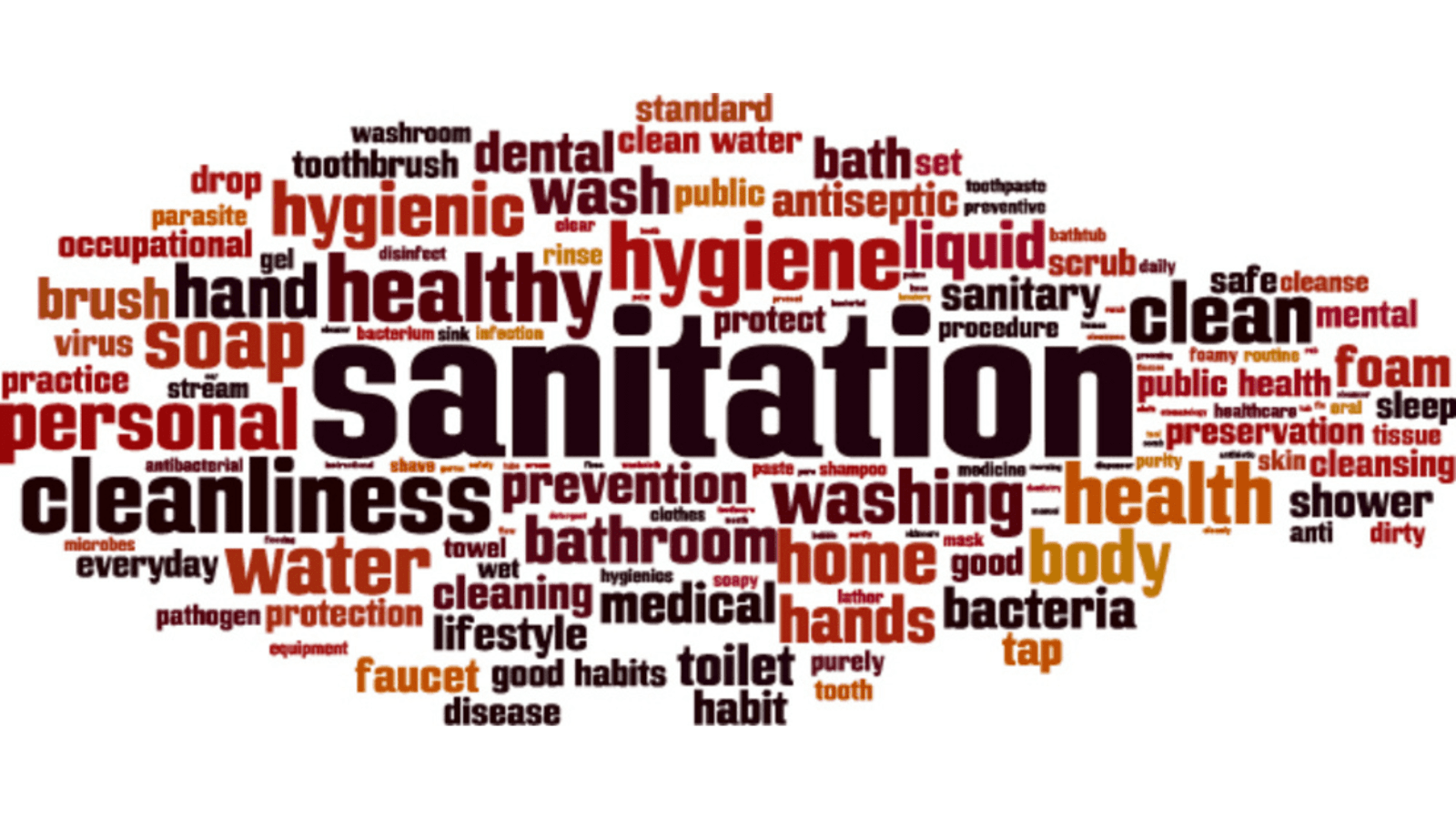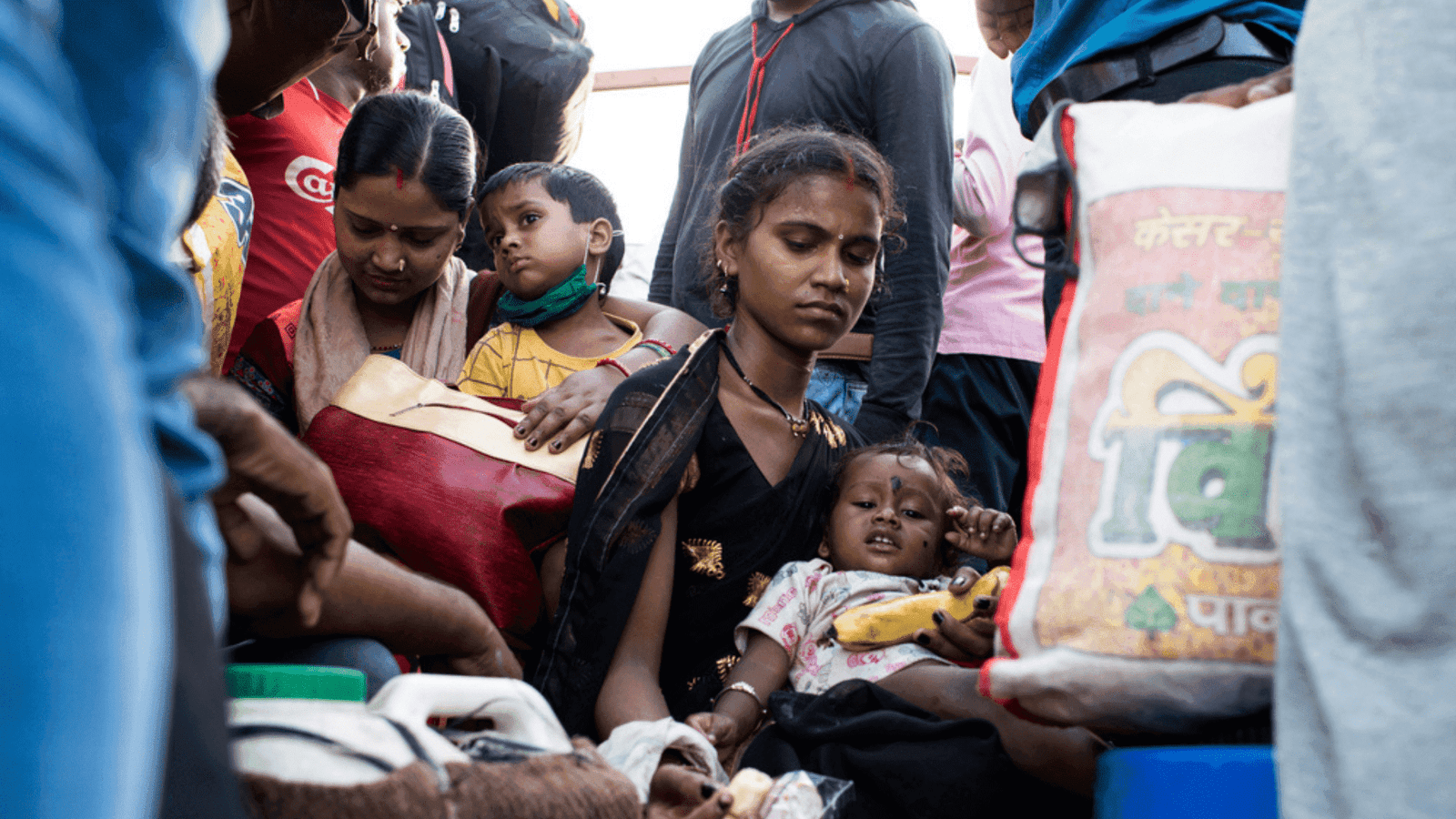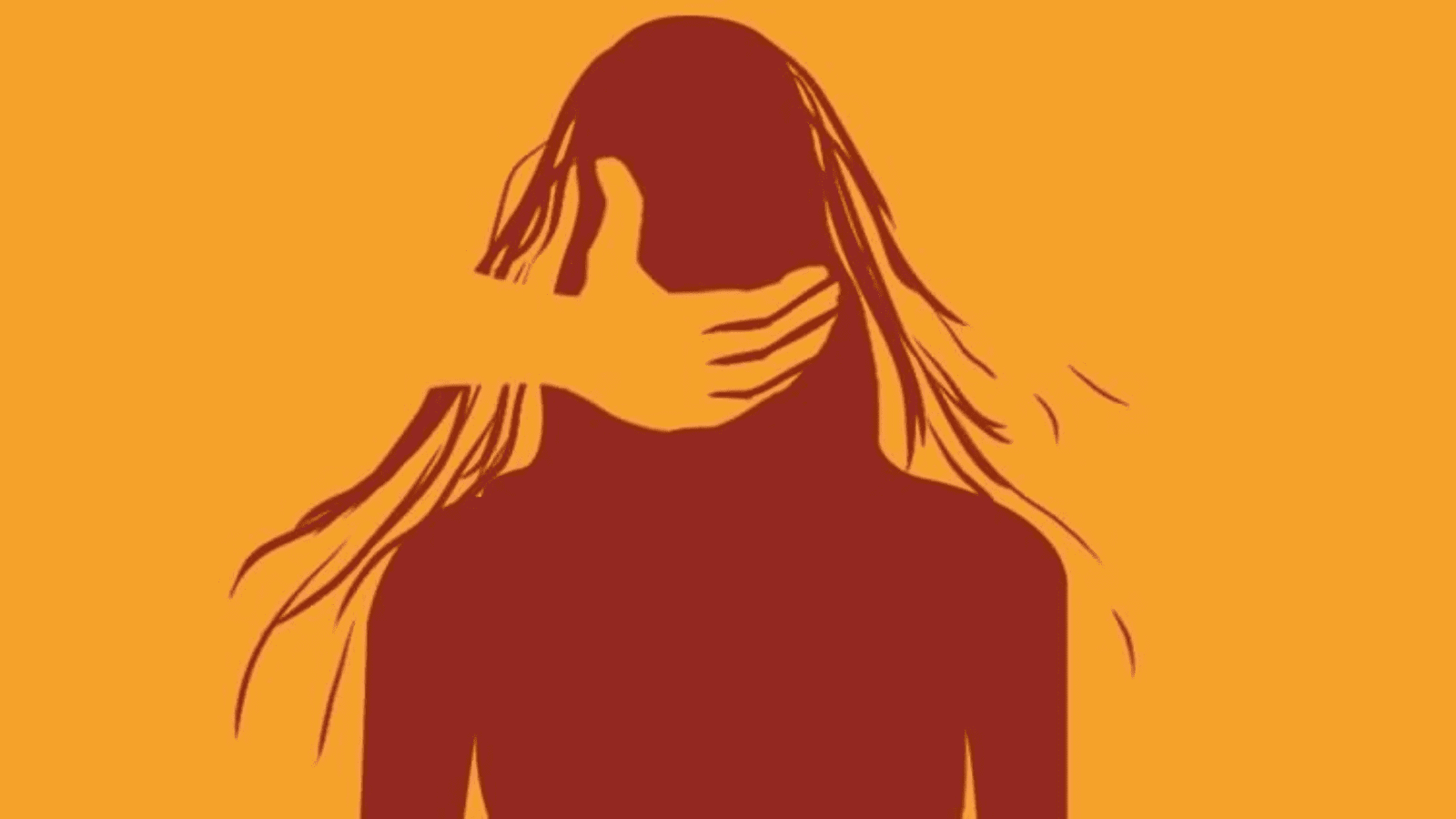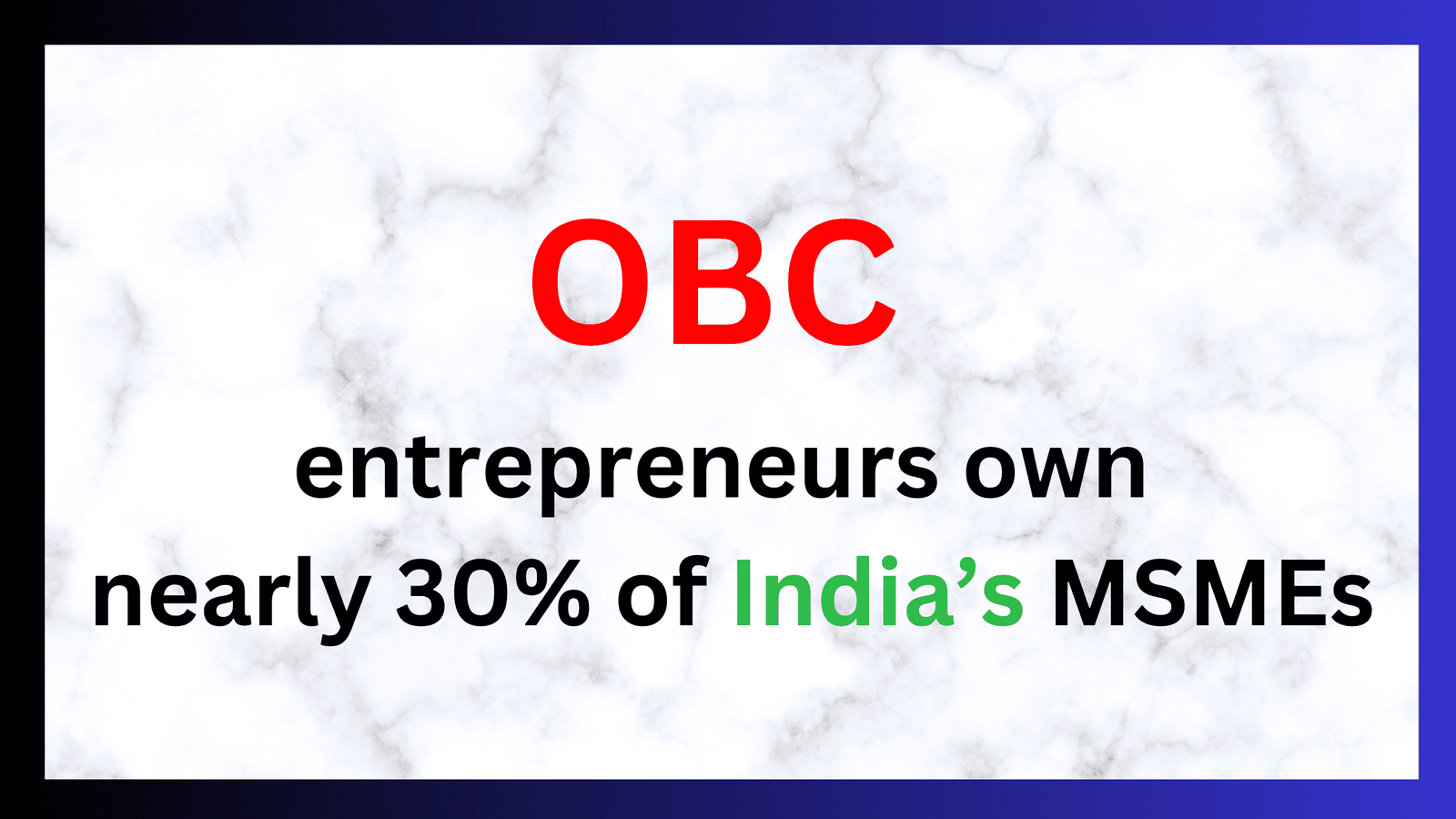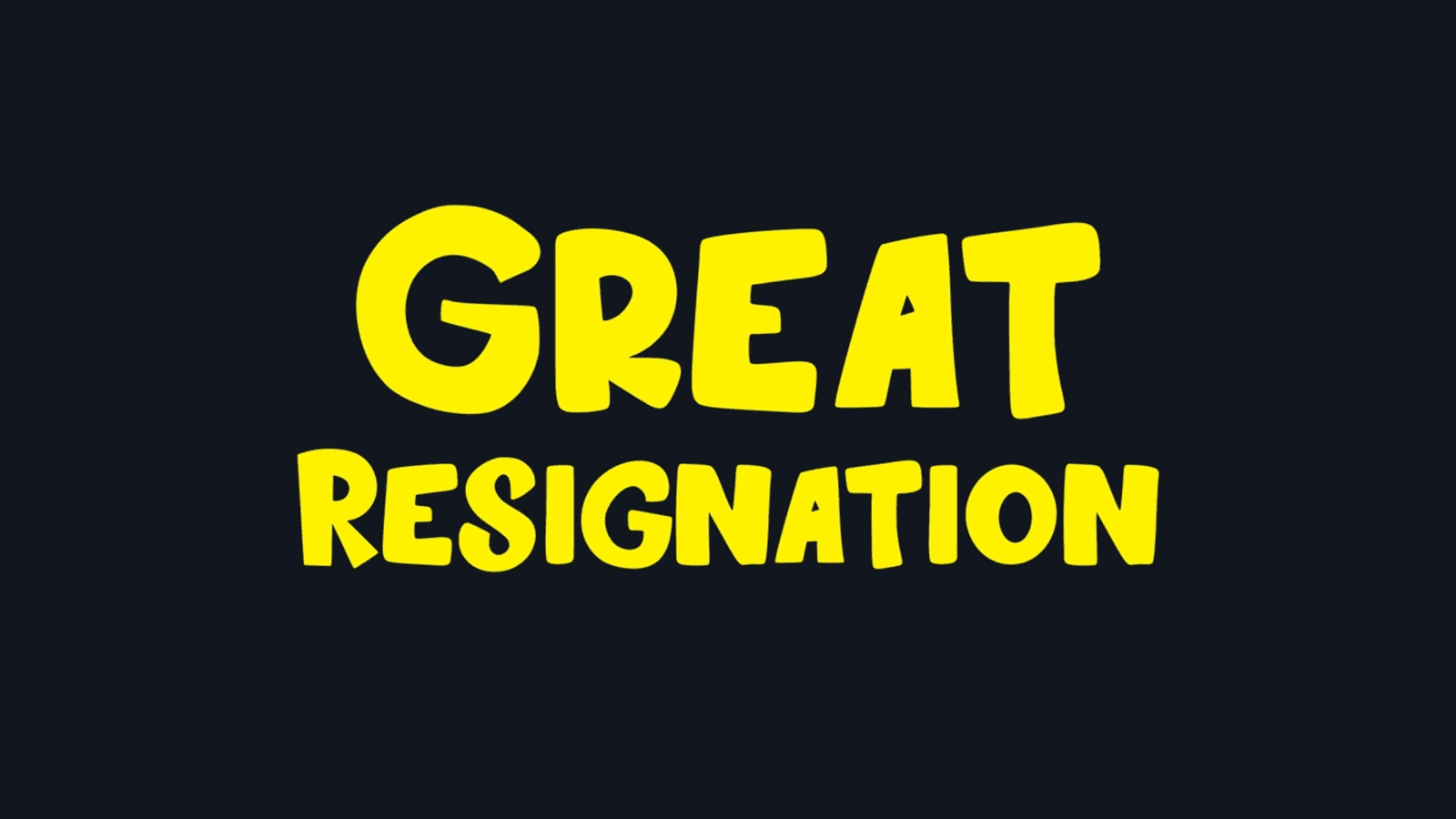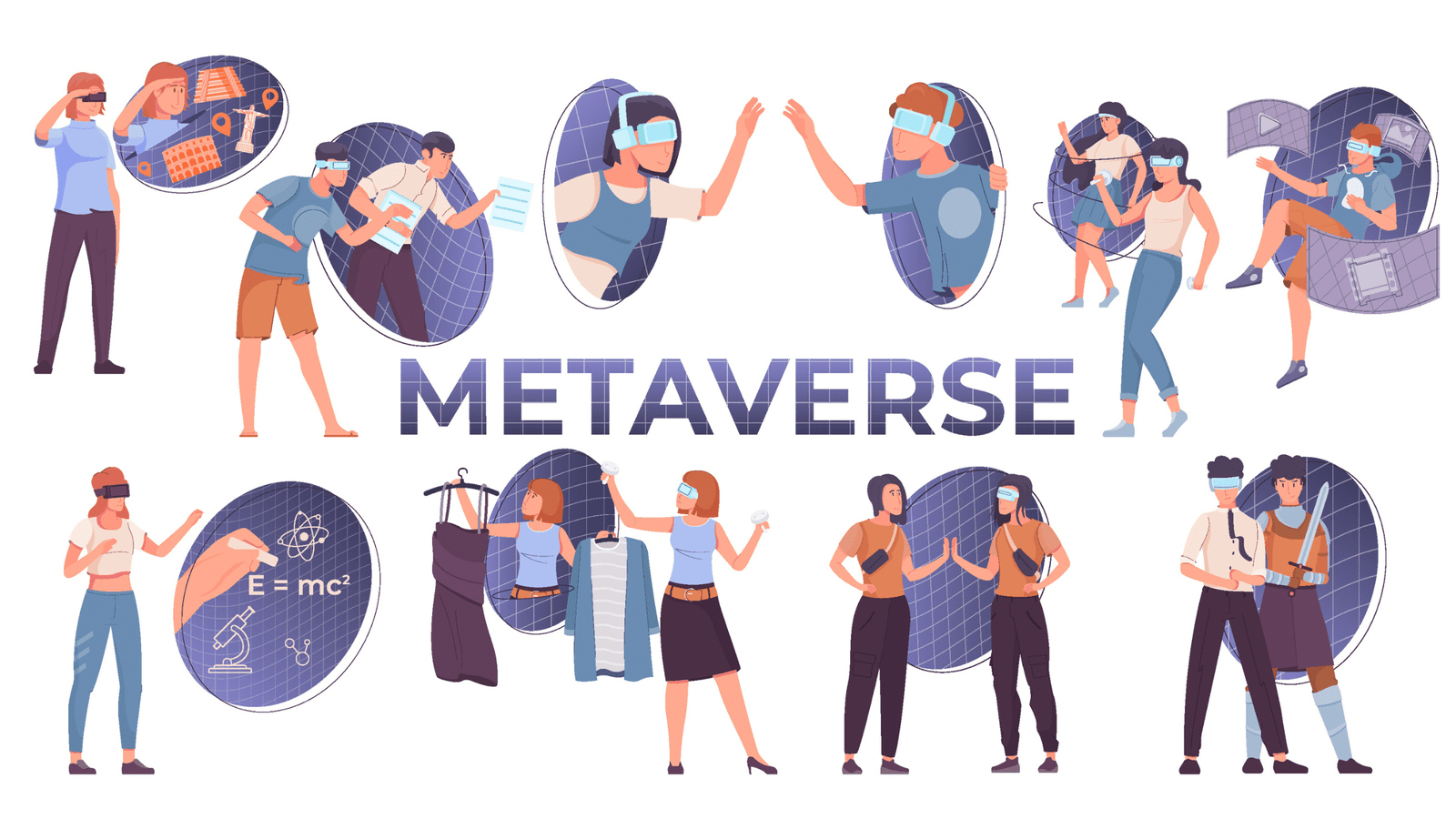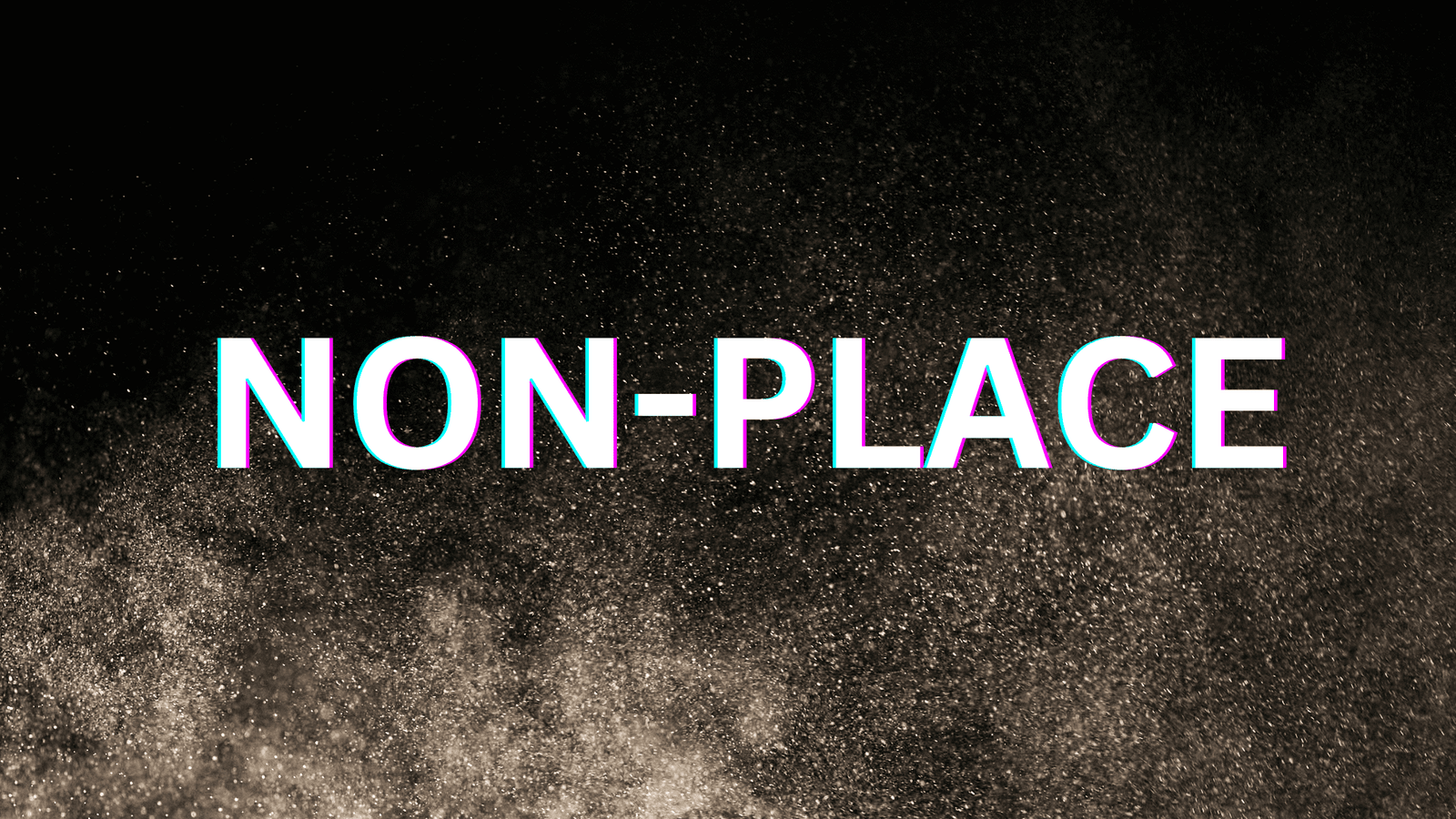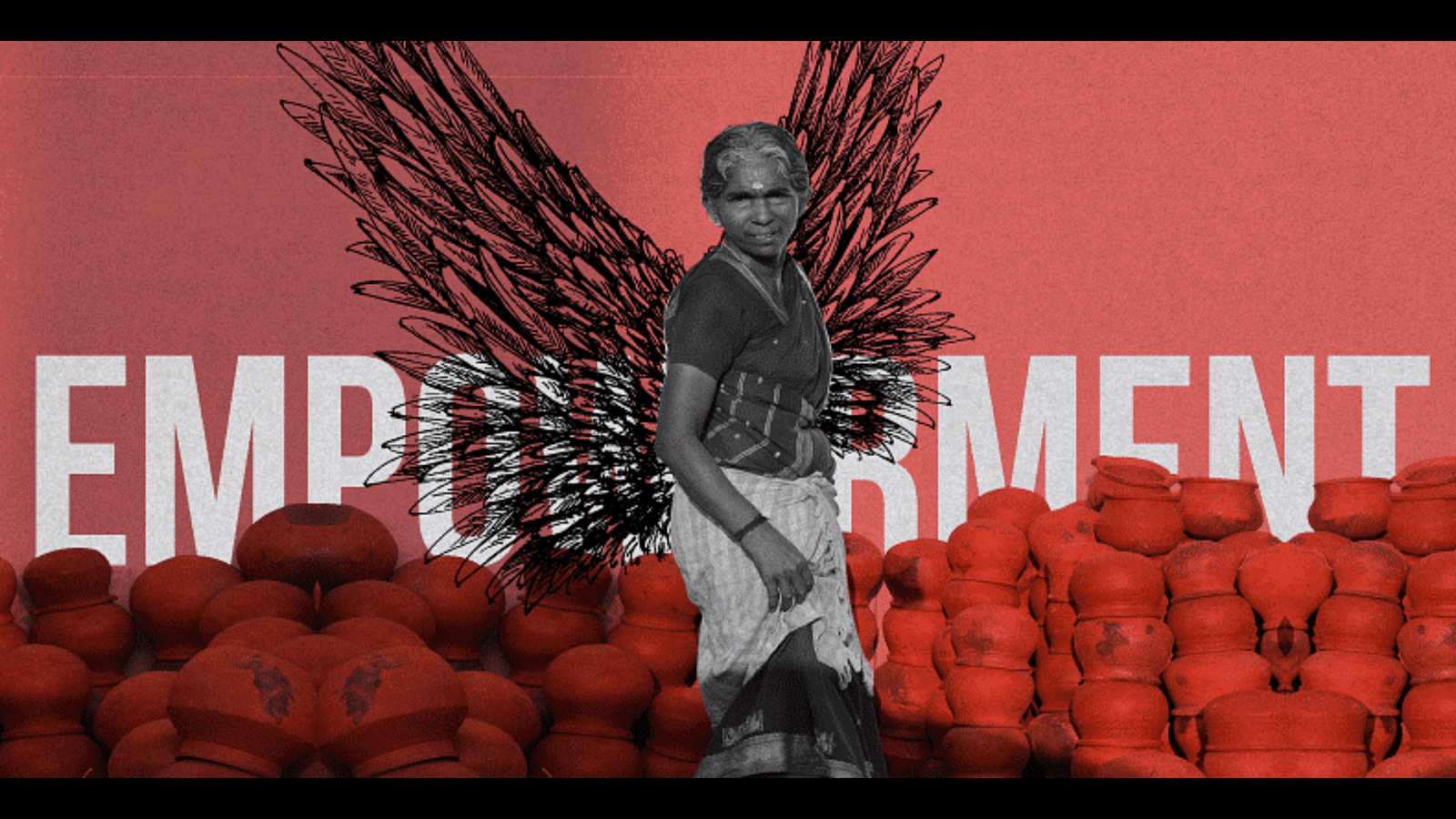
The News:
The report of the All India Survey of Higher Education (AISHE) 2021–22, made public on January 25, 2024, found that 4.33 crore students are currently enrolled in a higher educational institute — up from 4.14 crore in 2020-21, and 3.42 crore in 2014-15.
Key findings:
Female enrolment greater than male
- The number of women enrolled in higher educational institutes has steadily increased, the AISHE report showed.
- From 1.5 crore women enrolled in 2014-15, there has been a jump of 32% to 2.07 crore enrolled in 2021-22. In the last five years, the number of women enrolled increased by 18.7%, from 1.74 crore in 2017–18.
- The most astounding rise was seen at the PhD level. In 2021-22, the total PhD enrolment in the country is 2.12 lakh of which 98,636 are women. Eight years ago, only 47,717 women were enrolled in PhD programmes.
- The proportion of women enrolled in higher education, compared to men, has also gone up. Of the 91 lakh more students to have joined higher educational institutes in 2021-22 (when compared to 2014-15), 55% were women.
- The proportion of women is highest at the post graduate level, where 55.4% of students are female.
GER and Gender Parity
- Gross Enrollment Ratio indicates how many students are part of the higher education system in a given population. The estimated GER for the age group 18-23 years in India is 28.4, the AISHE 2021-22 report said (based on population data from the 2011 census).
- In terms of state-wise data, Chandigarh, at 64.8%, boasts the highest GER, followed by Puducherry at 61.5%, Delhi at 49%, and Tamil Nadu at 47%.
- Another indicator called the Gender Parity Index (GPI) shows the ratio of the female GER to male GER. A GPI of 1 indicates parity between the two genders; any number between 0 and 1 shows a disparity in favour of males, whereas a GPI greater than 1 indicates a disparity in favour of females.
- The survey observed that in 26 states and Union Territories, the GER is in favour of women. At the all-India level, GPI is 1.01, and for SC and ST categories, the GPI is 1.01 and 0.98 respectively.
Arts over the sciences in graduation, PG
- The survey showed that the Bachelor of Arts (BA) programme has the highest enrolment, with 1.13 crore students — 34.2% of total undergraduate enrolment across India. In all, 3.41 crore students are enrolled in UG programmes.
- Among disciplines at the undergraduate level, in 2021-22, the enrollment is highest in Arts (34.2%), followed by science (14.8%), commerce (13.3%) and engineering and technology (11.8%). BA(Hons) accounts for 20.4 lakh (6.2%), the survey shows.
- Similarly, the social science stream has also the highest number of postgraduate students enrolled at 10.8 lakh. The latest survey shows that the Master of Arts (MA) programme has the highest enrolment, with 20.9 lakh students, which is 40.7% of total postgraduate enrolment.
- At the PhD level, however, social sciences stood in the third spot after engineering and science. While 52,748 are pursuing a PhD in engineering, and 45,324 in science, 26,057 students are pursuing a PhD in the social sciences.
Primacy of government institutions
- Interestingly, 73.7% of all students attend government universities, which make up only 58.6% of all universities.
- In the government sector, state public universities have the largest share of enrolment, accounting for around 31% of the total enrolment for universities. In actual numbers, government-owned universities have an enrolment of 71.06 lakh, whereas enrolment in privately managed universities is 25.32 lakh.
- Even though there are more private universities, students prefer government educational institutions.
Demographics of students graduating
- During the 2021–22 academic year, 1.07 crore students were estimated to have graduated from undergraduate, graduate, doctorate, master’s, and other diploma/certificate programmes. Among these 1.07 crore students, 54.6 lakh or roughly 50.8% are women.
- Category-wise, in 2021-22, around 35% of the students belong to Other Backward Classes (OBC), 13% are from Scheduled Caste (SC) community and 5.7% of the graduates are from Scheduled Tribe (ST) community.
- The graduation rate in arts and social sciences streams is higher than others. At the UG level, BA degree has been awarded to 24.16 lakh — the highest among all programmes. Even at the PG level, the number of MA graduates is maximum with 7.02 lakh degrees awarded in 2021-22.
- At the PhD level, the highest graduates are in the science stream with 7,408 followed by engineering and technology at 6,270 graduating students.
Sociological analysis on higher education:
- Krishna Kumar is critical of the traditional curriculum in Indian higher education, which he believes often fails to address contemporary societal needs. He advocates for curriculum reforms that make education more relevant to students' real-life experiences and future careers. He thus emphasizes the need for innovative pedagogical methods that move beyond rote learning.
- Satish Deshpande supports affirmative action policies, such as reservations for Scheduled Castes, Scheduled Tribes, and Other Backward Classes. He argues that these policies are essential for addressing historical injustices and promoting social mobility. However, he also acknowledges the challenges and criticisms of reservation policies, including issues of implementation and the potential for tokenism.
- T K Oommen emphasizes that the Indian higher education system is deeply entrenched in structural inequalities related to caste, class, and gender. He highlights that these inequalities often result in differential access to educational opportunities.
- Andre Beteille critiques the varying standards of educational institutions in India. He notes that while a few institutions maintain high standards, many suffer from poor infrastructure, lack of qualified faculty, and inadequate resources.
- Yogendra Yadav highlights the need for a stronger focus on research and innovation within higher education institutions. Yadav argues that fostering a research-oriented culture is essential for the advancement of knowledge and societal development.

